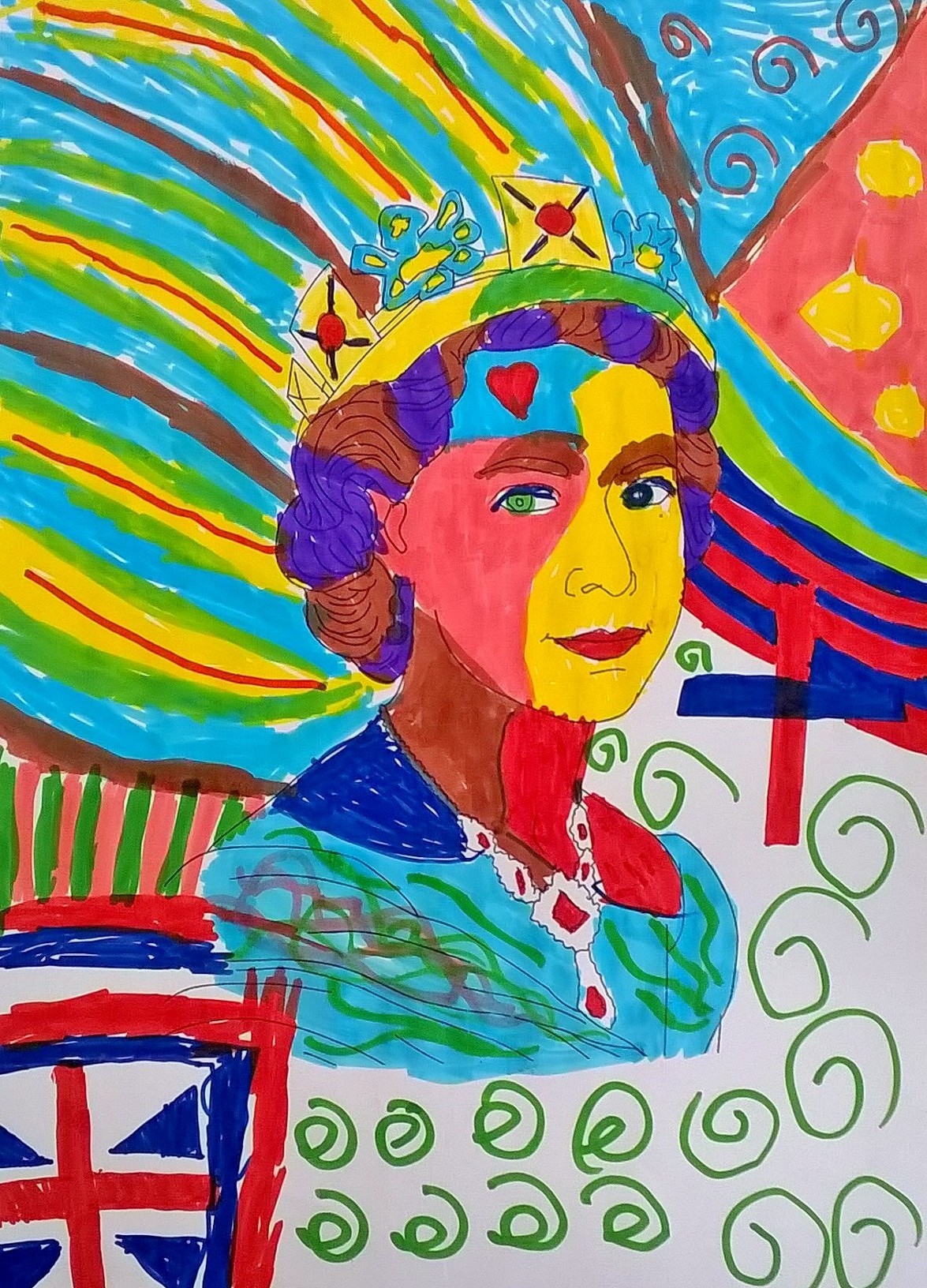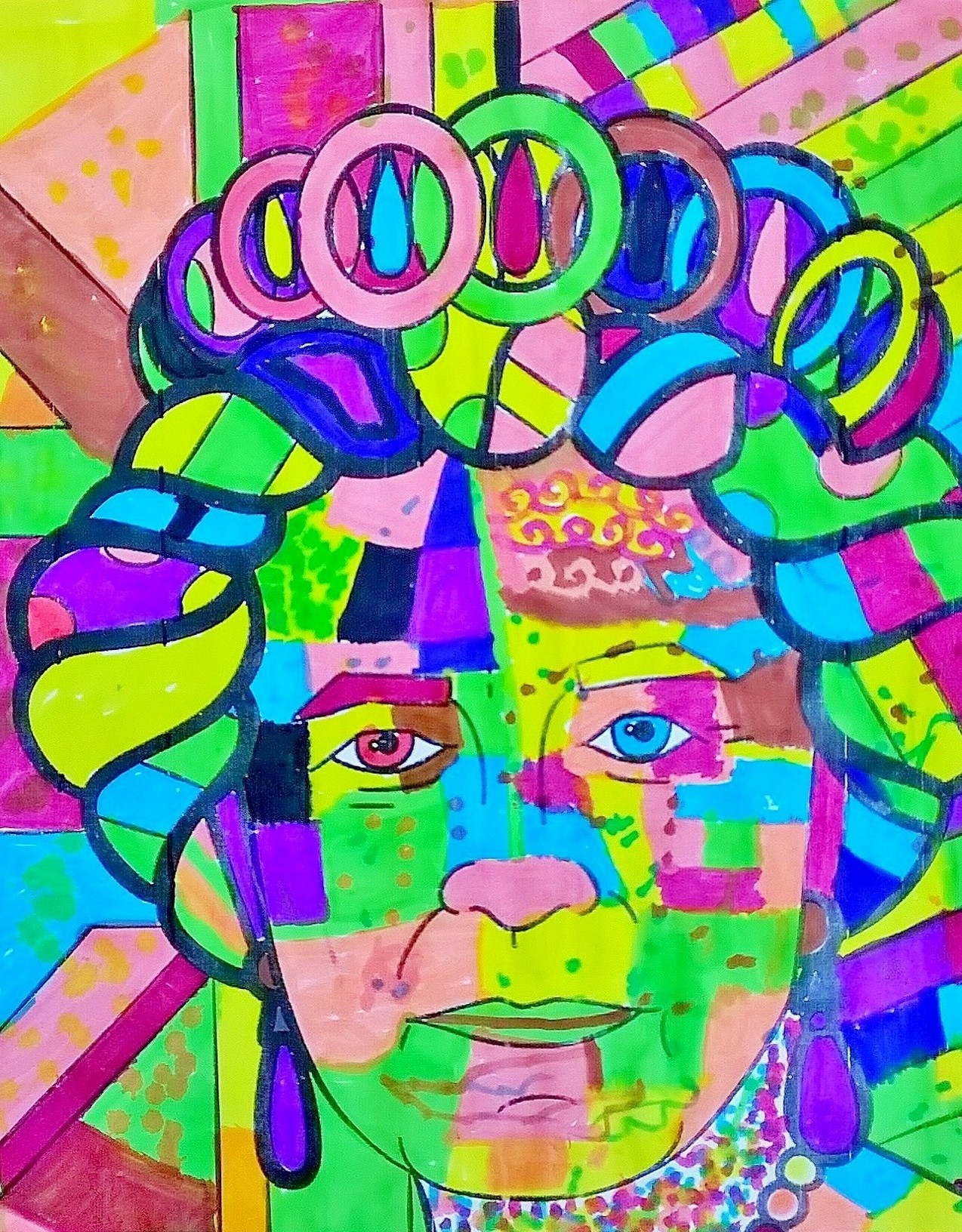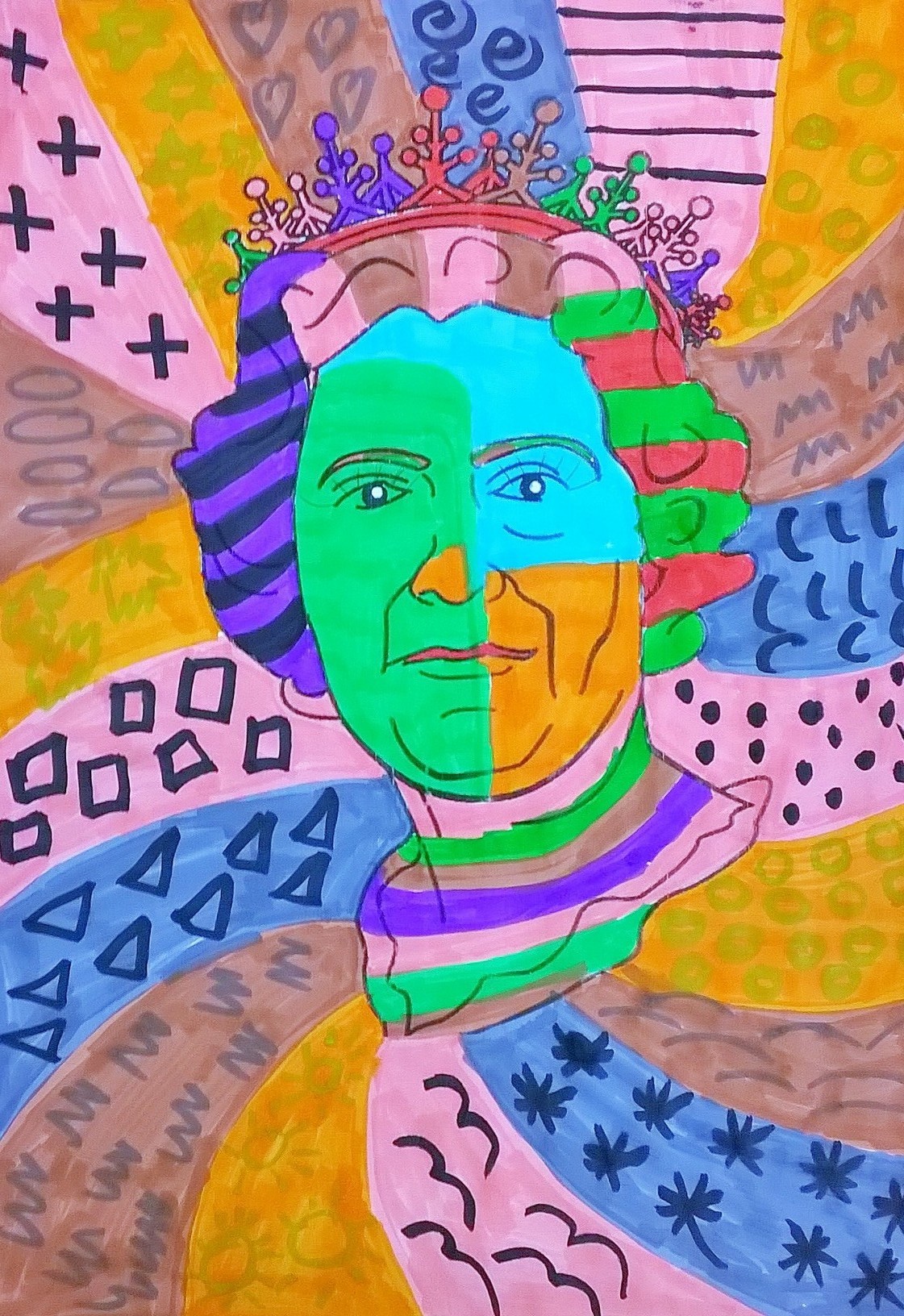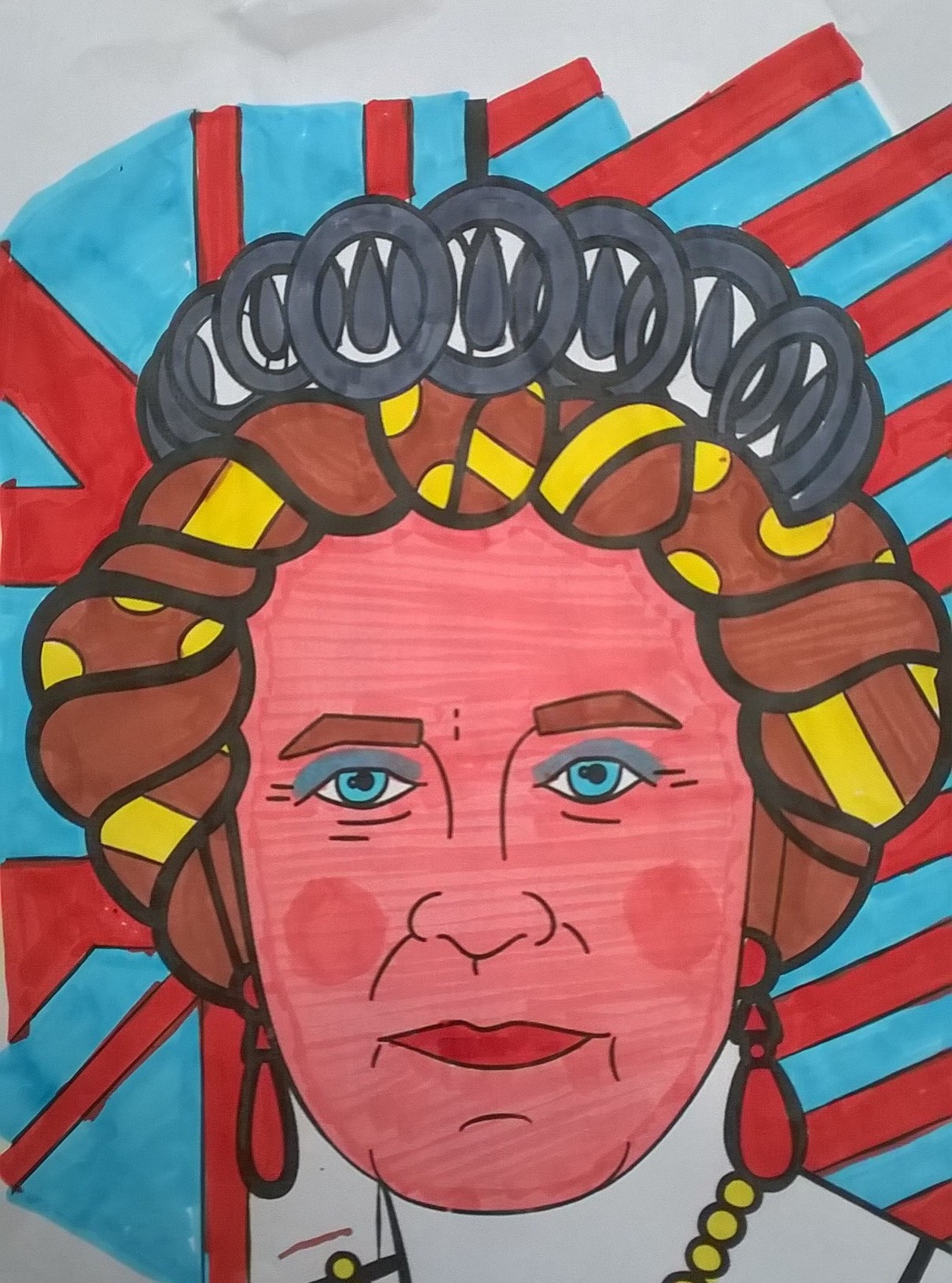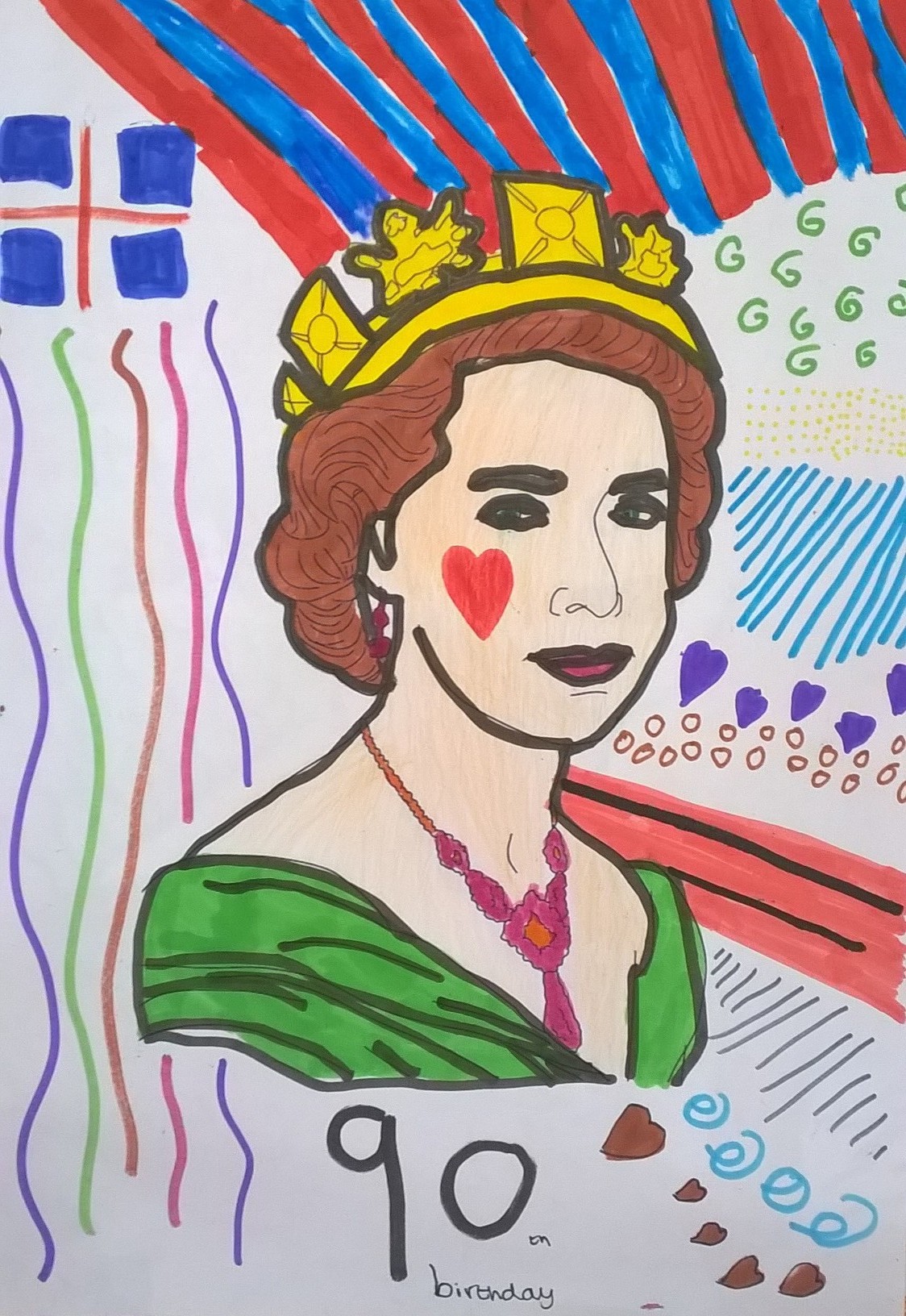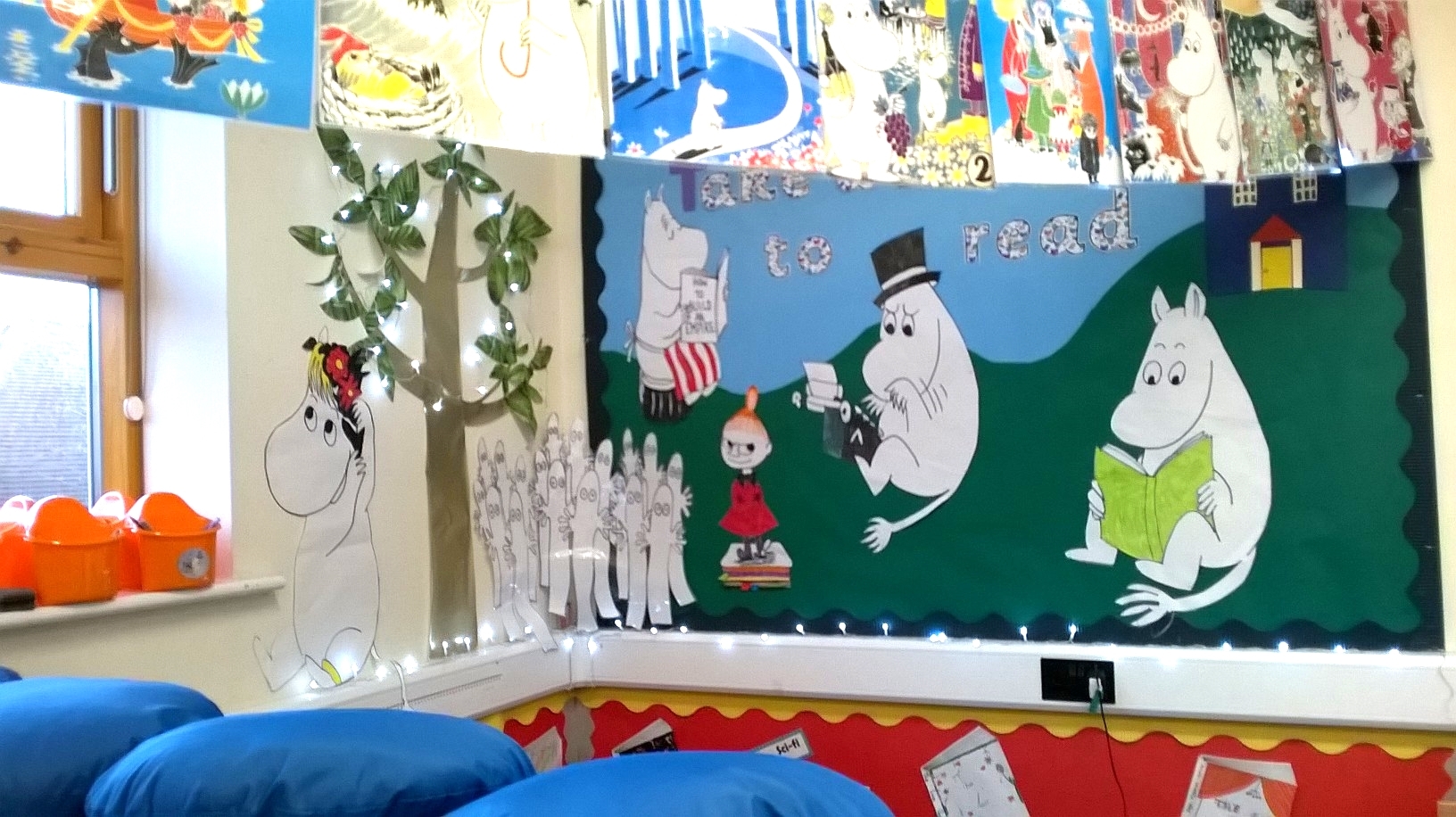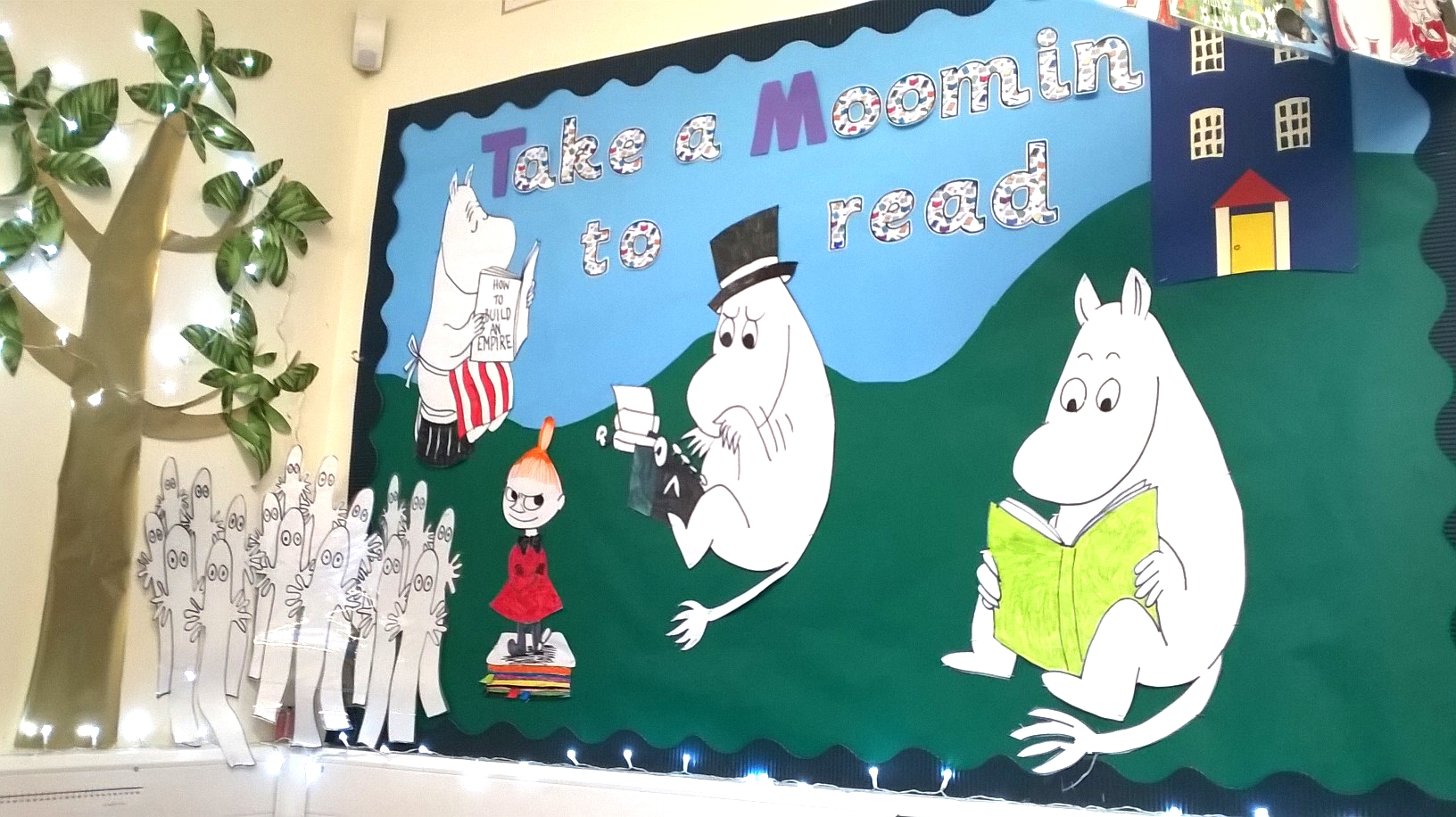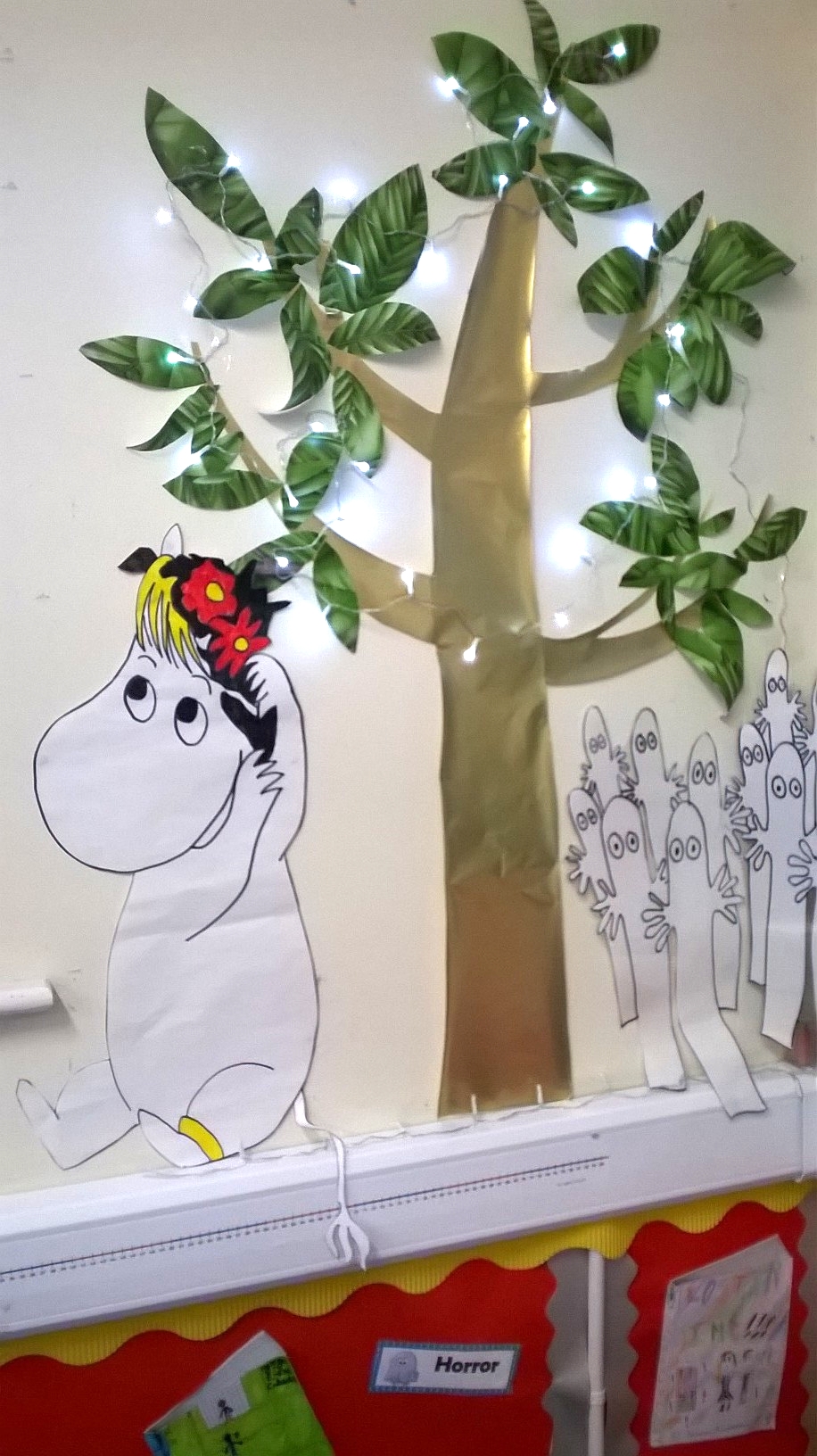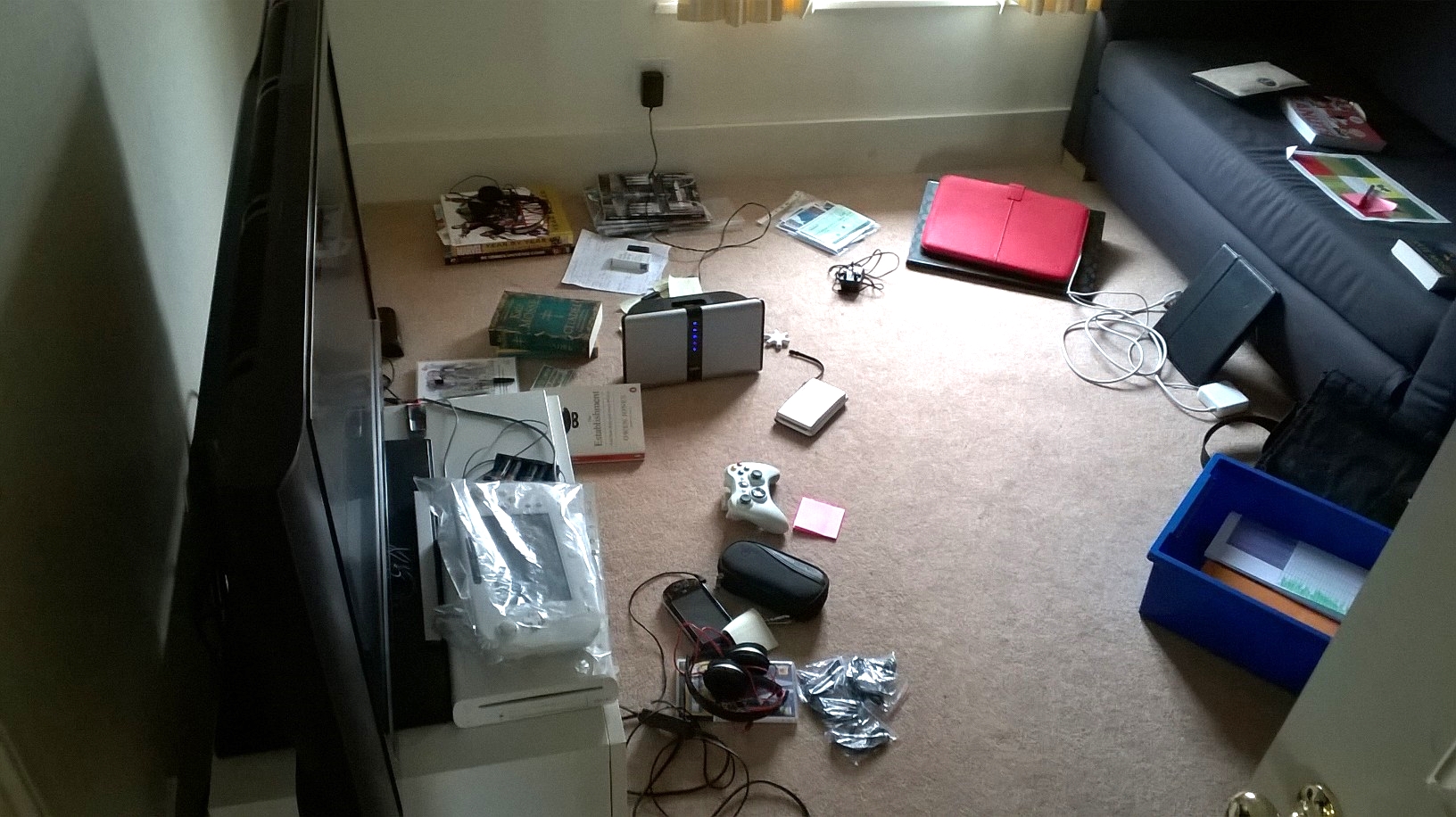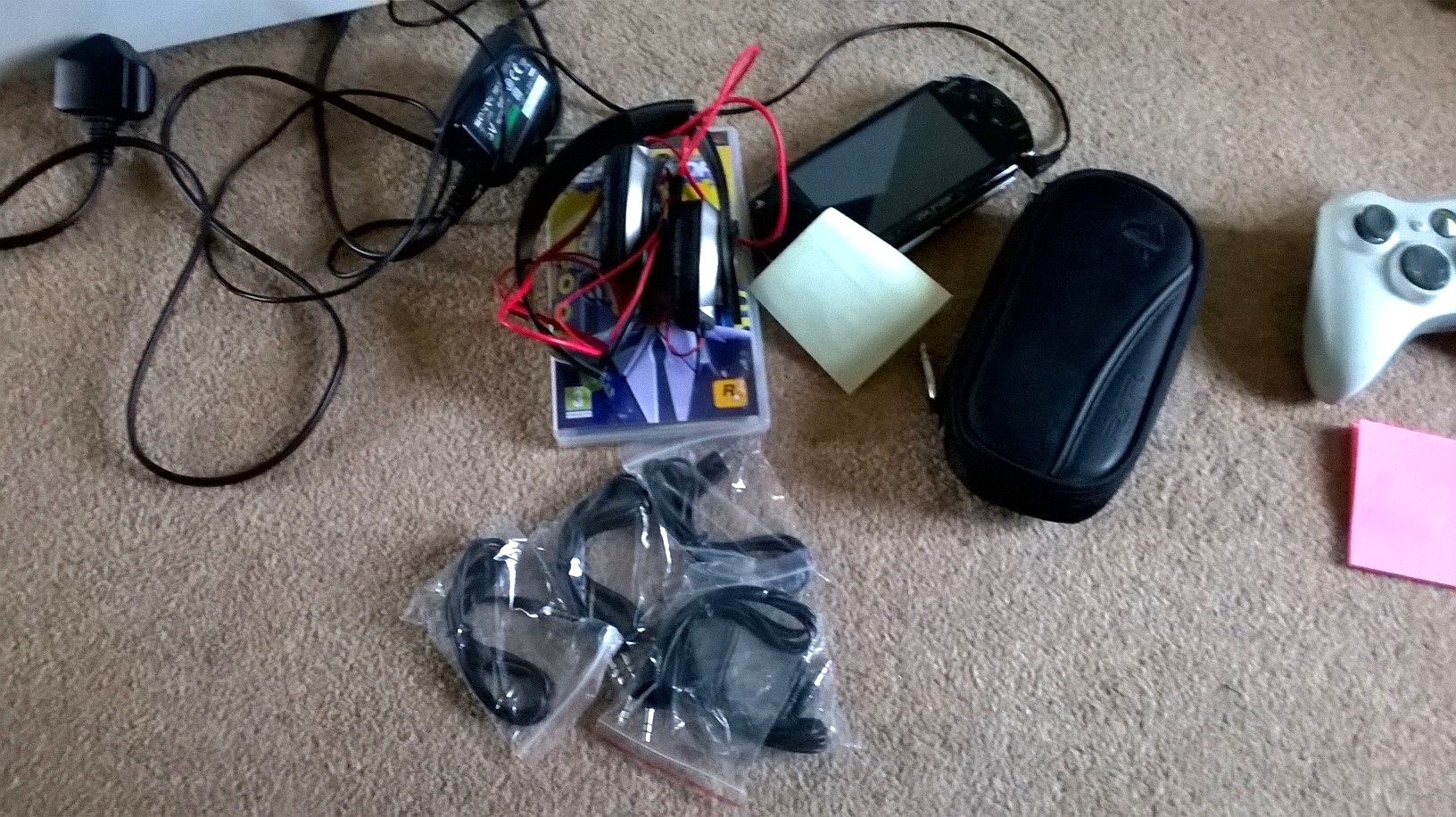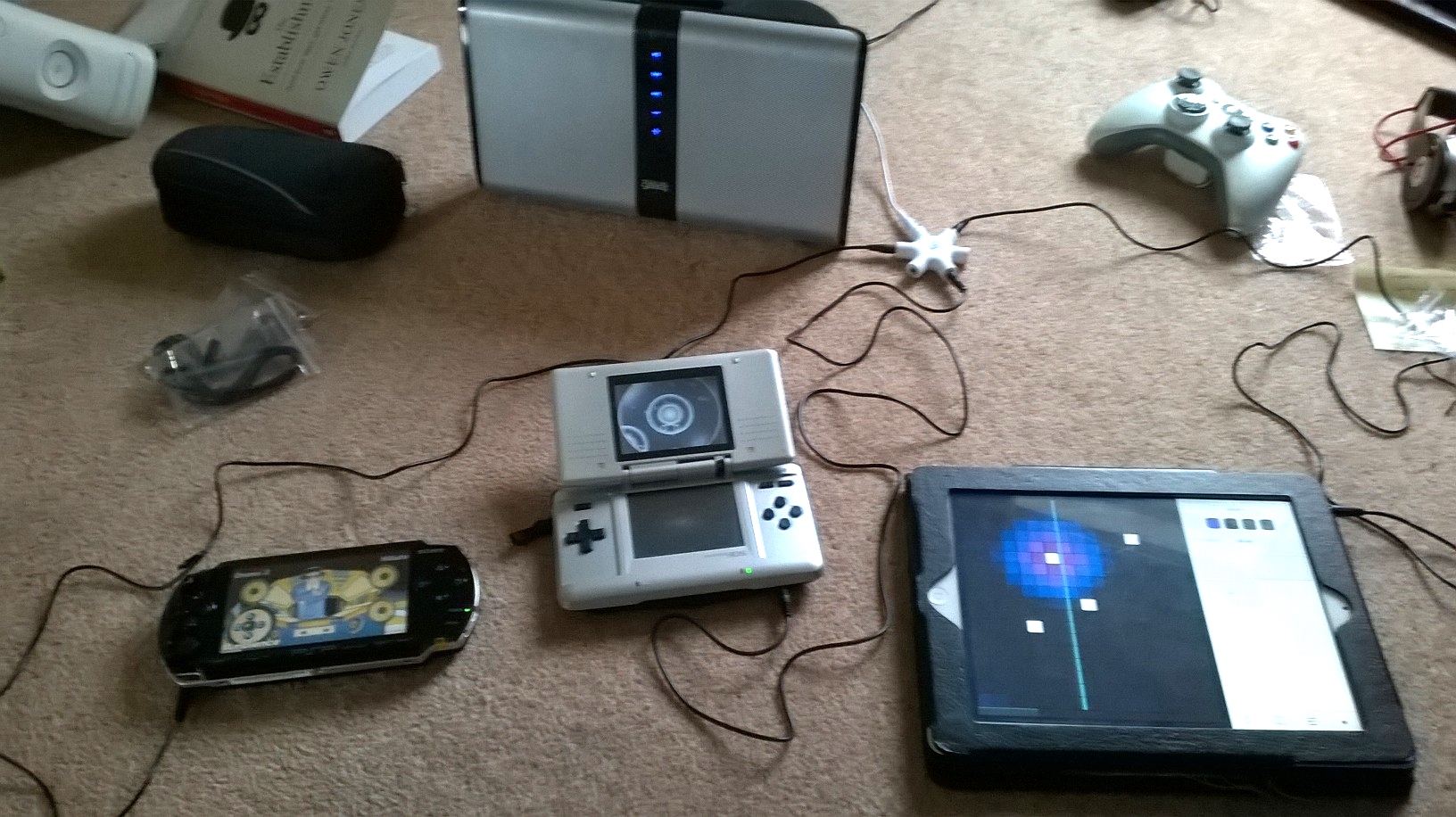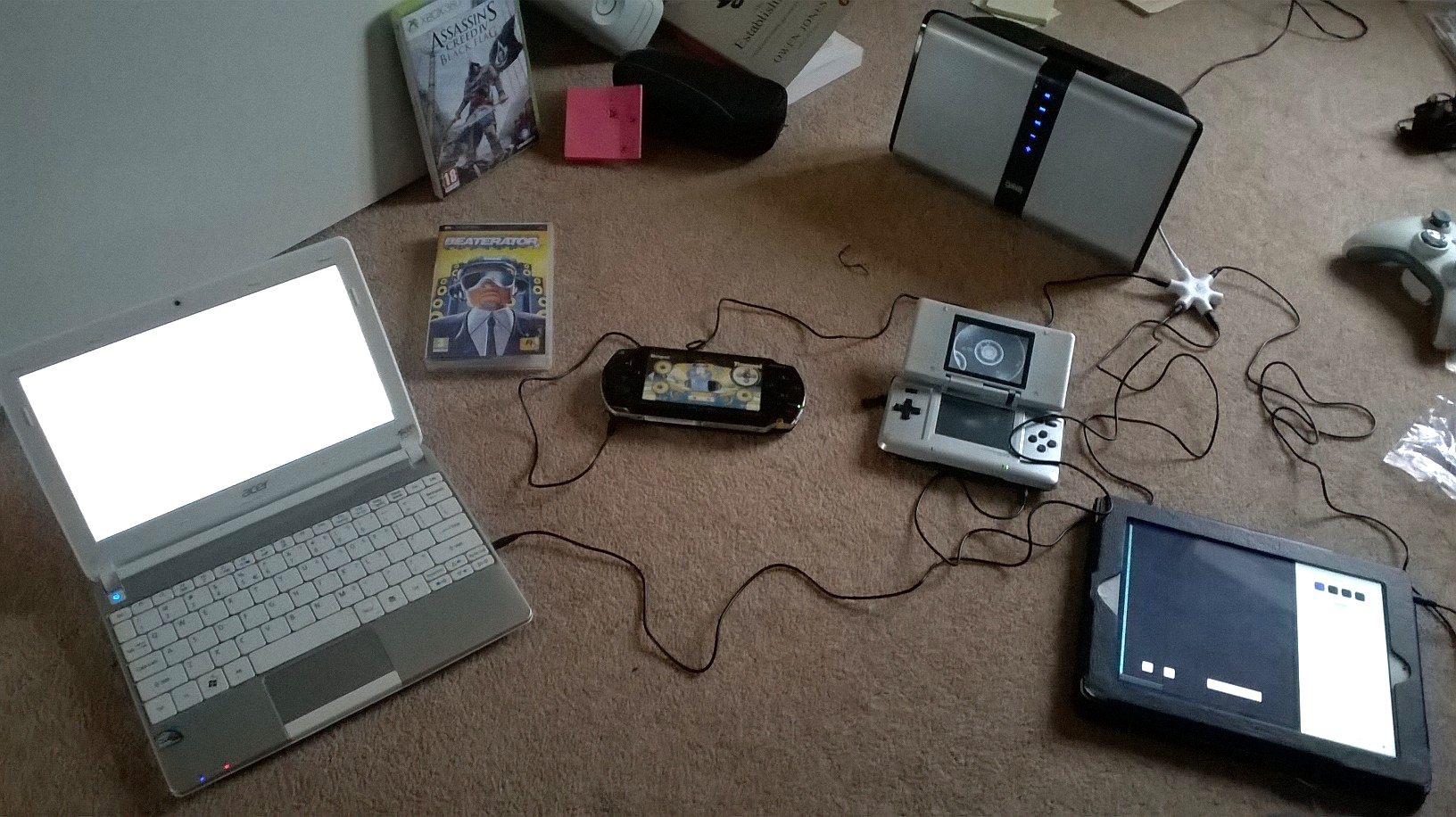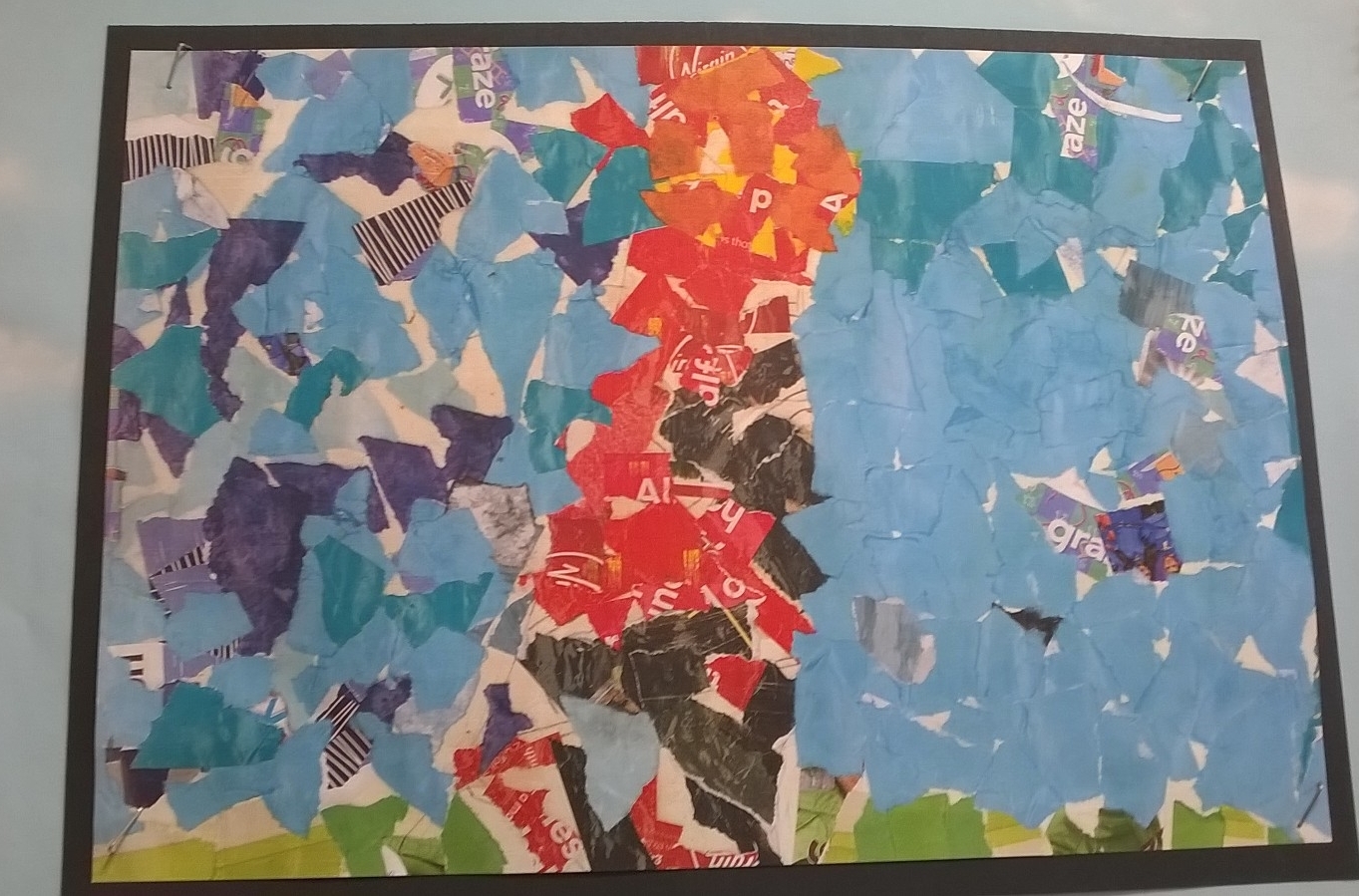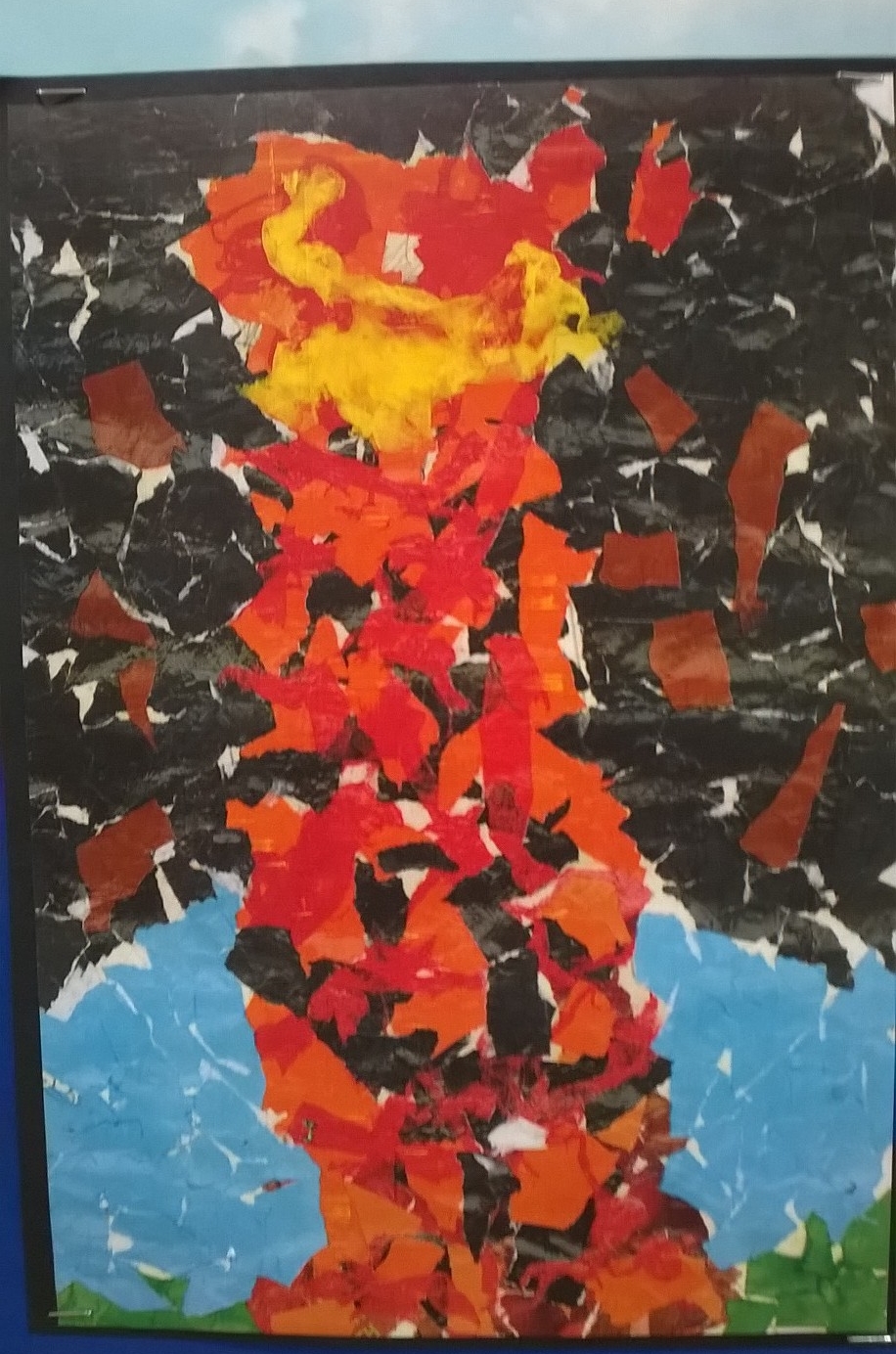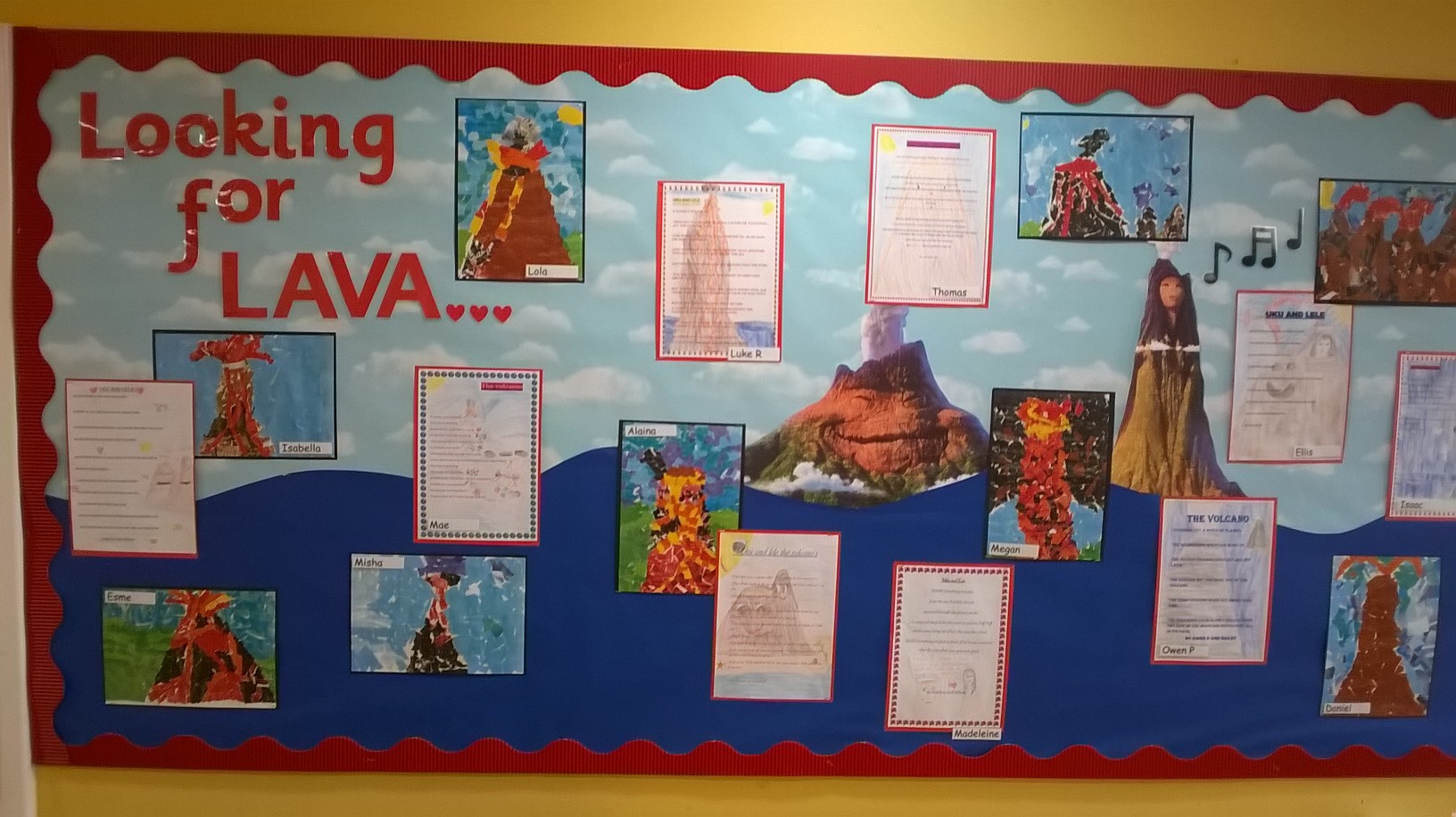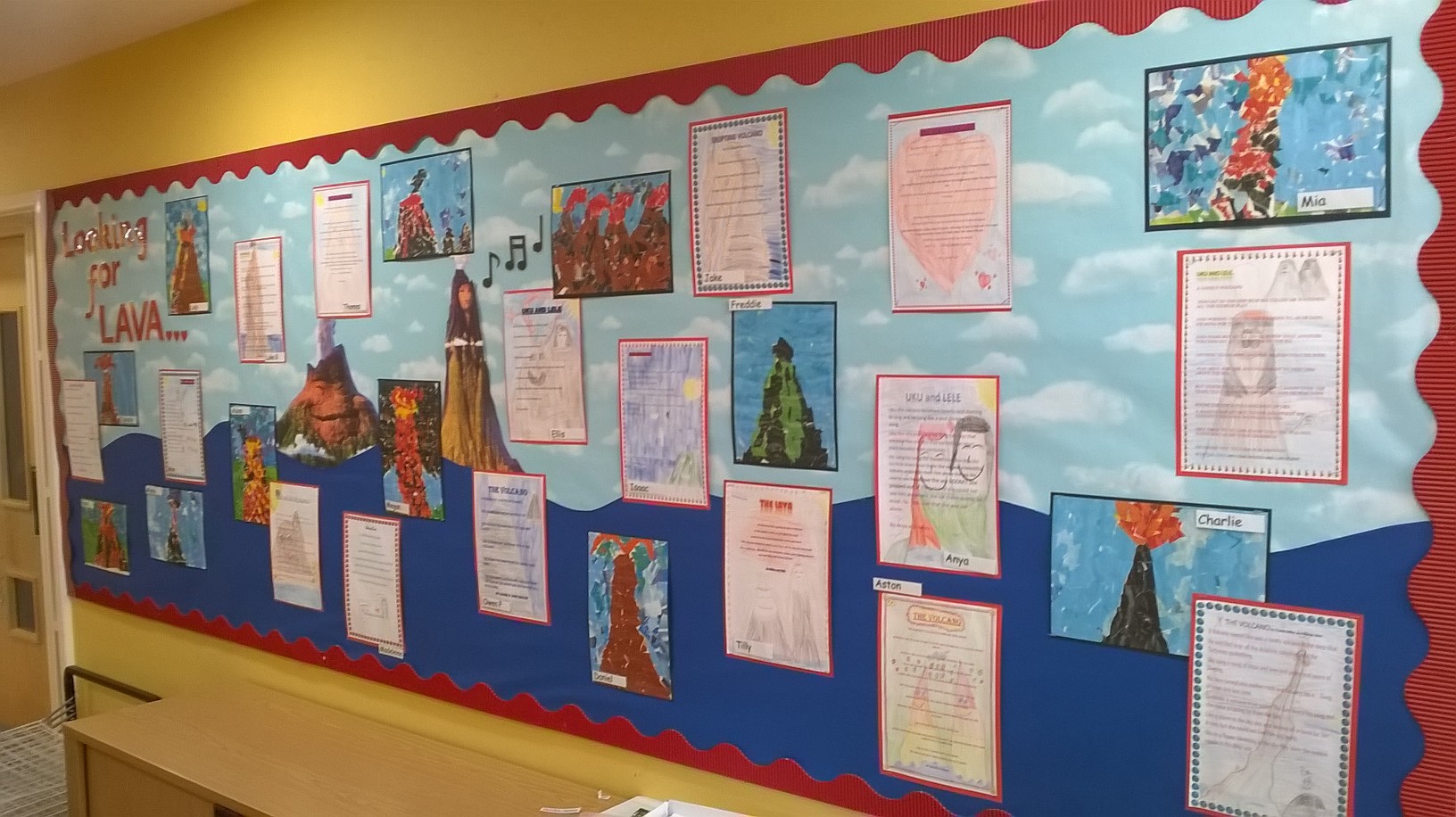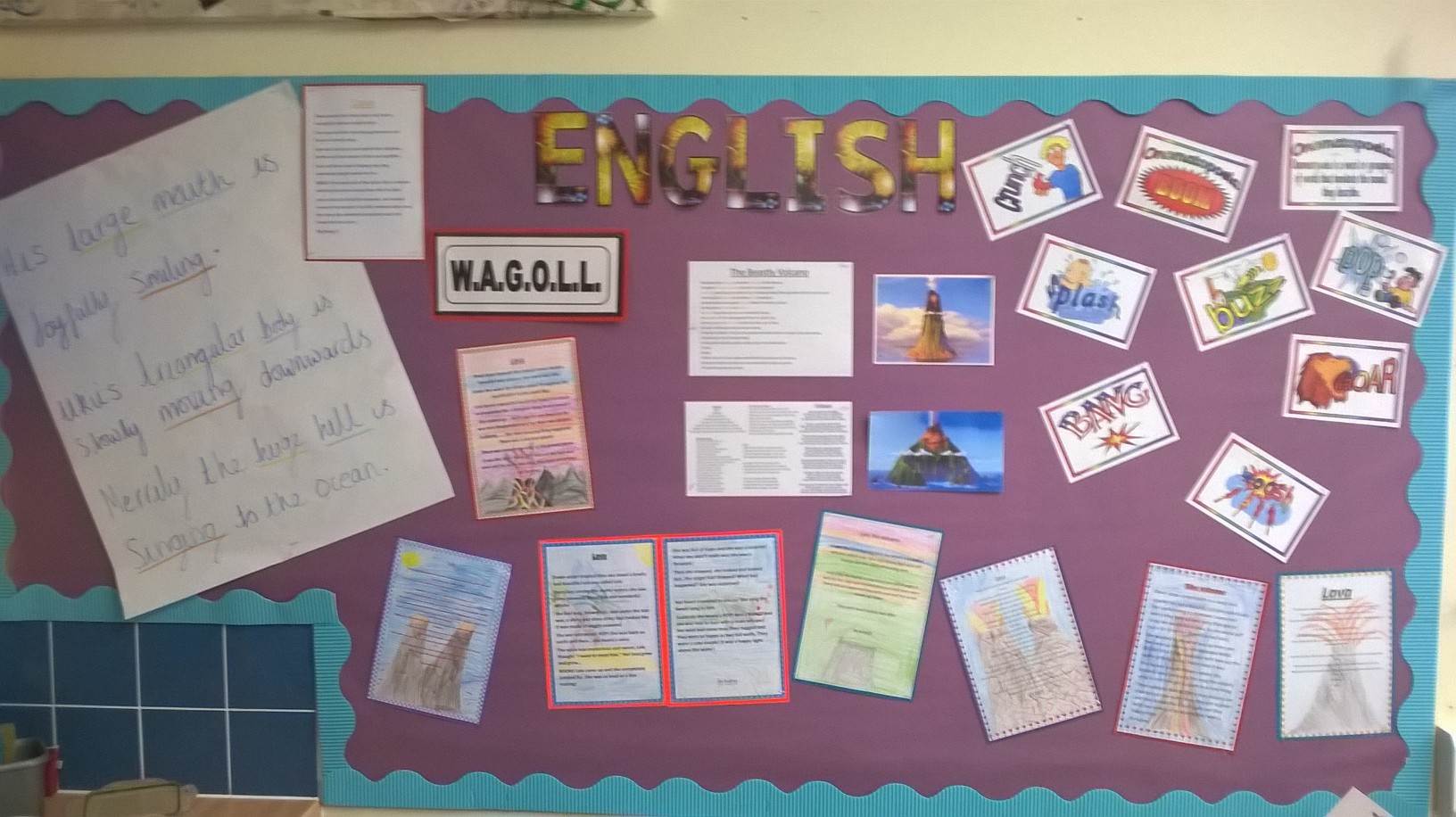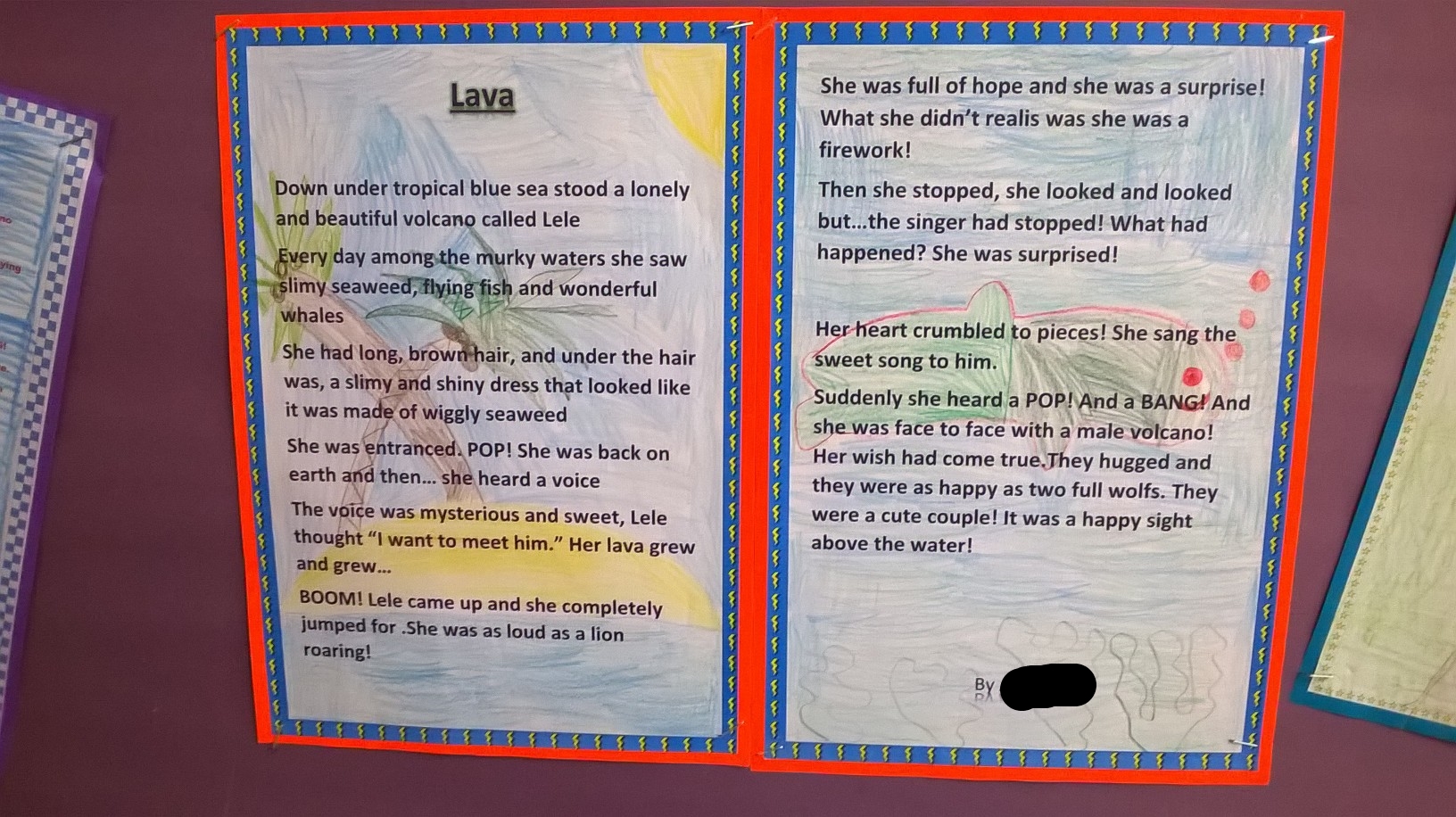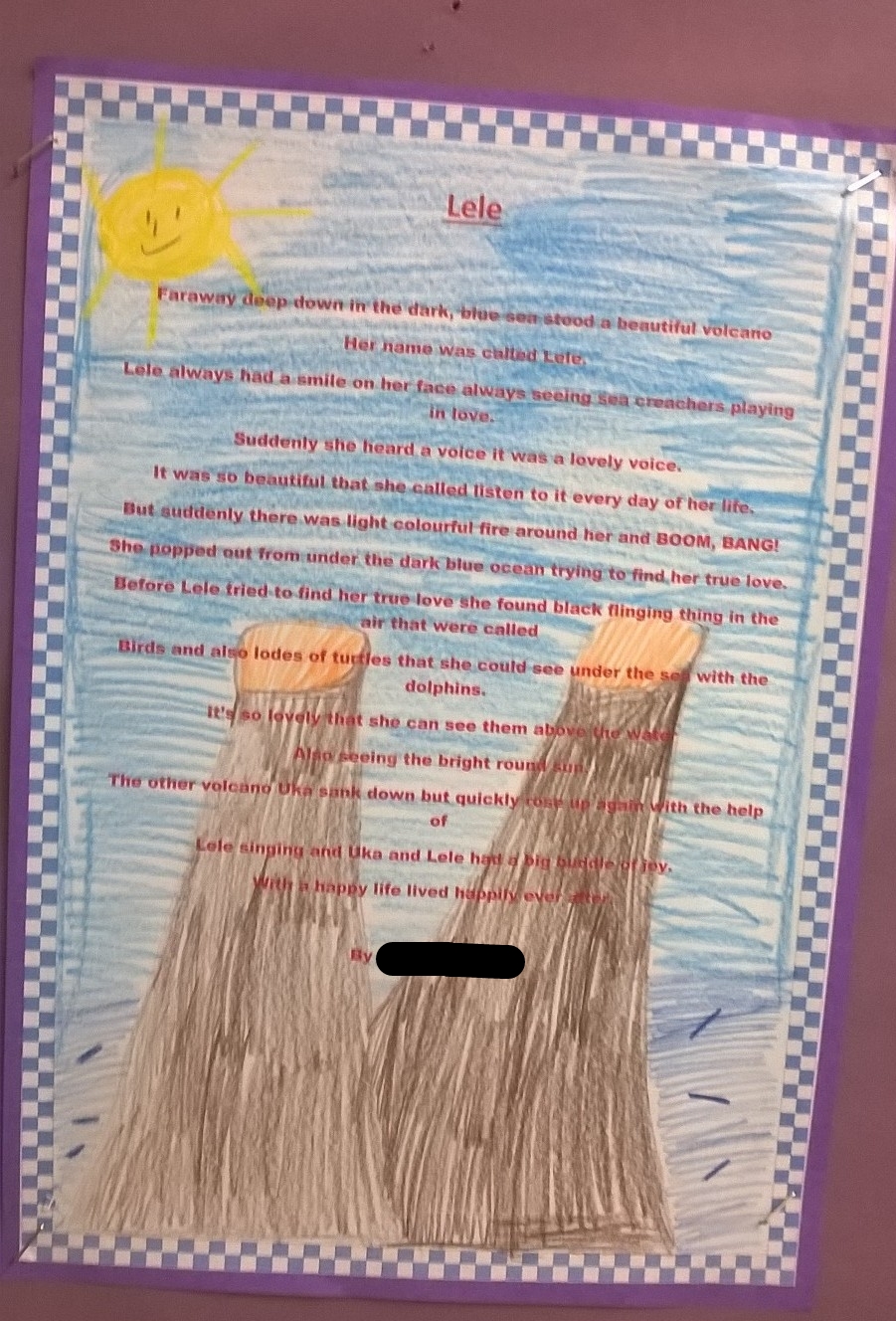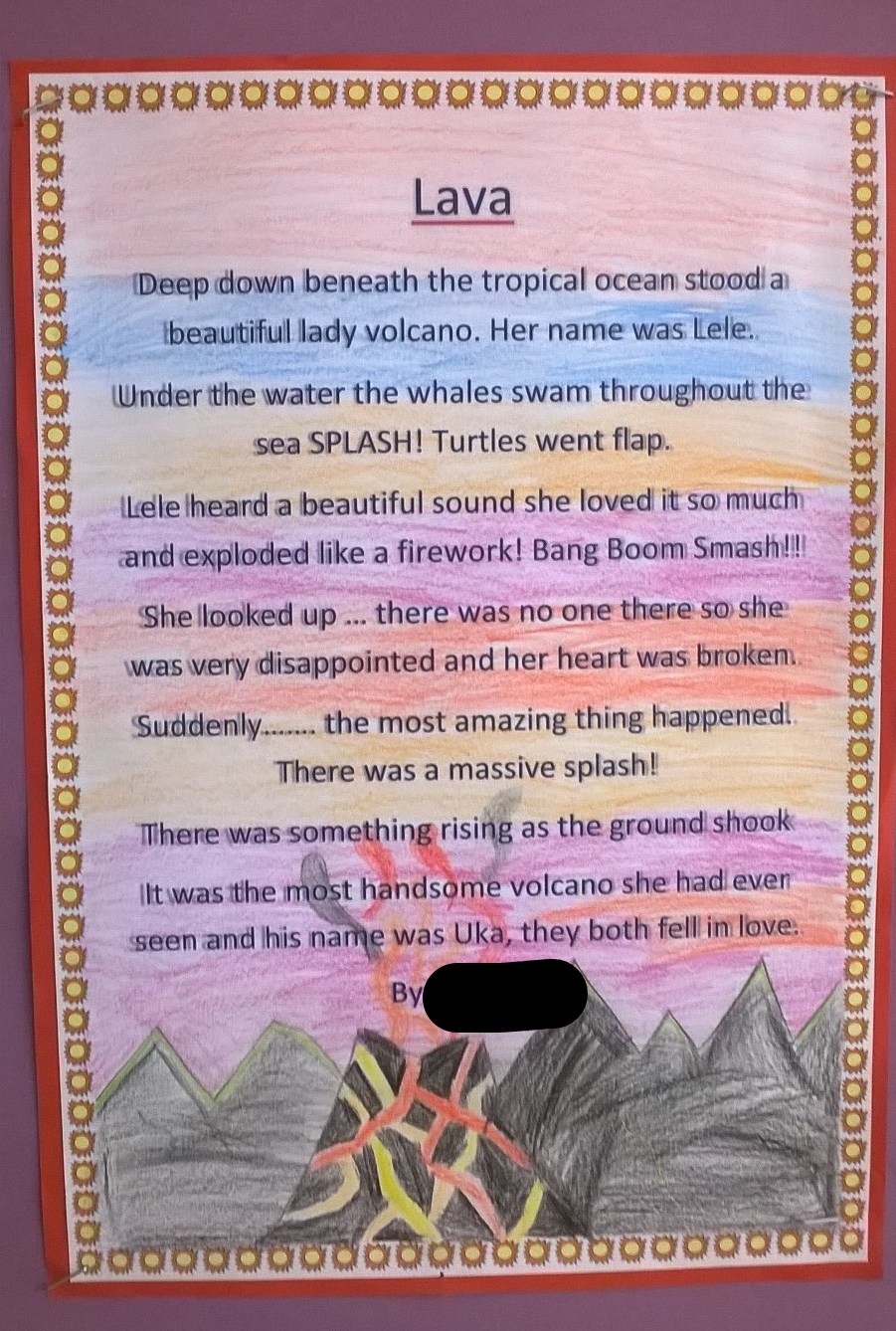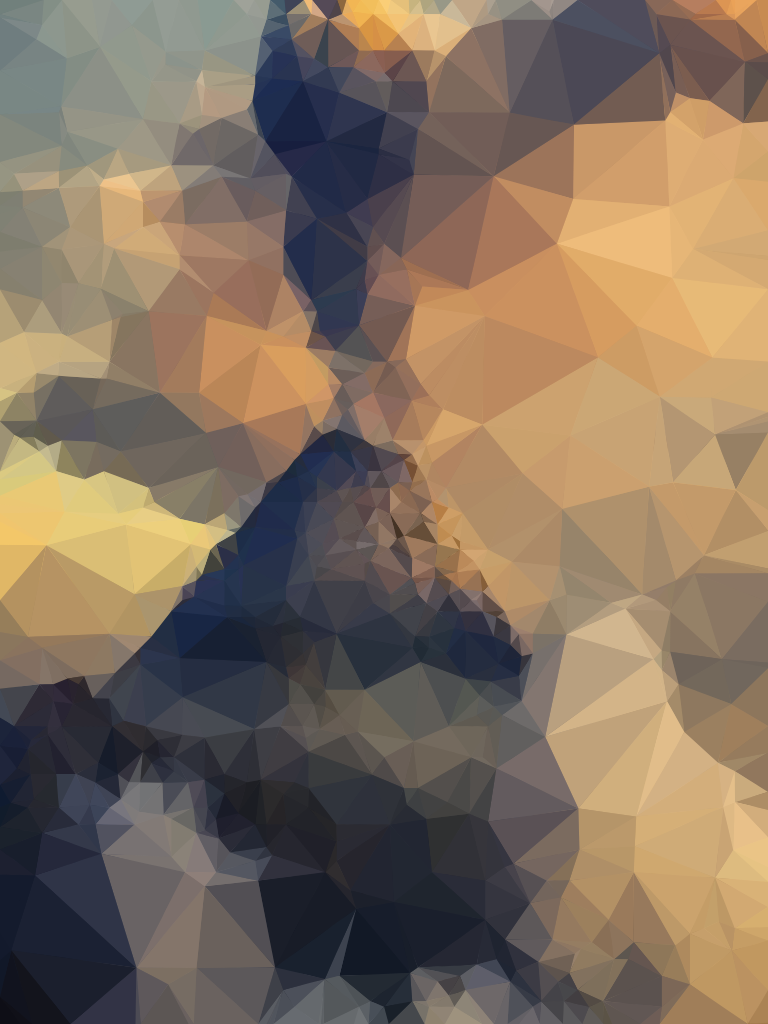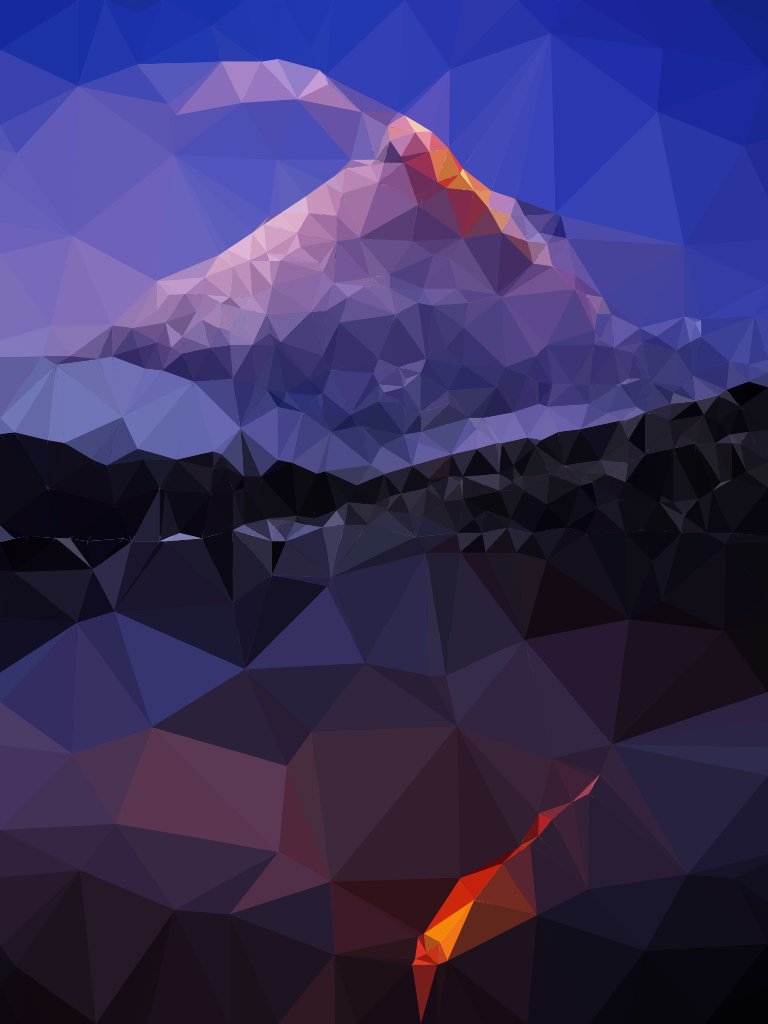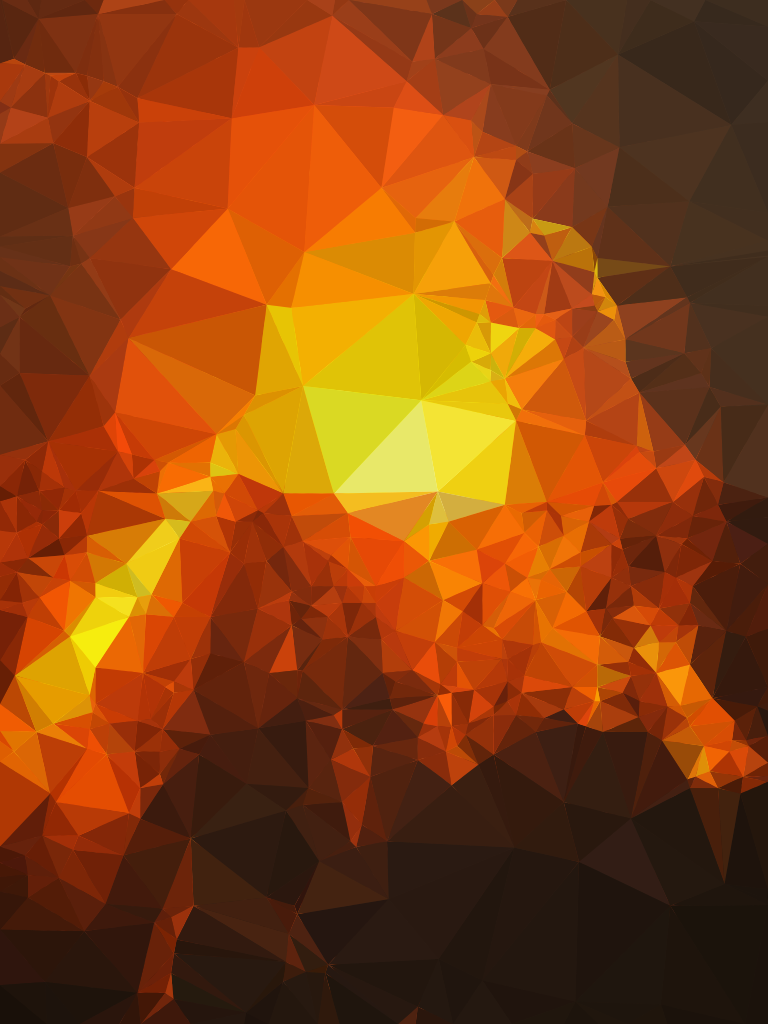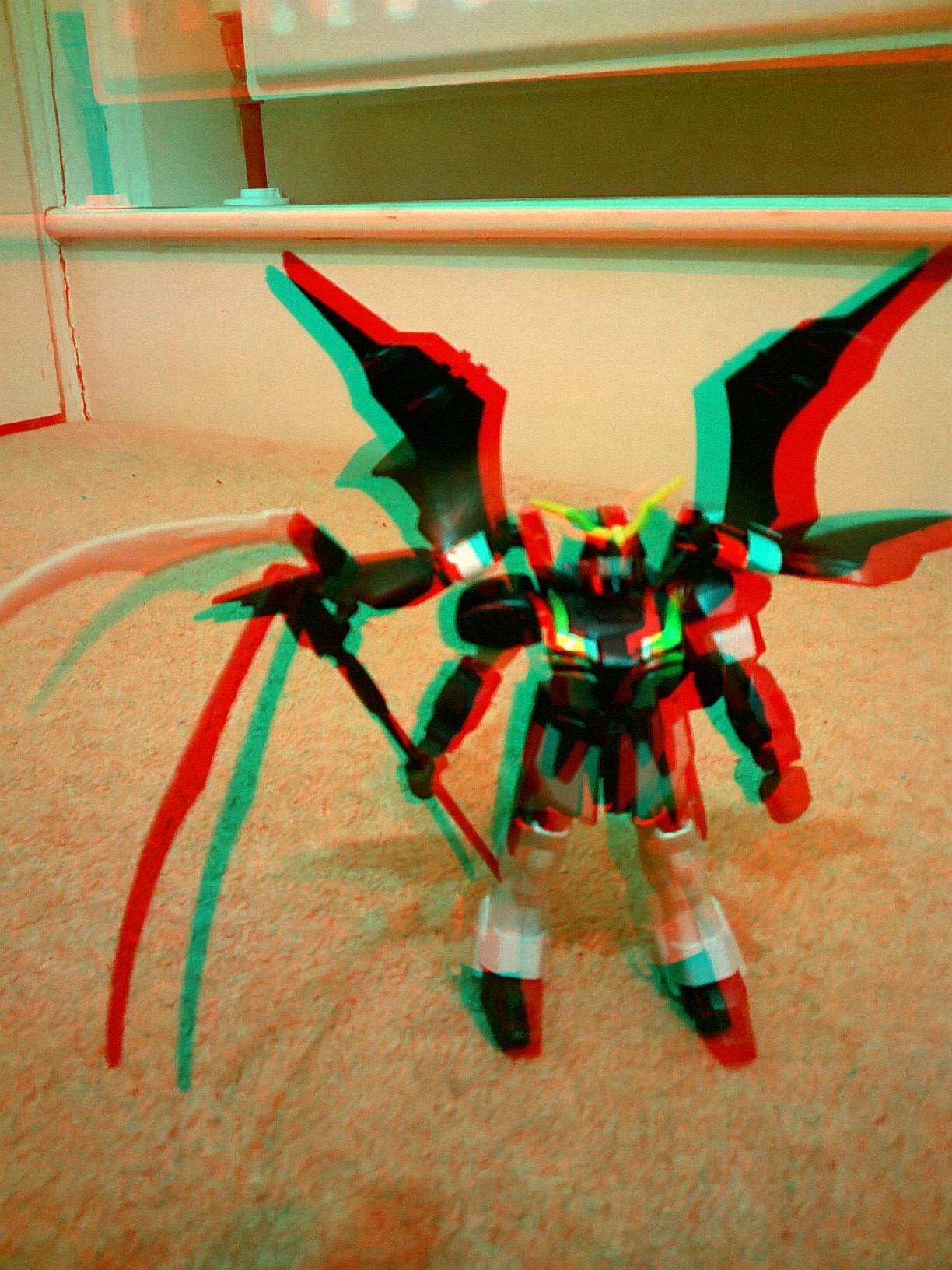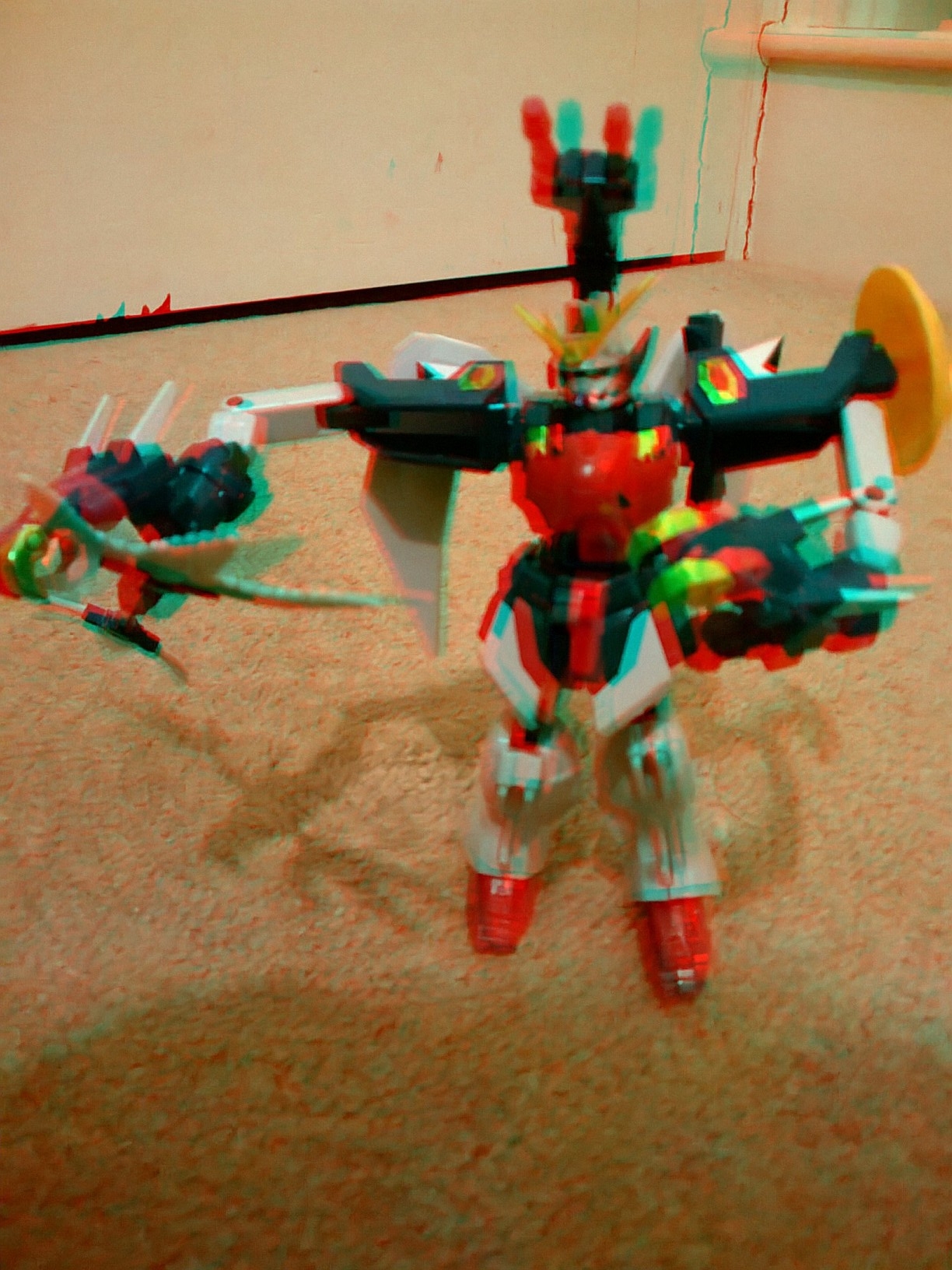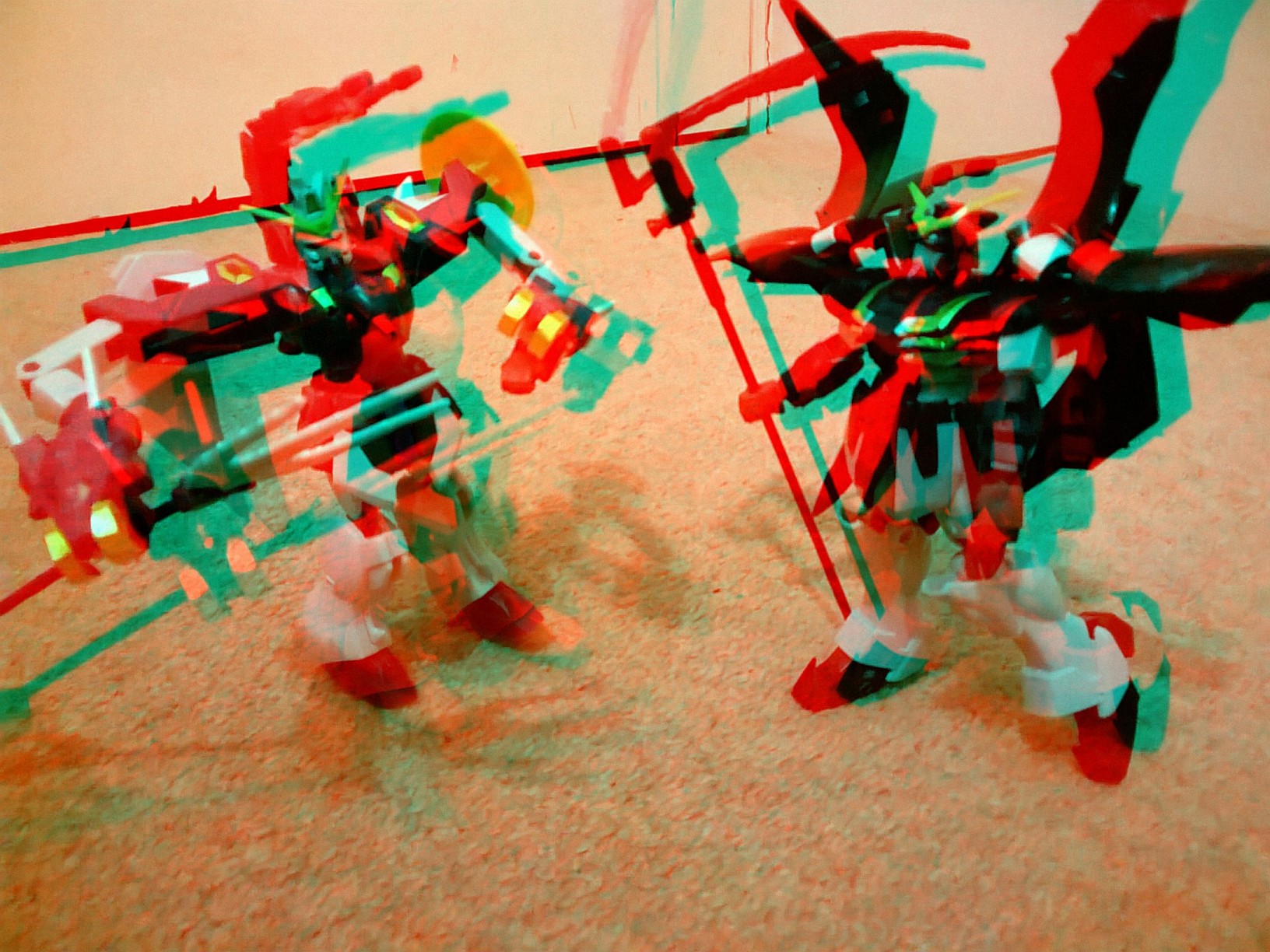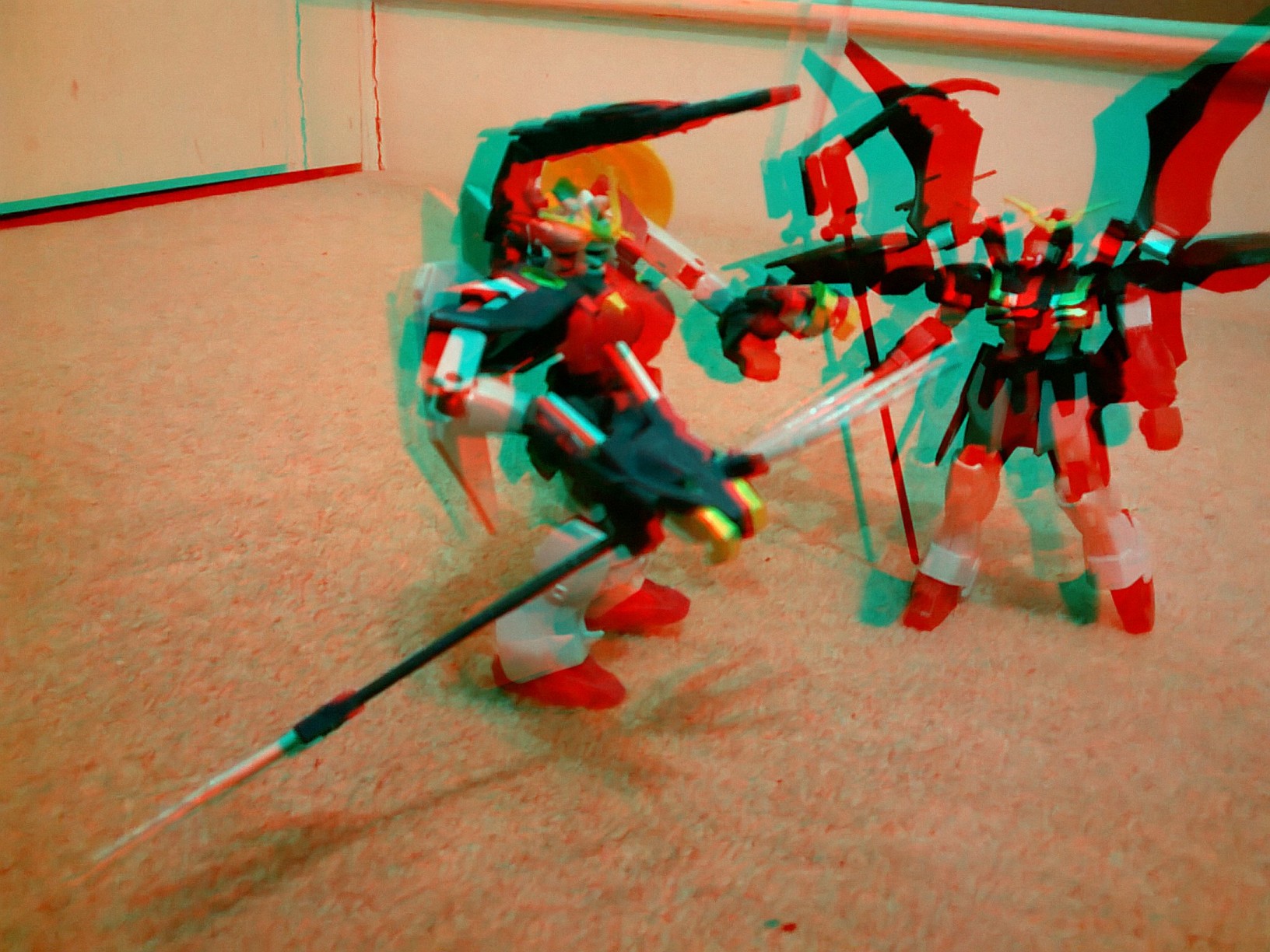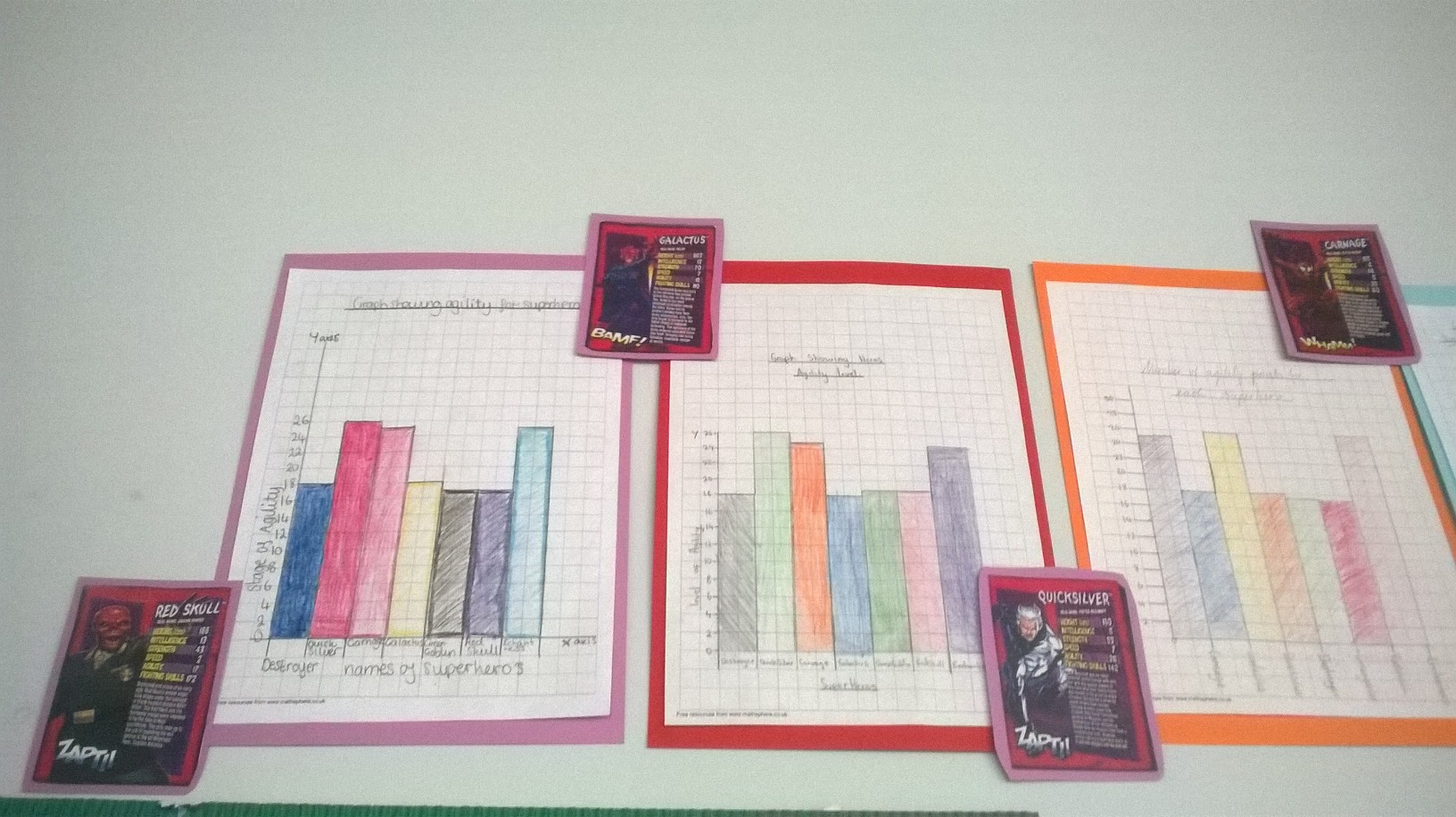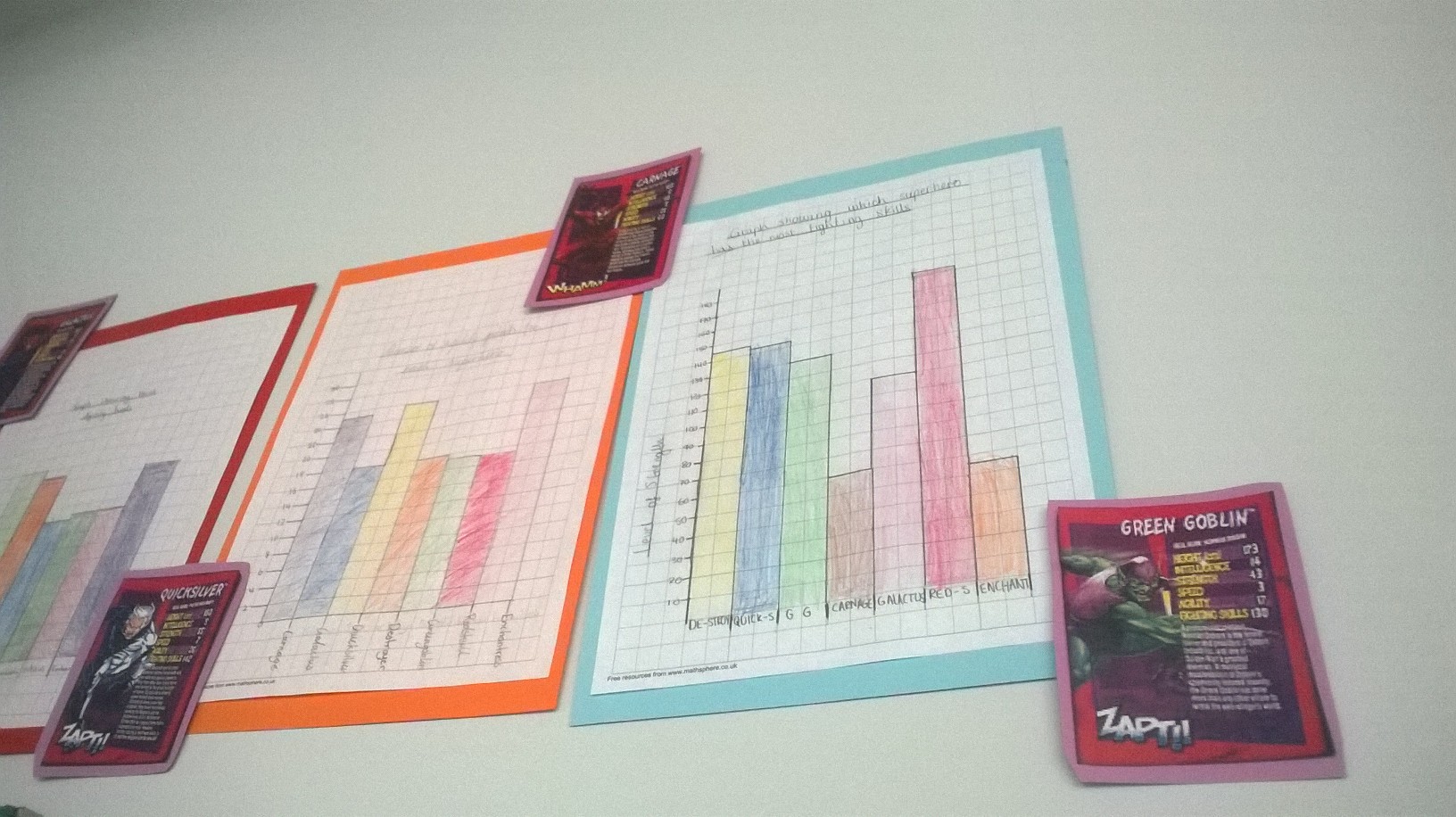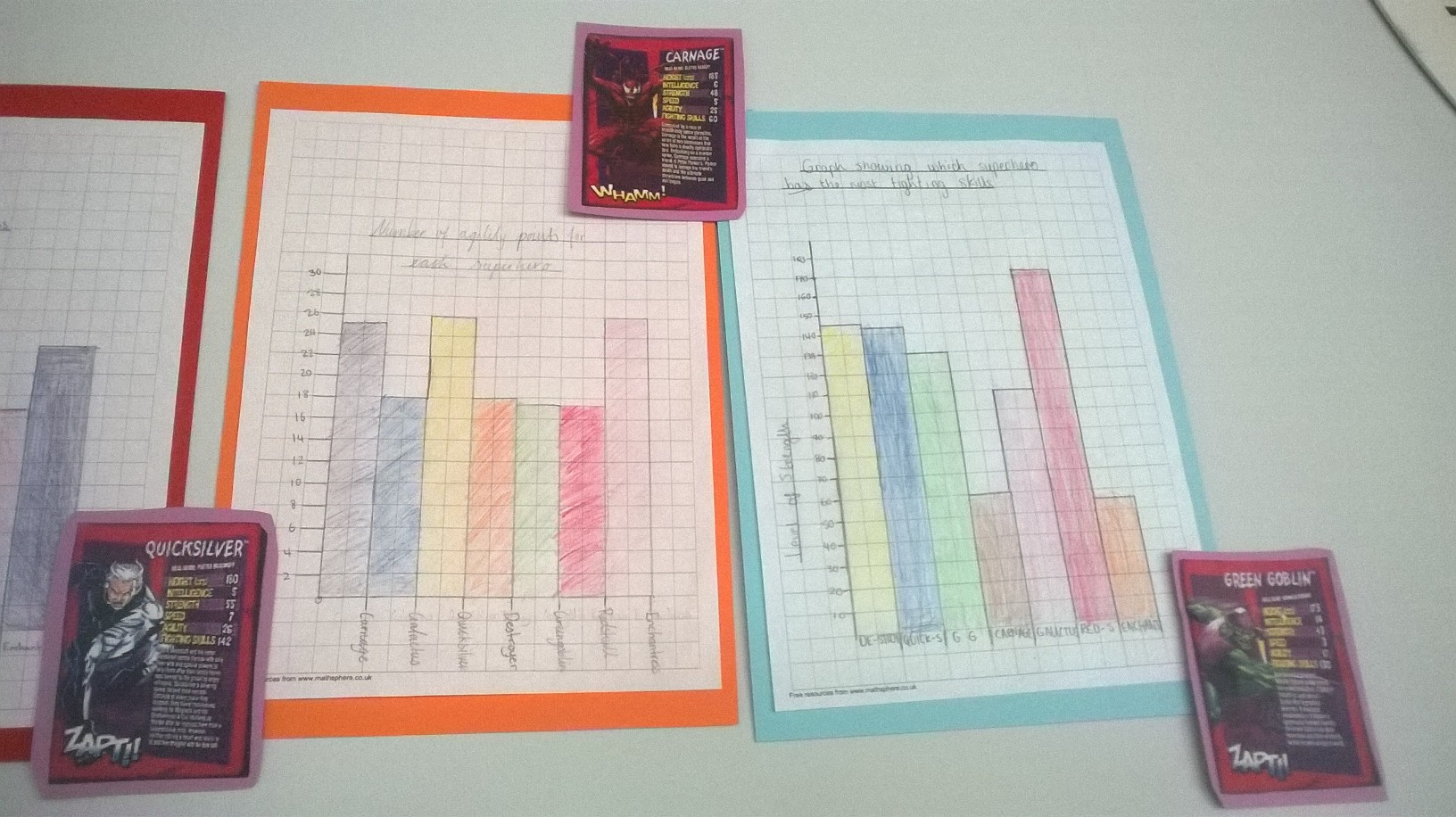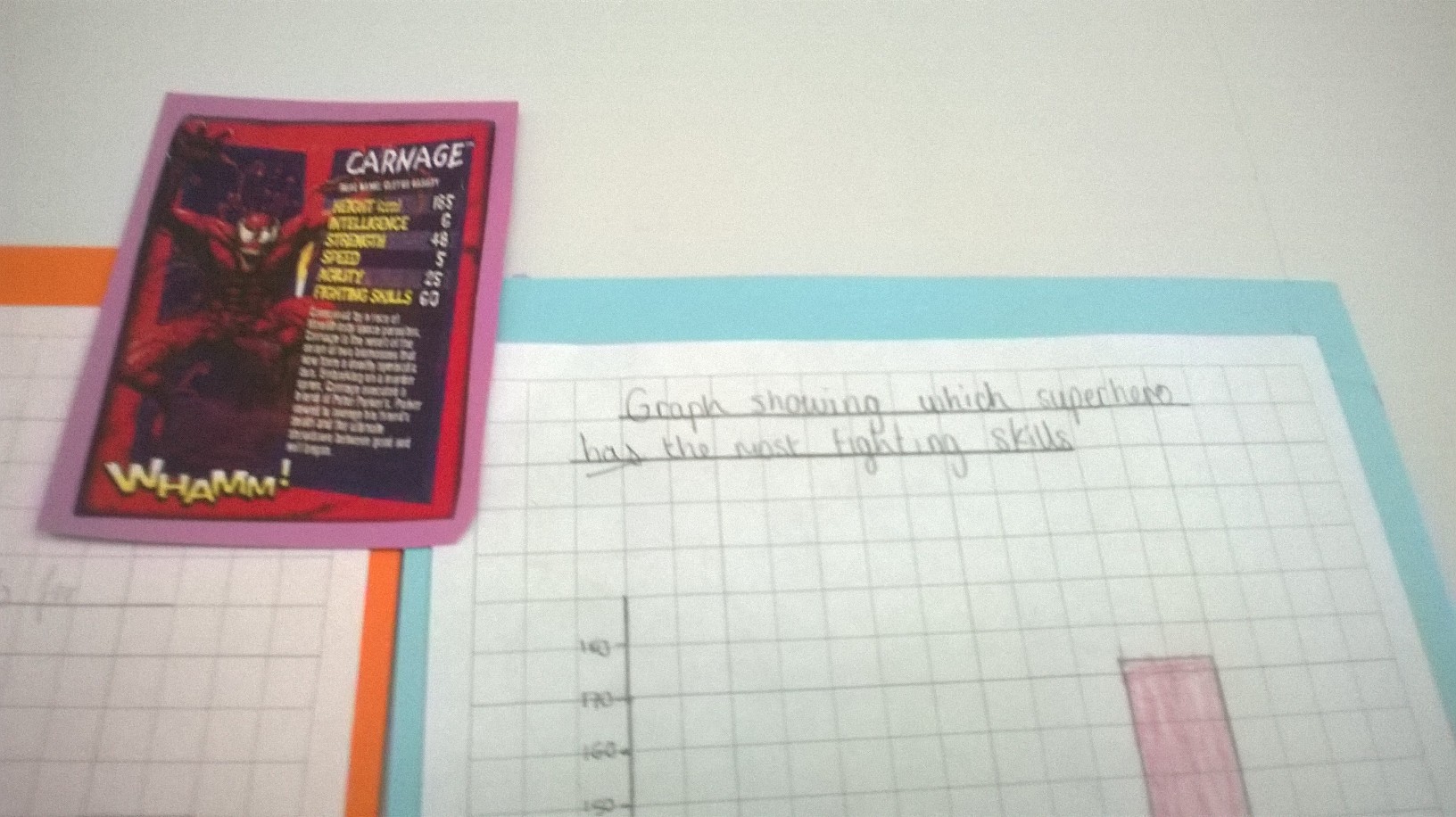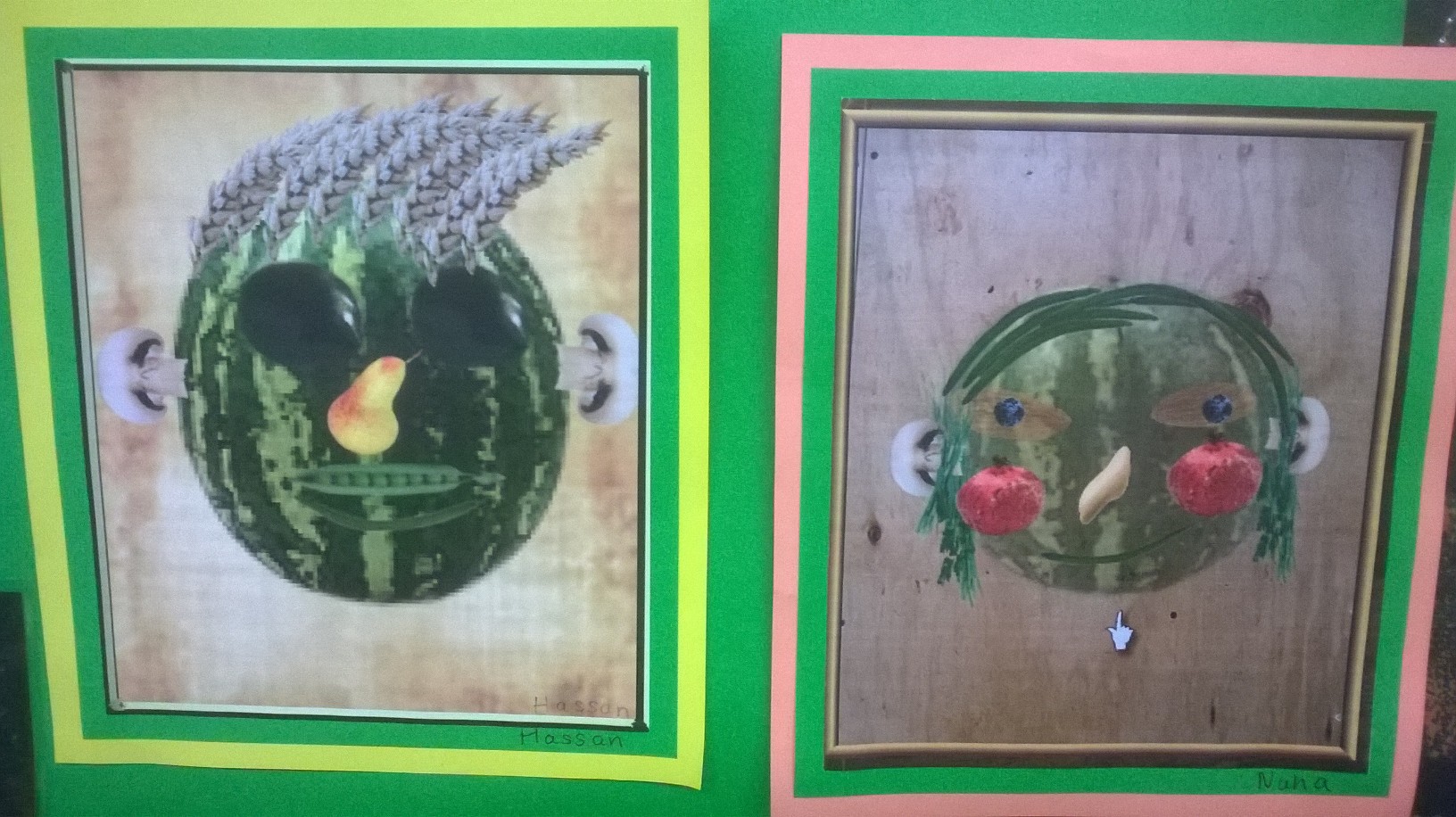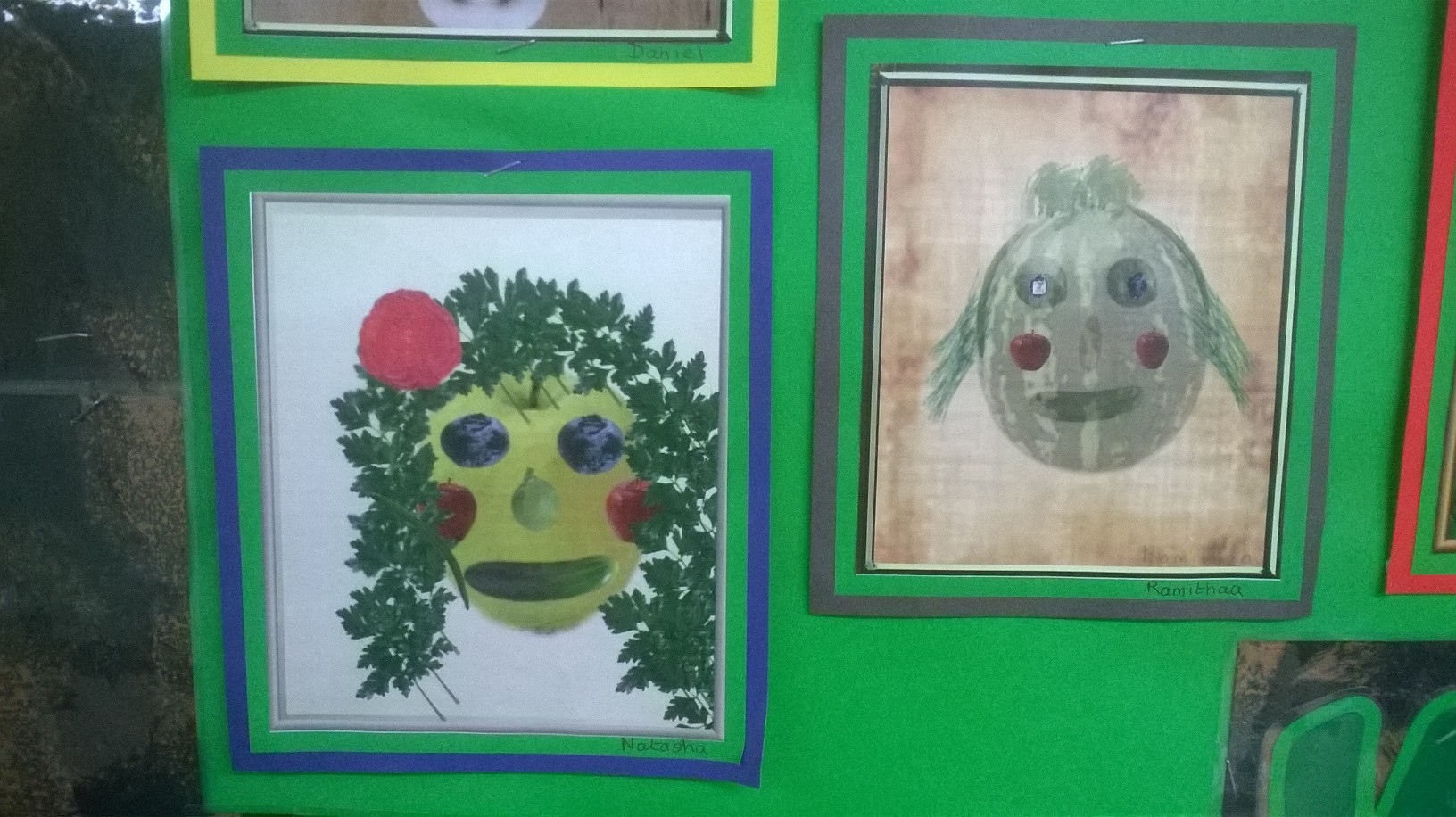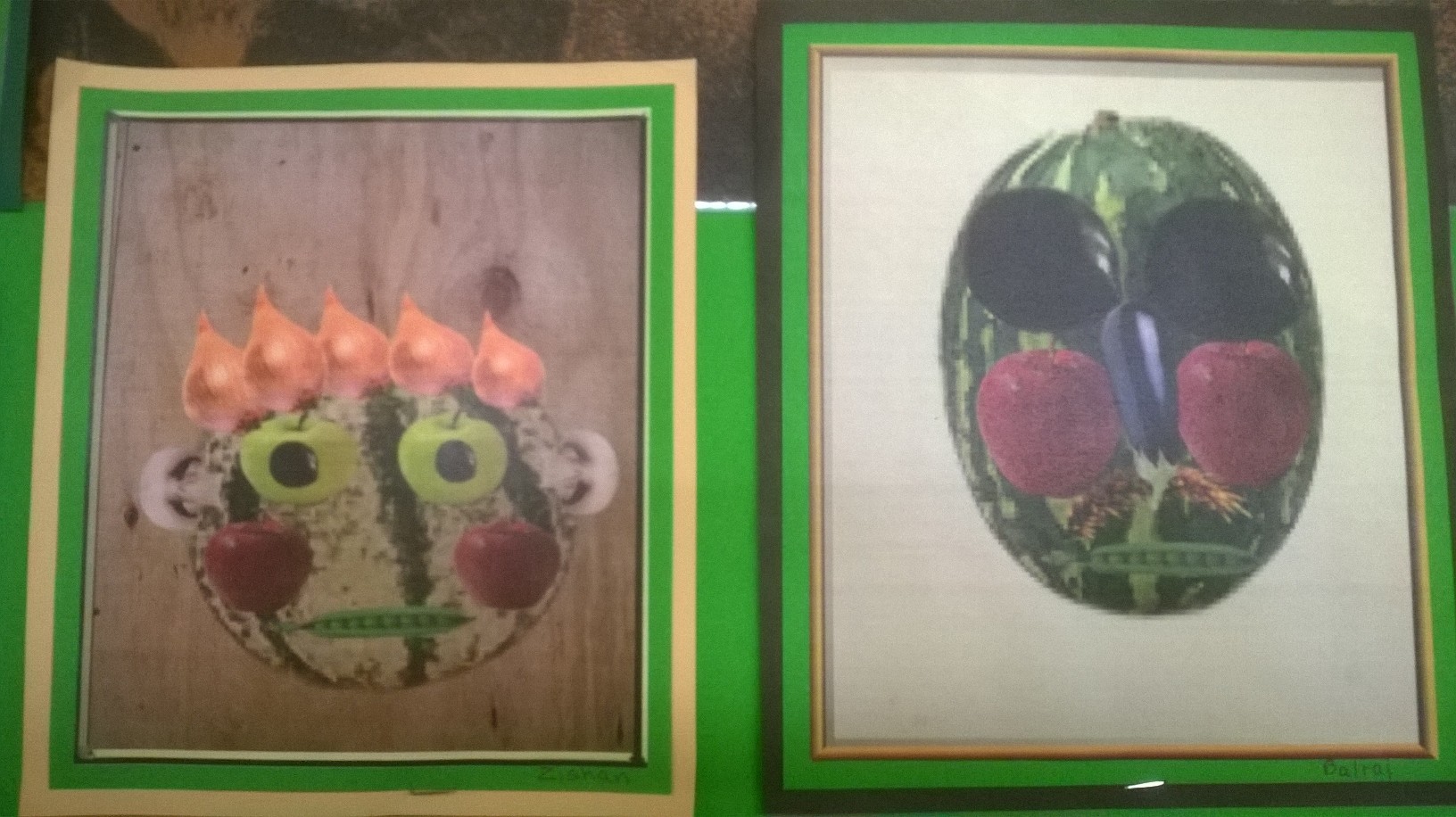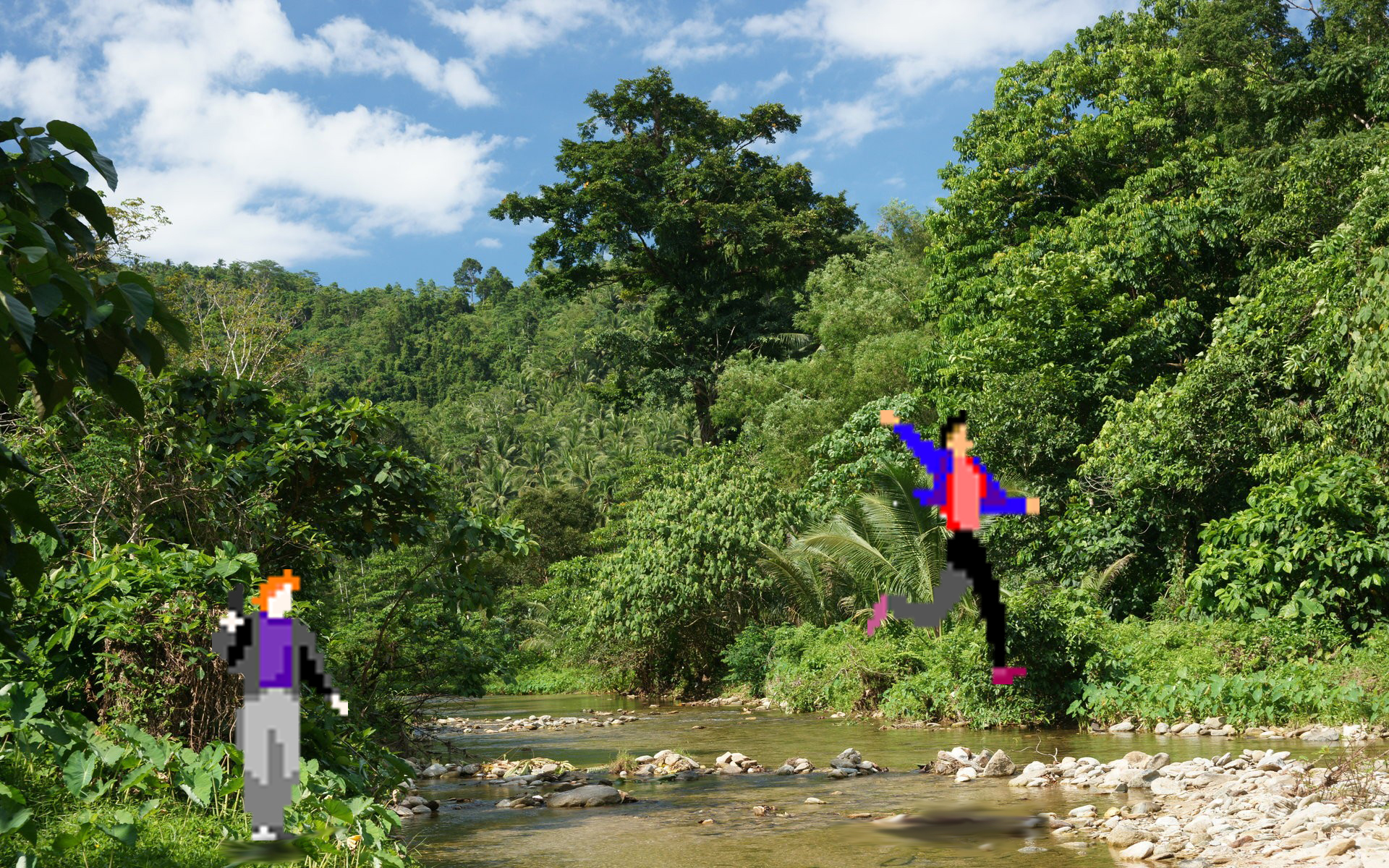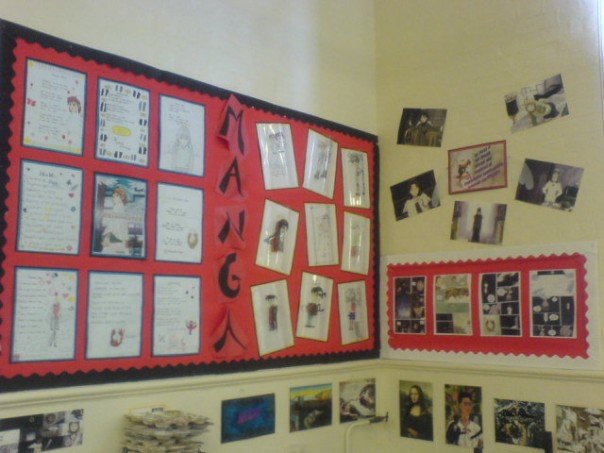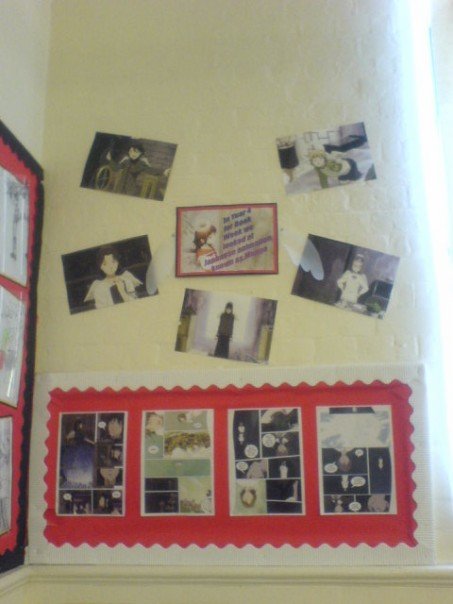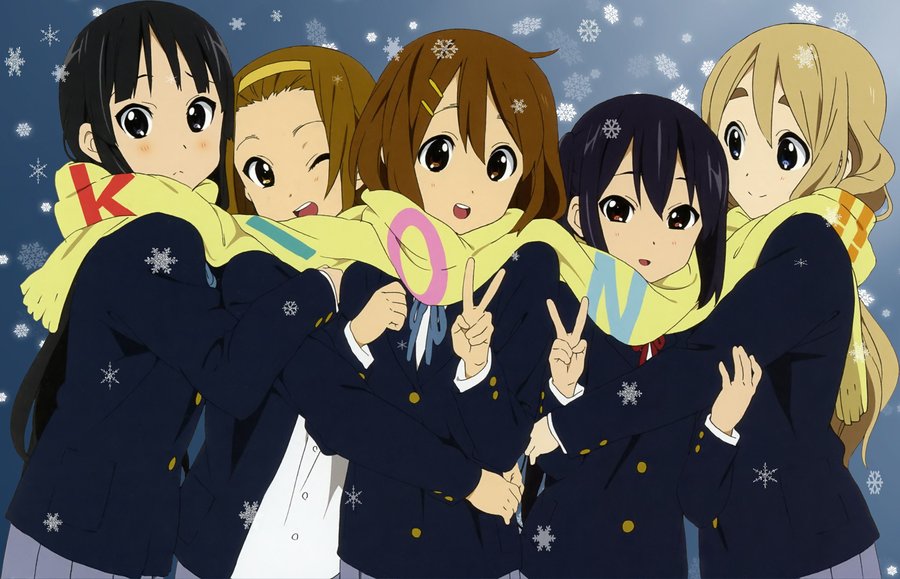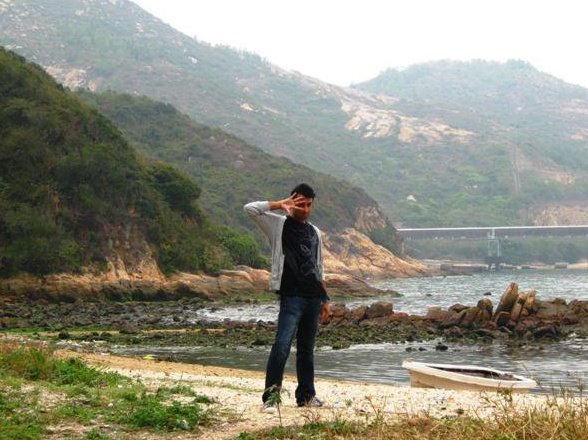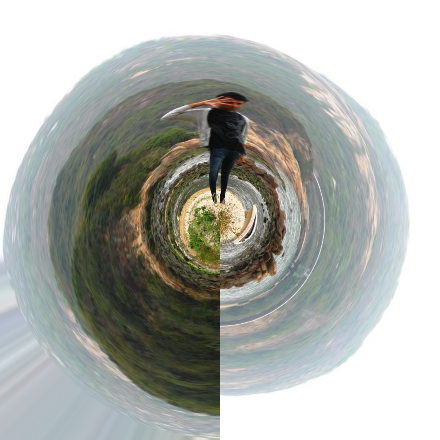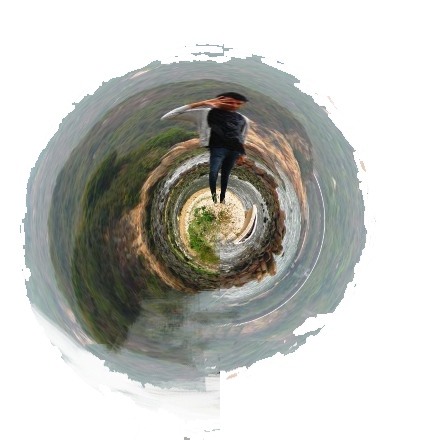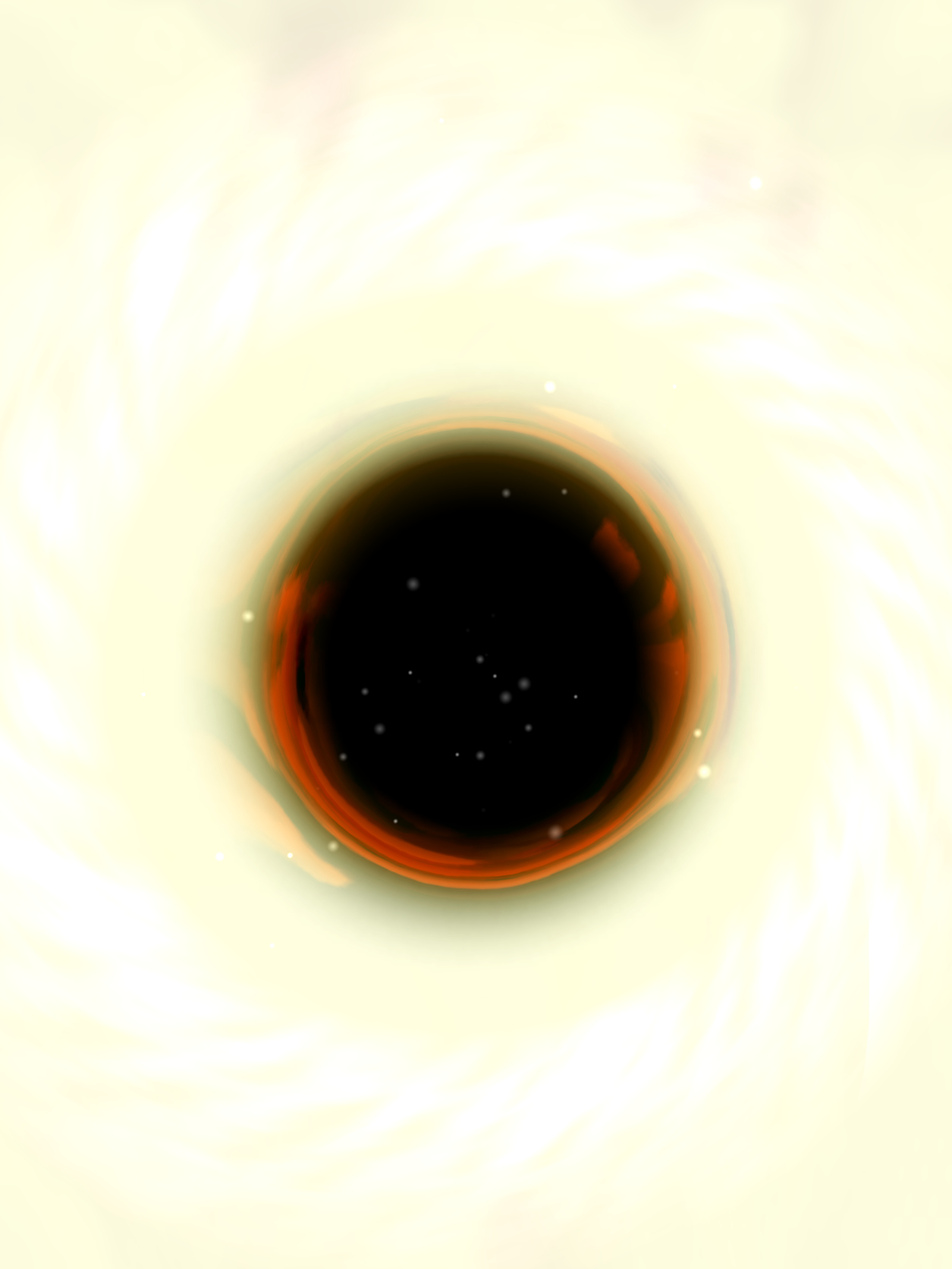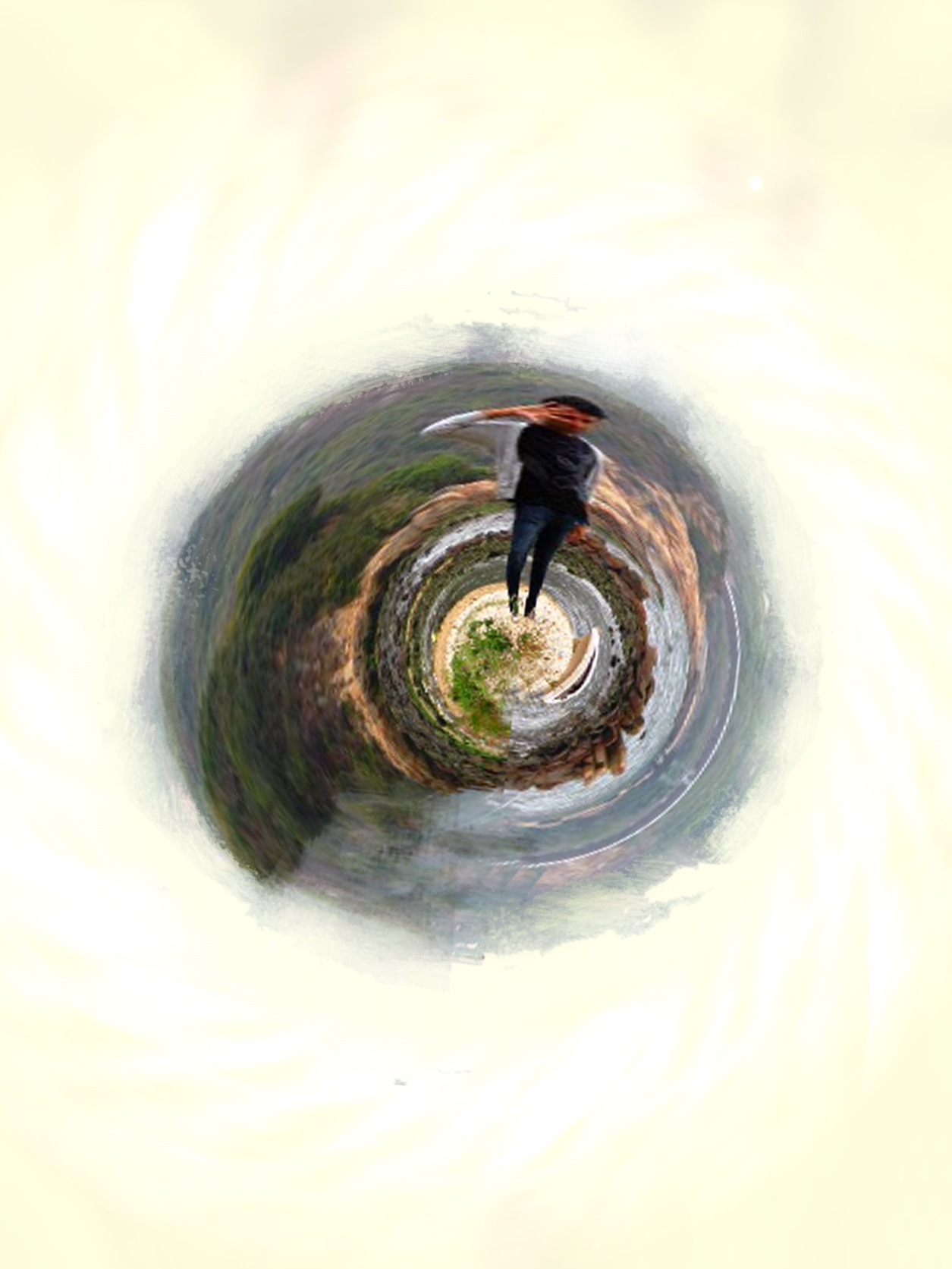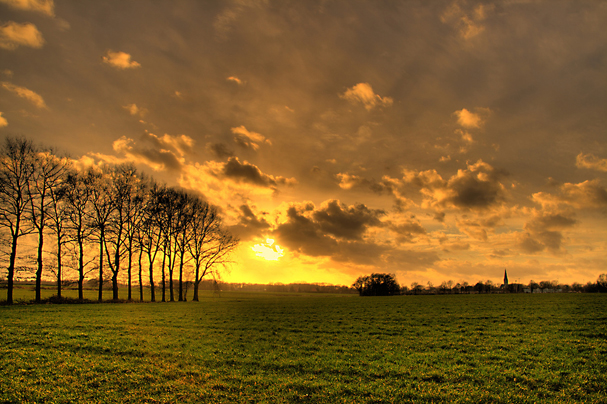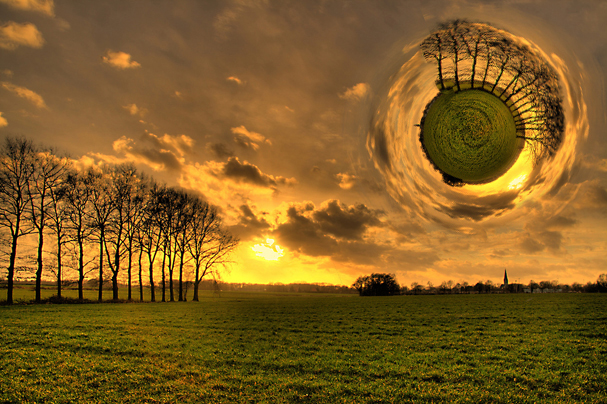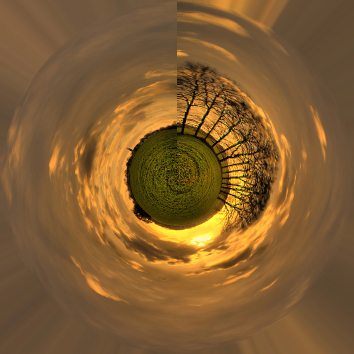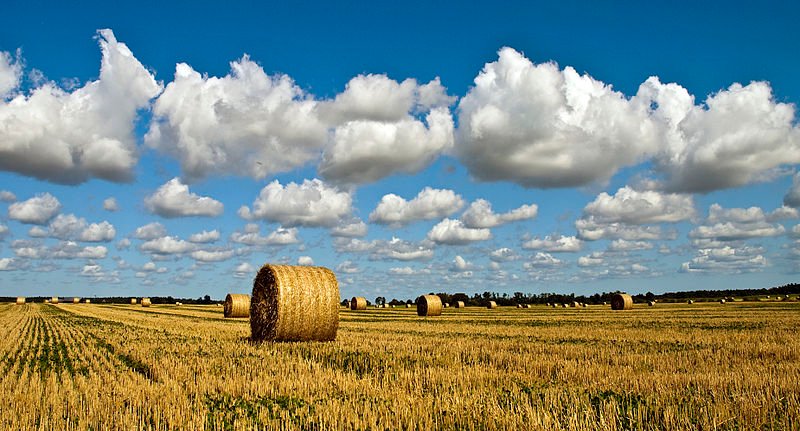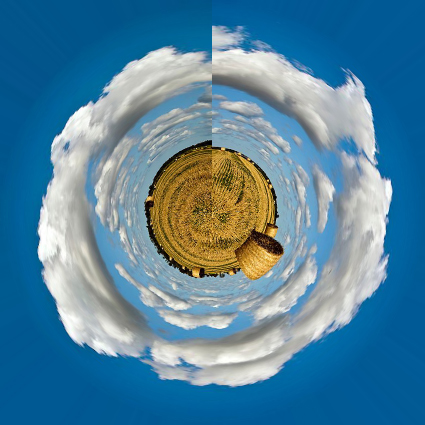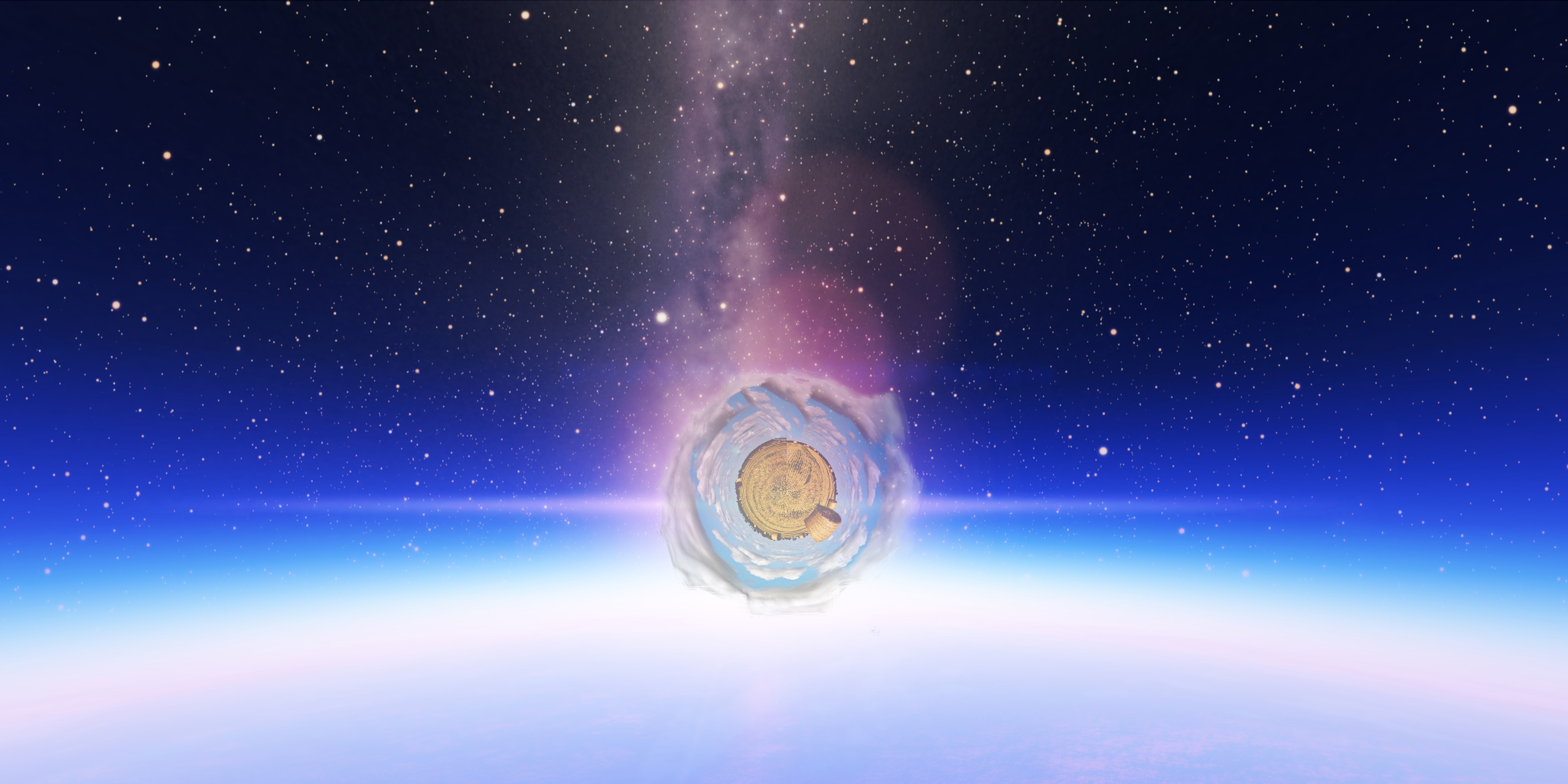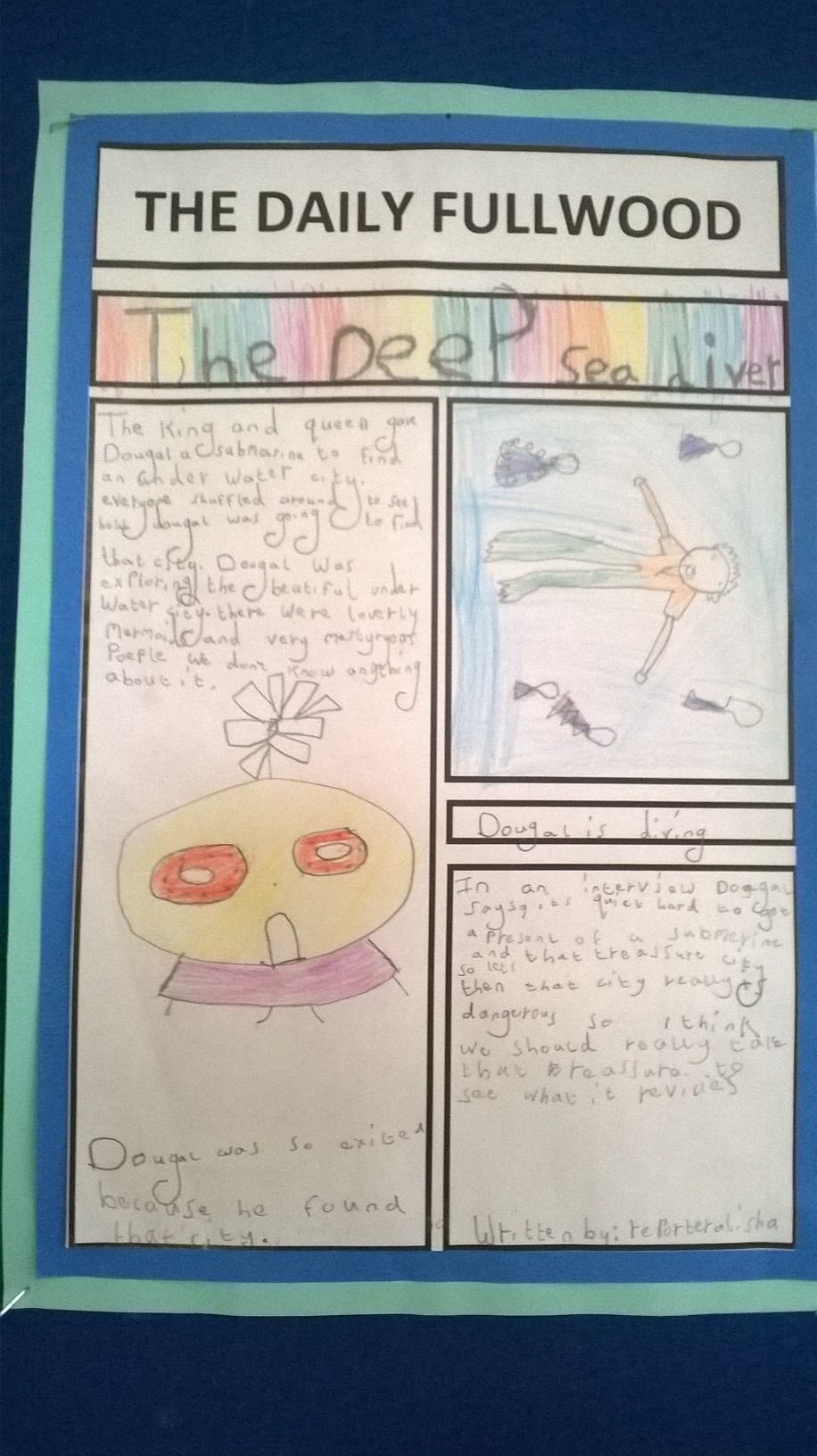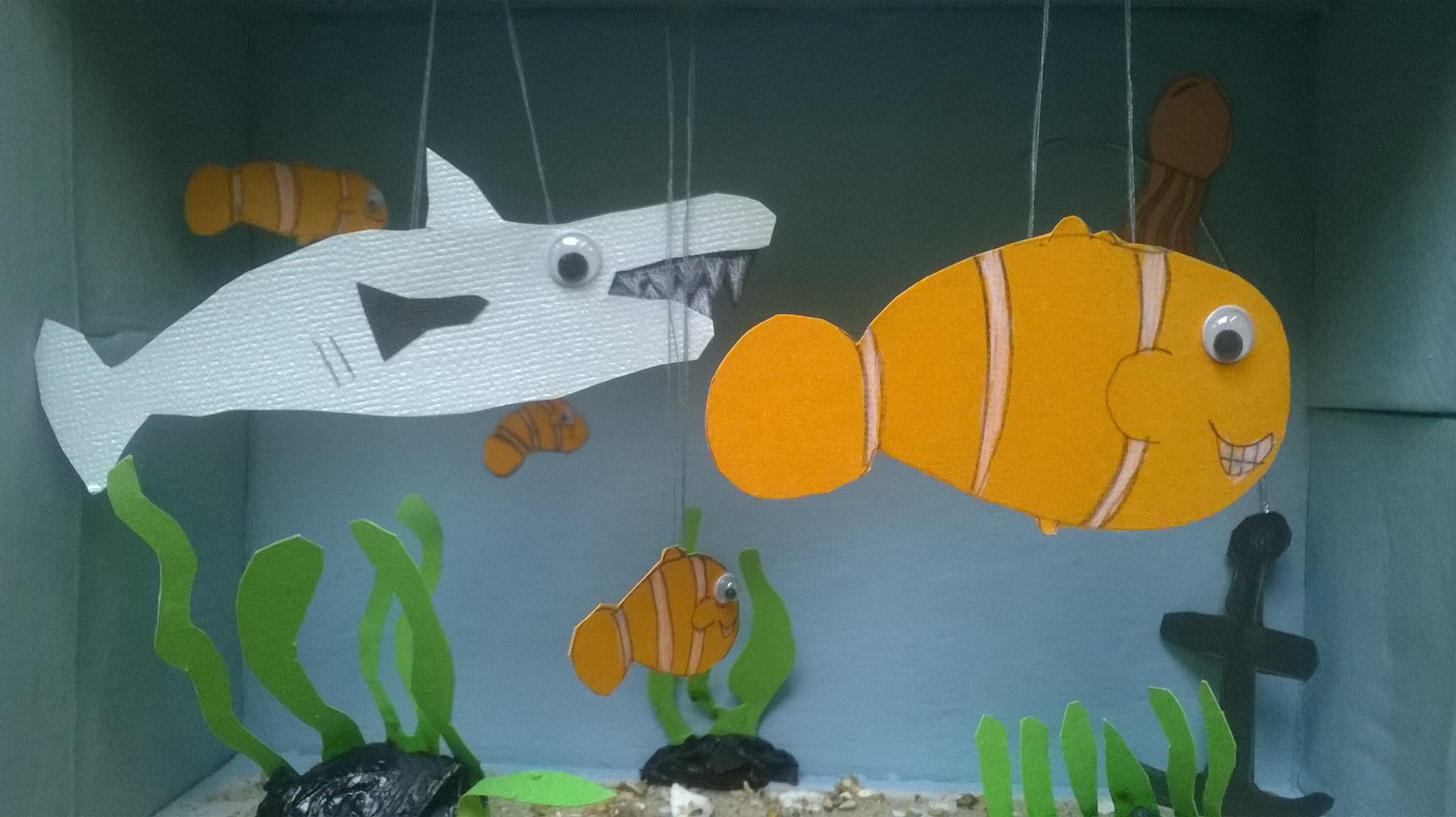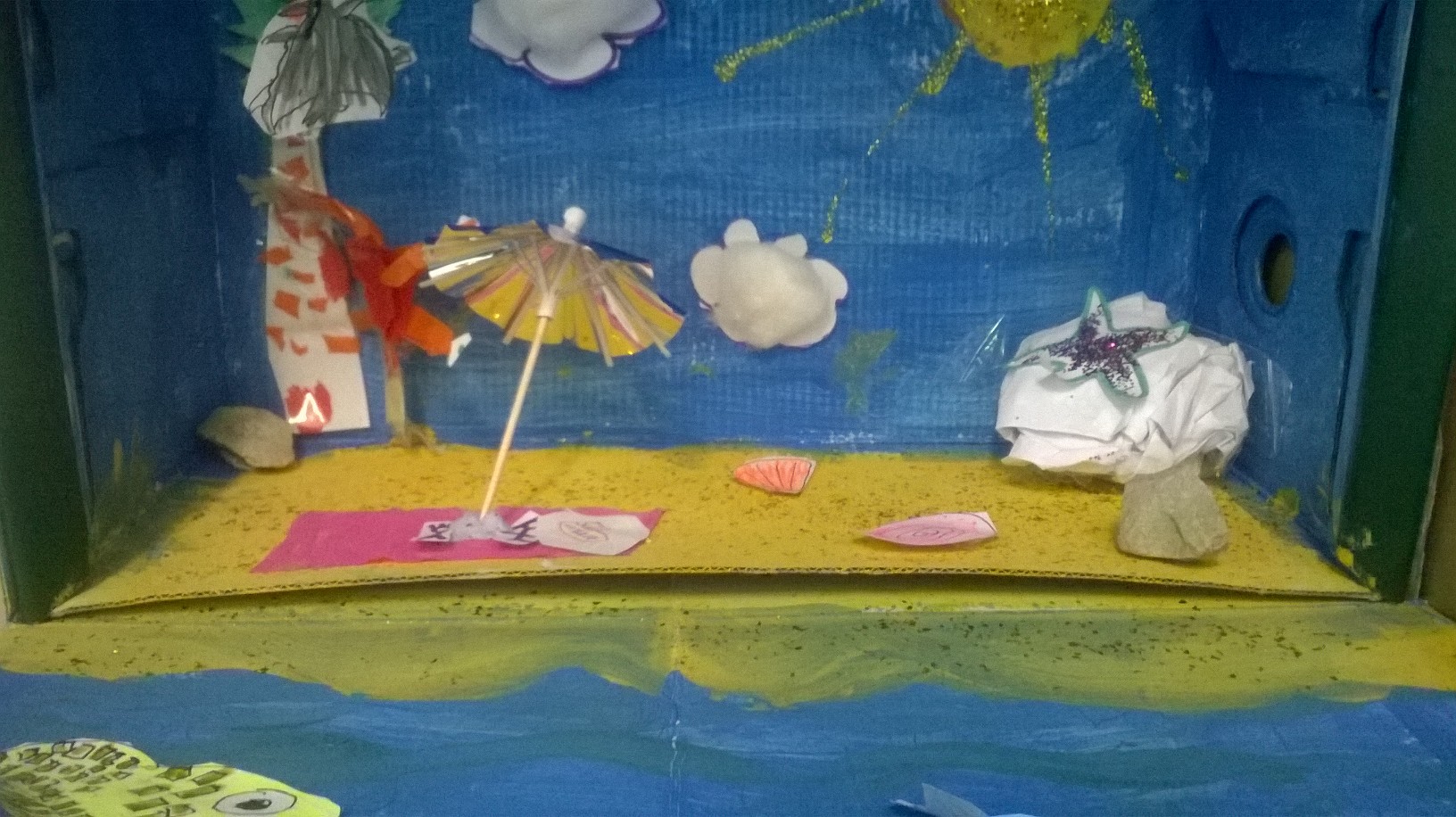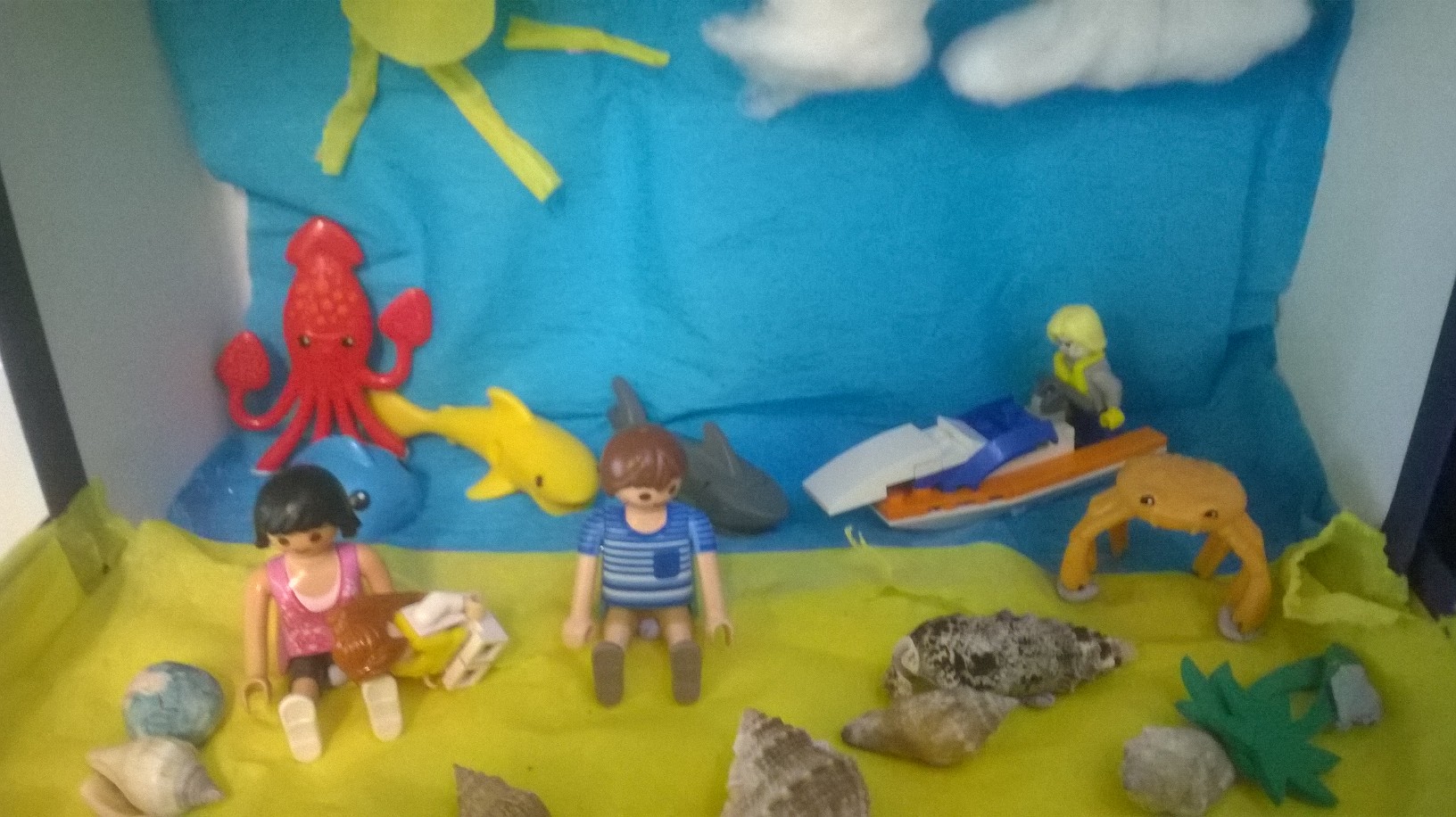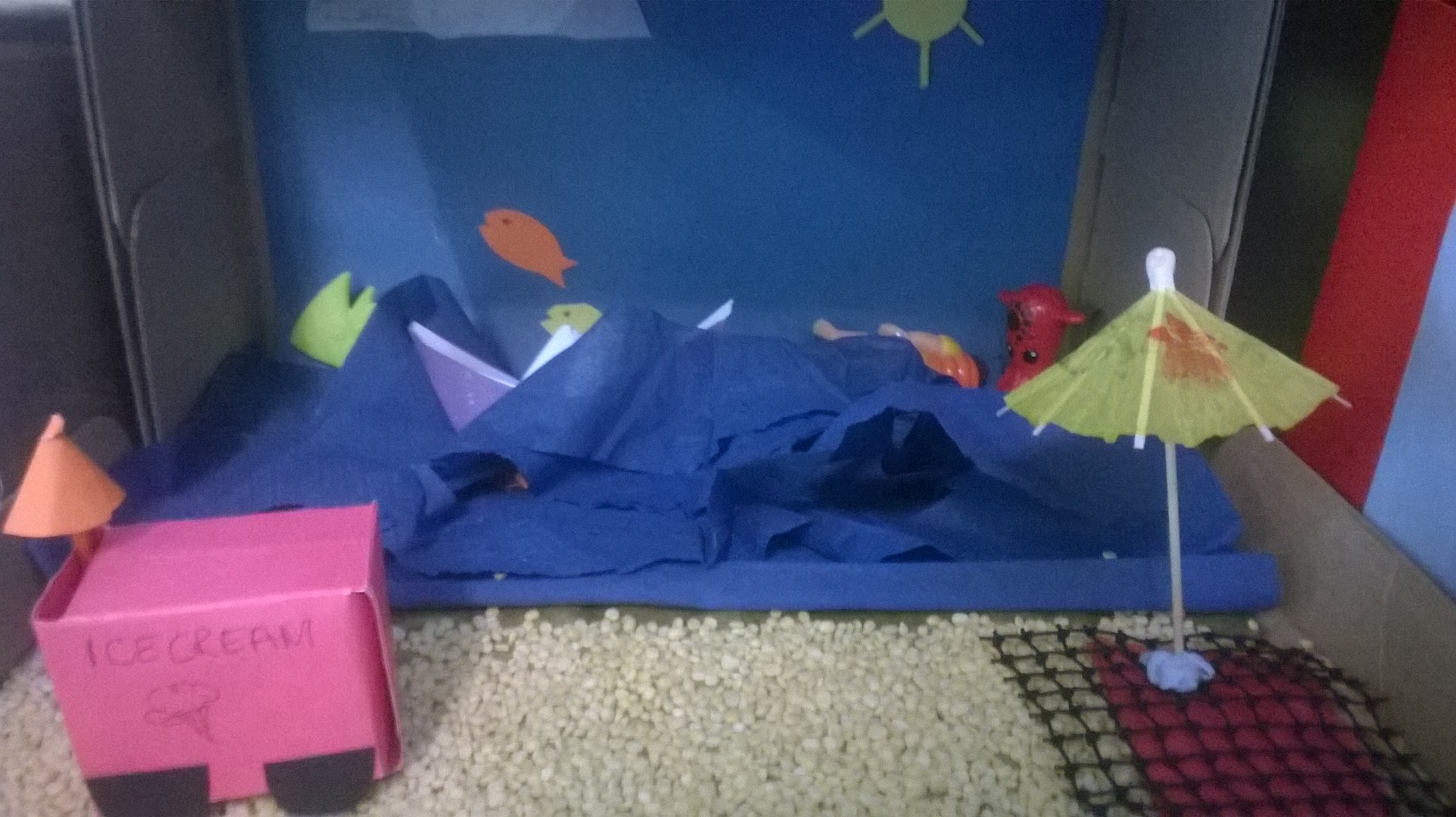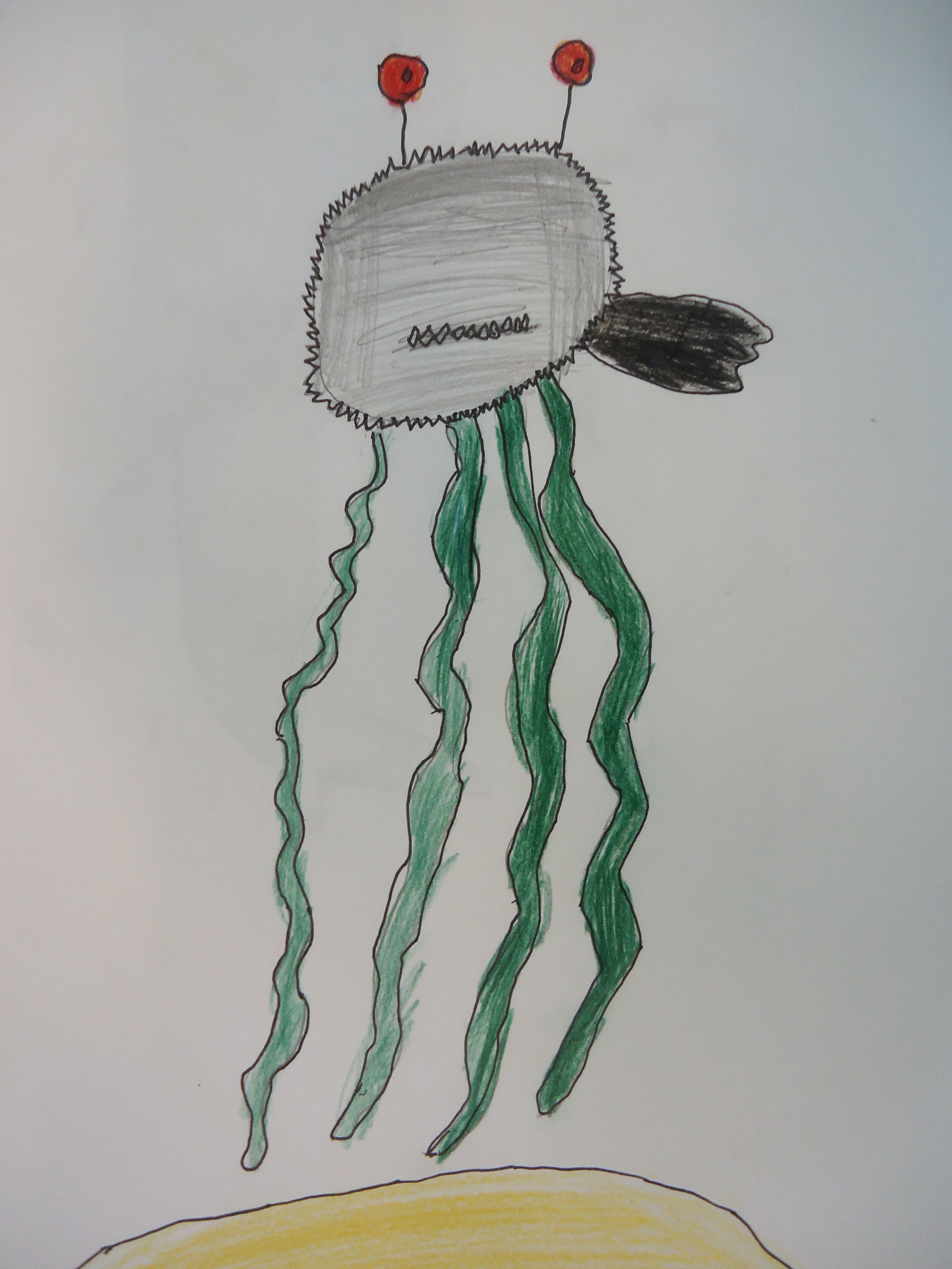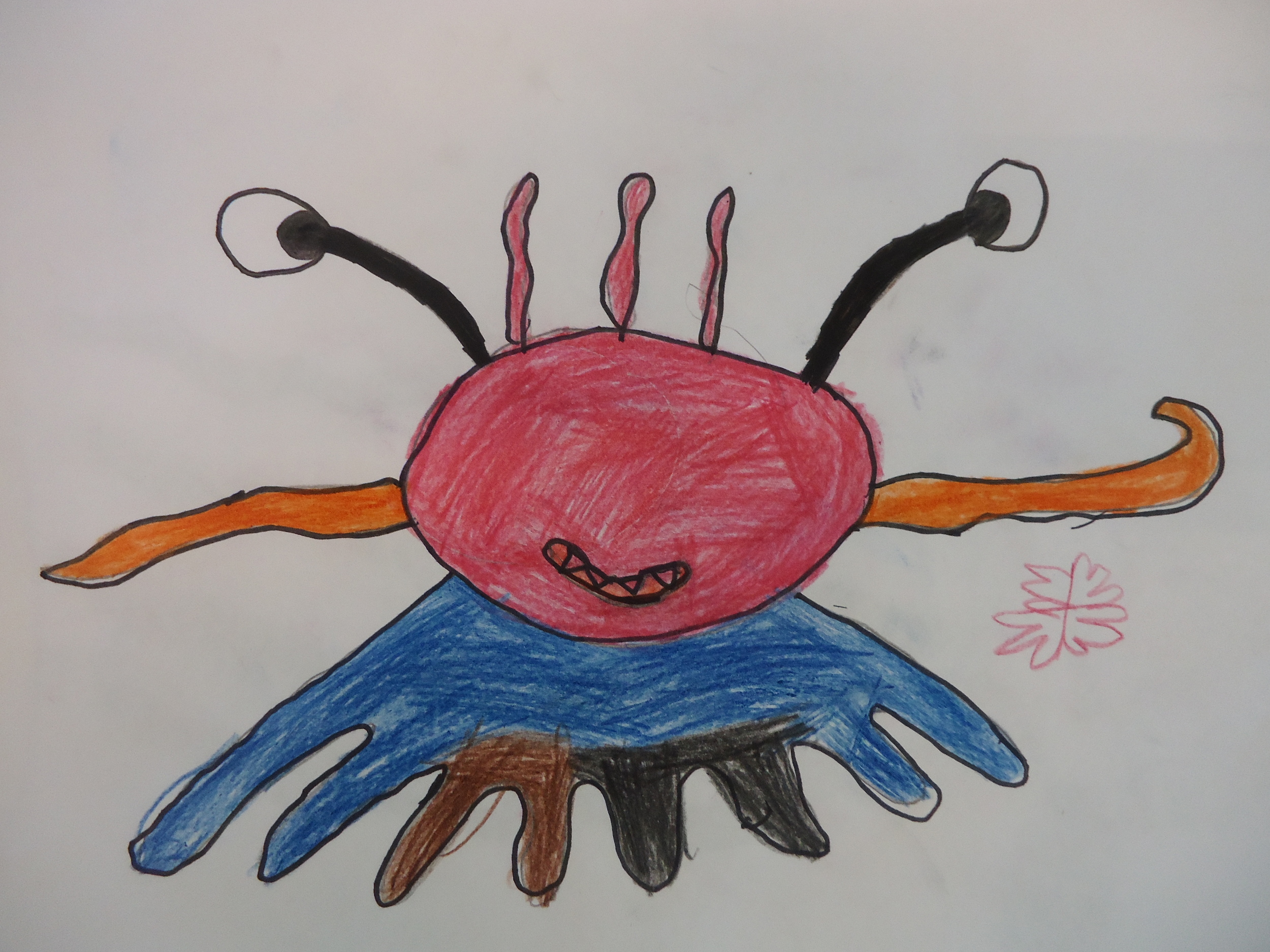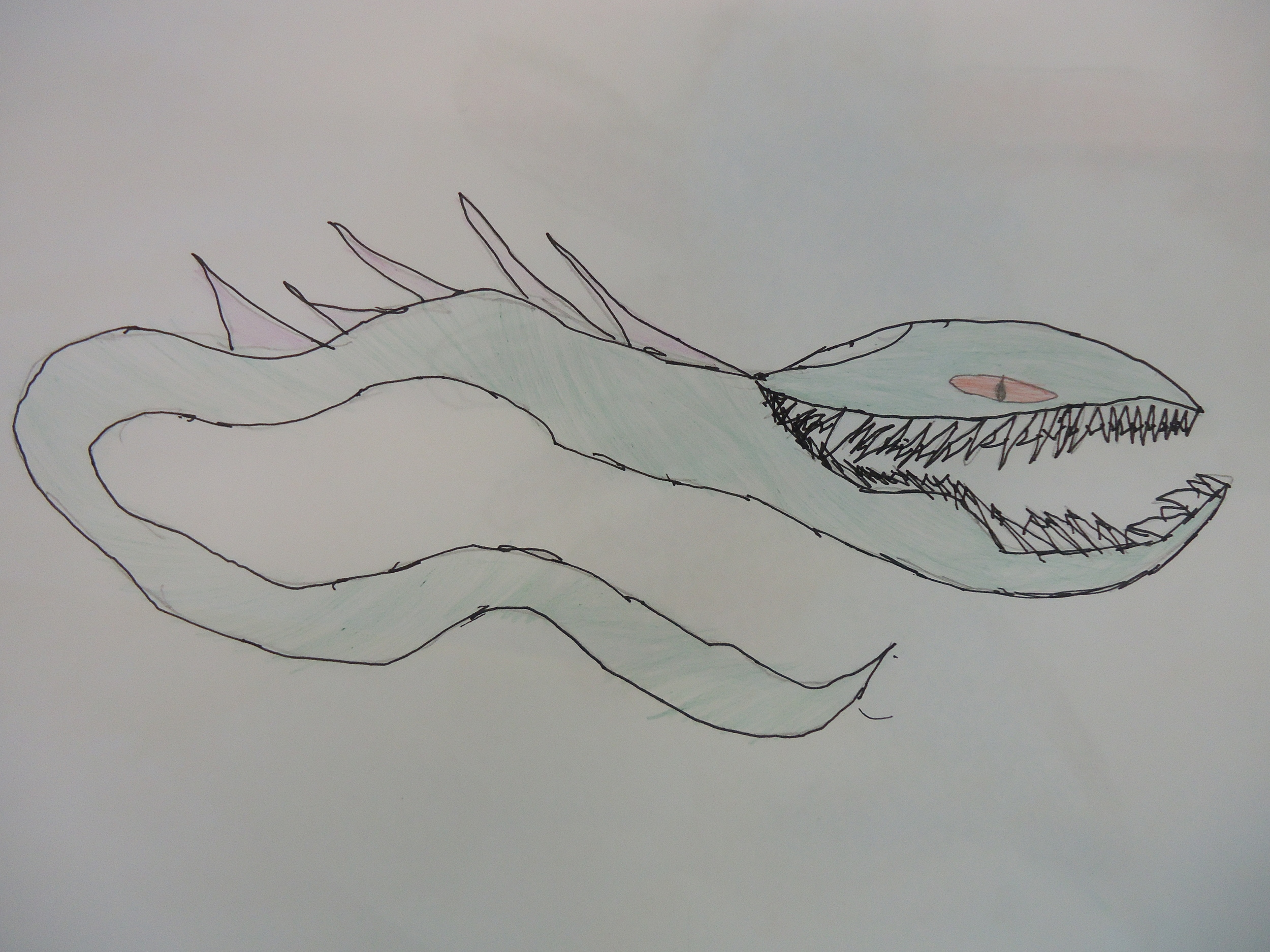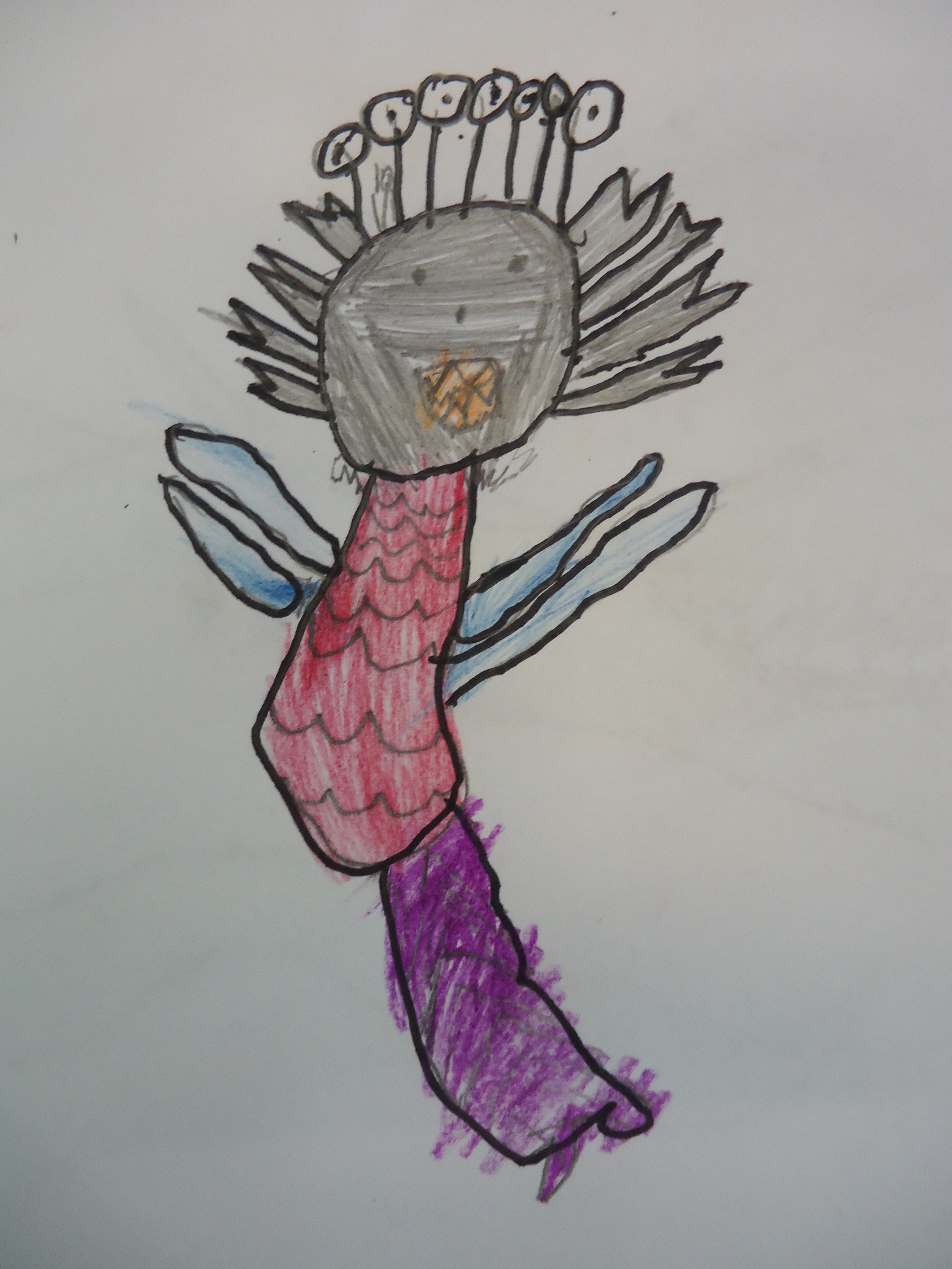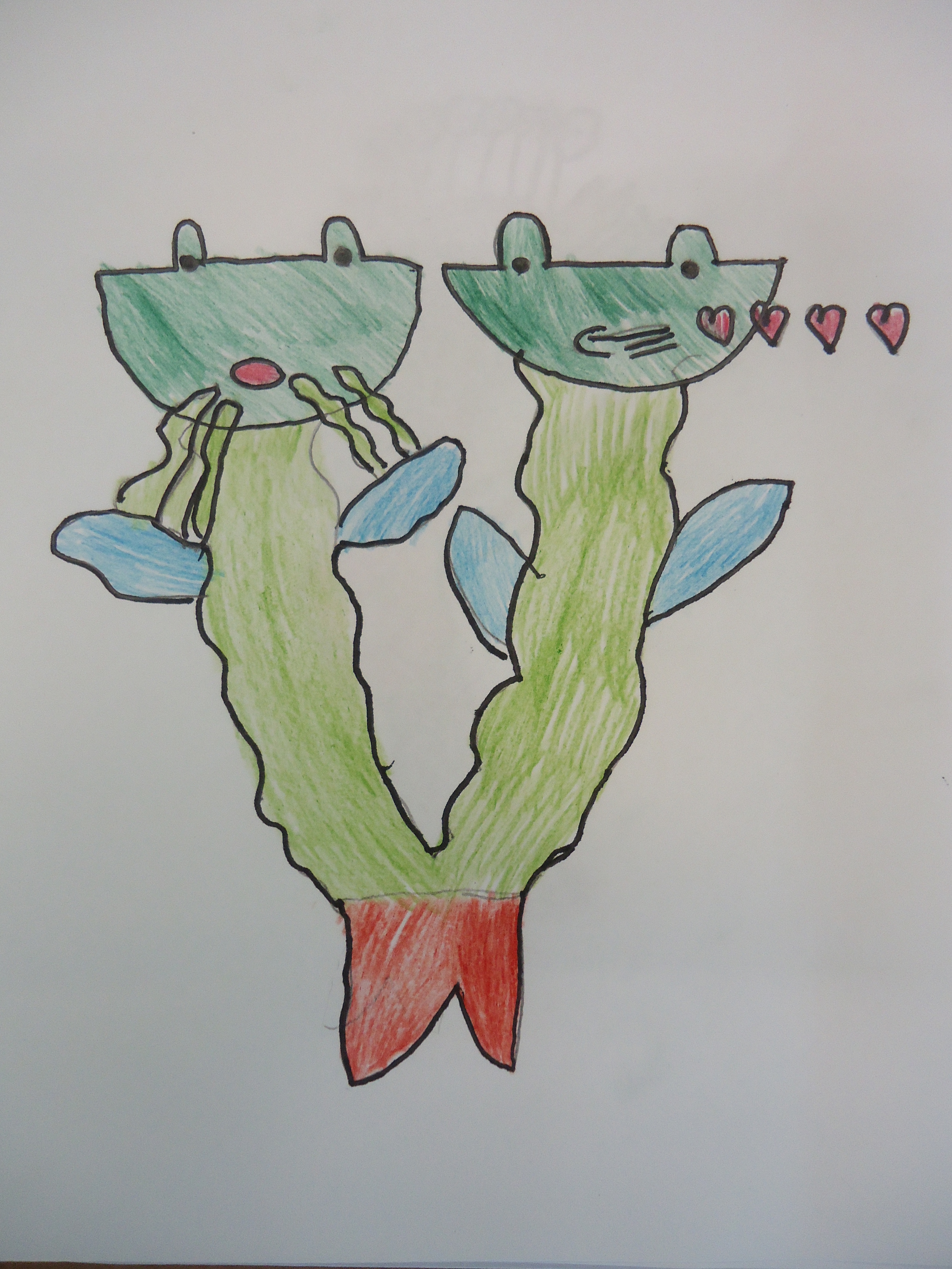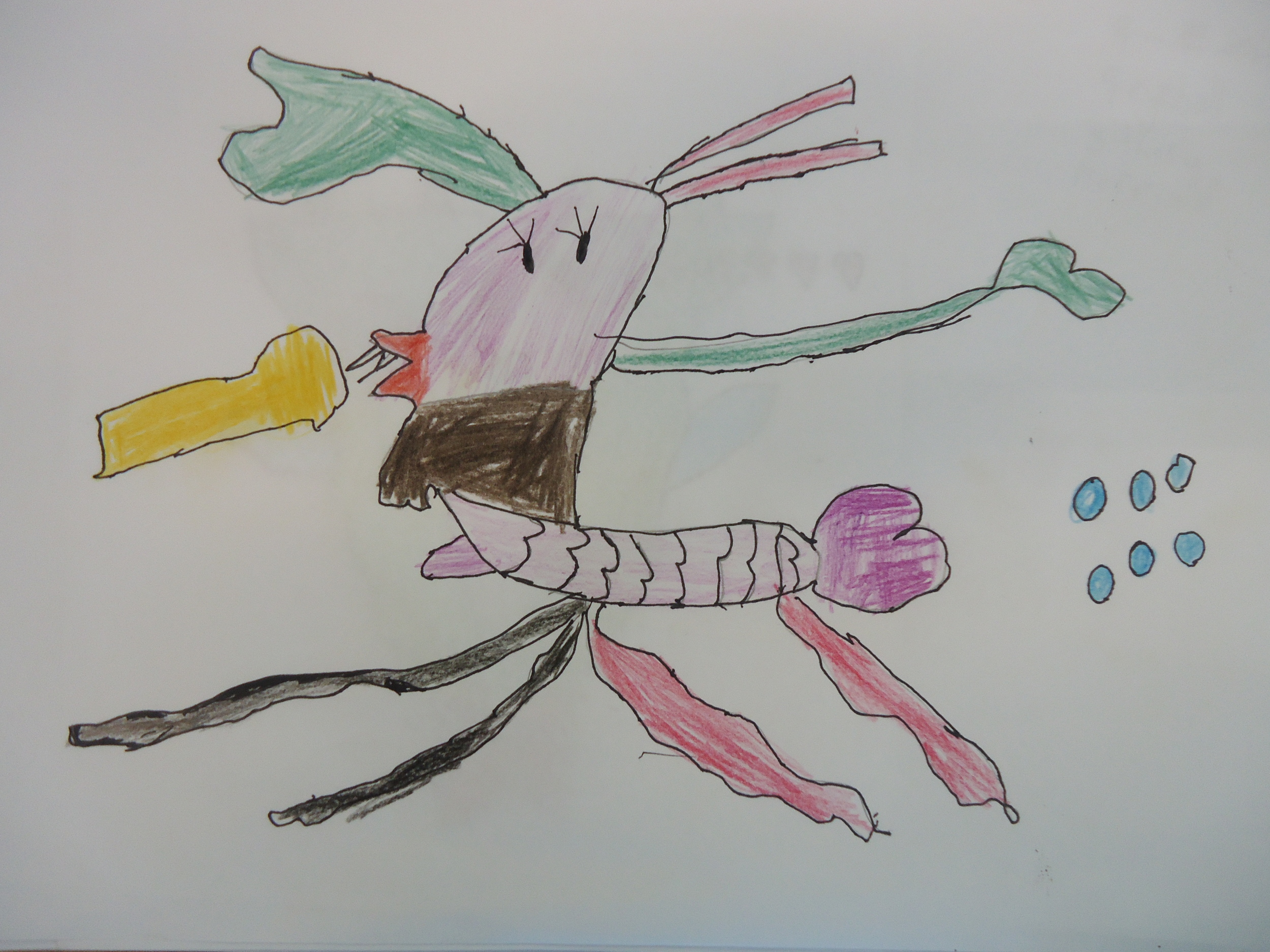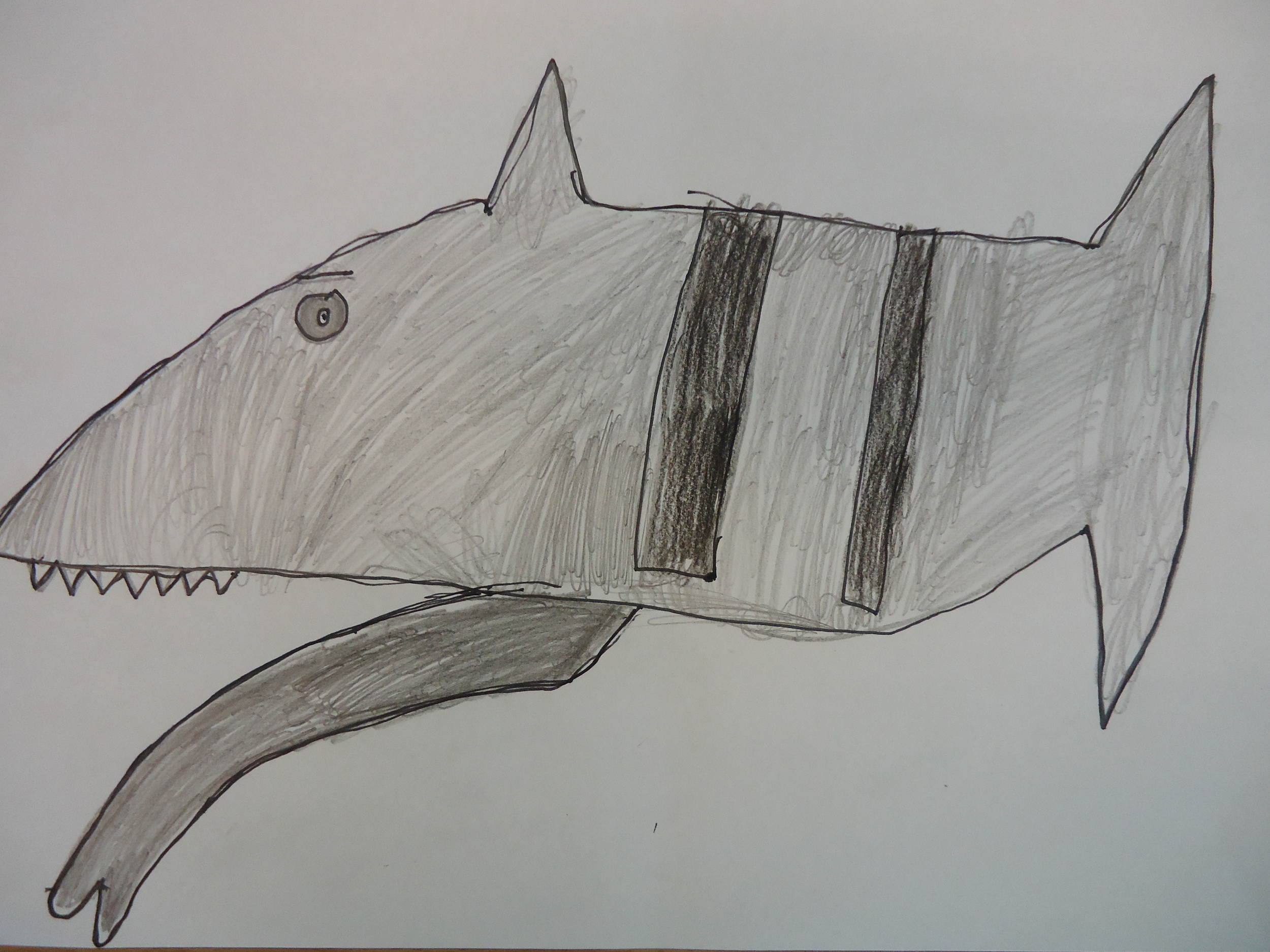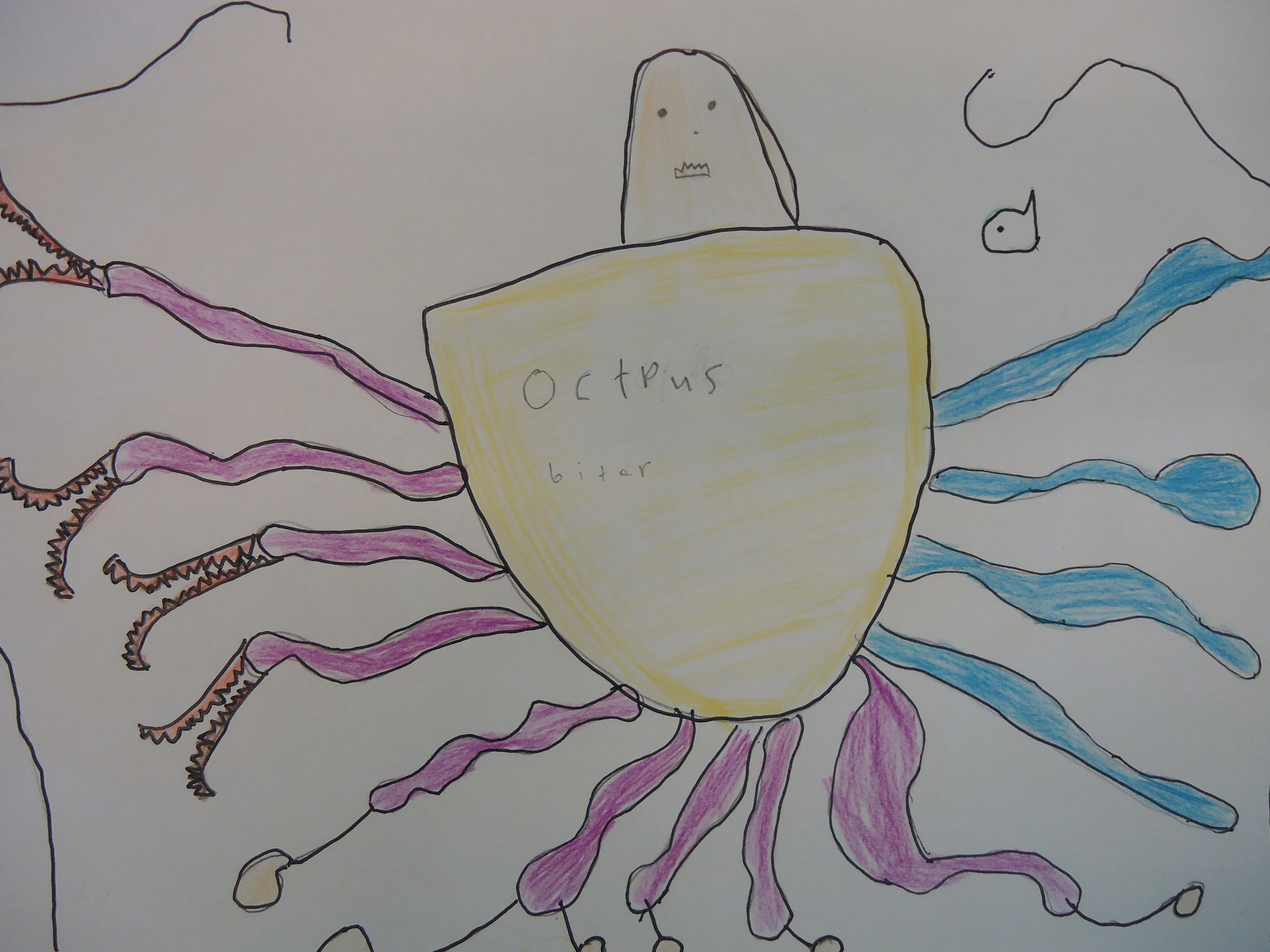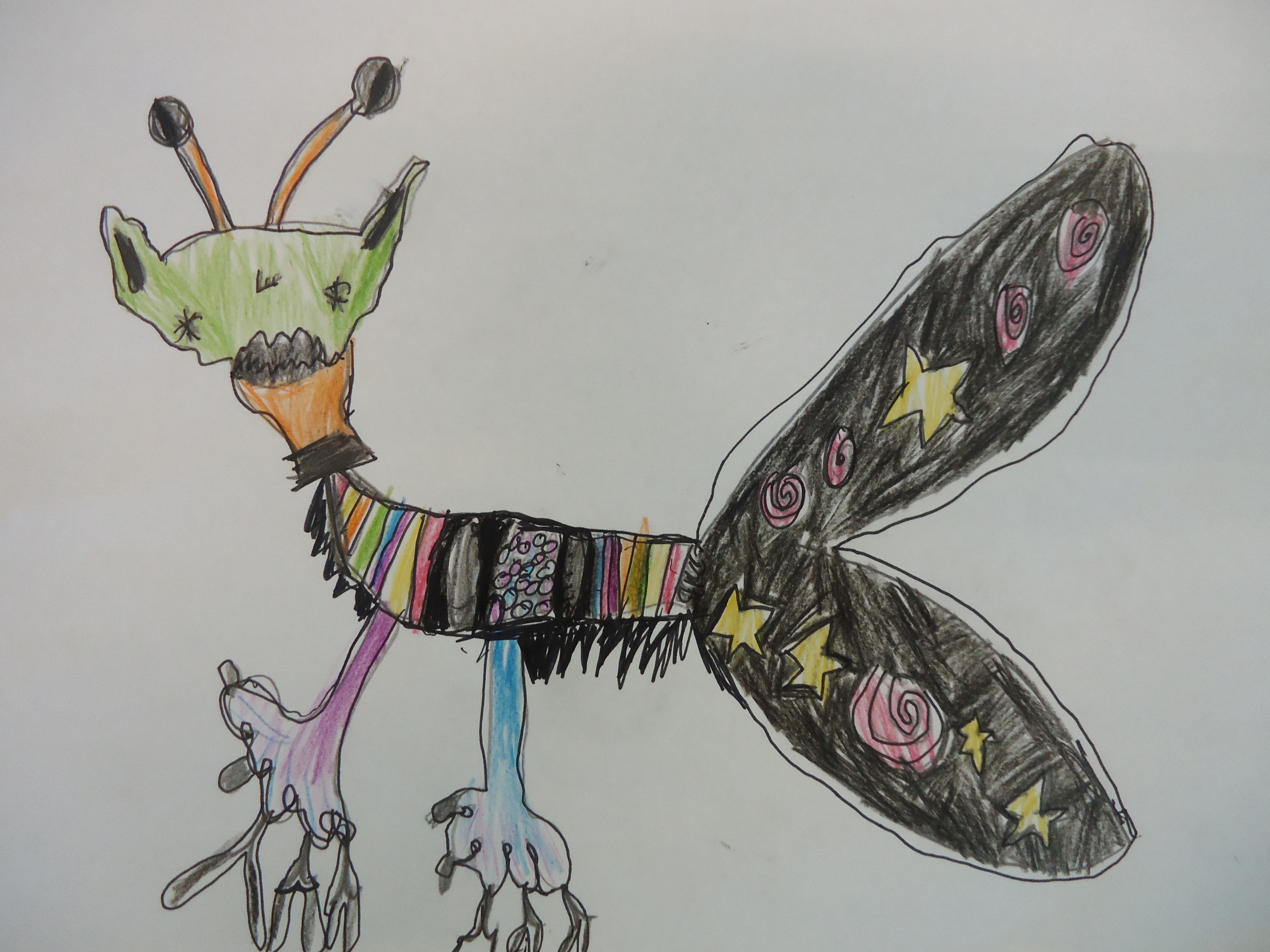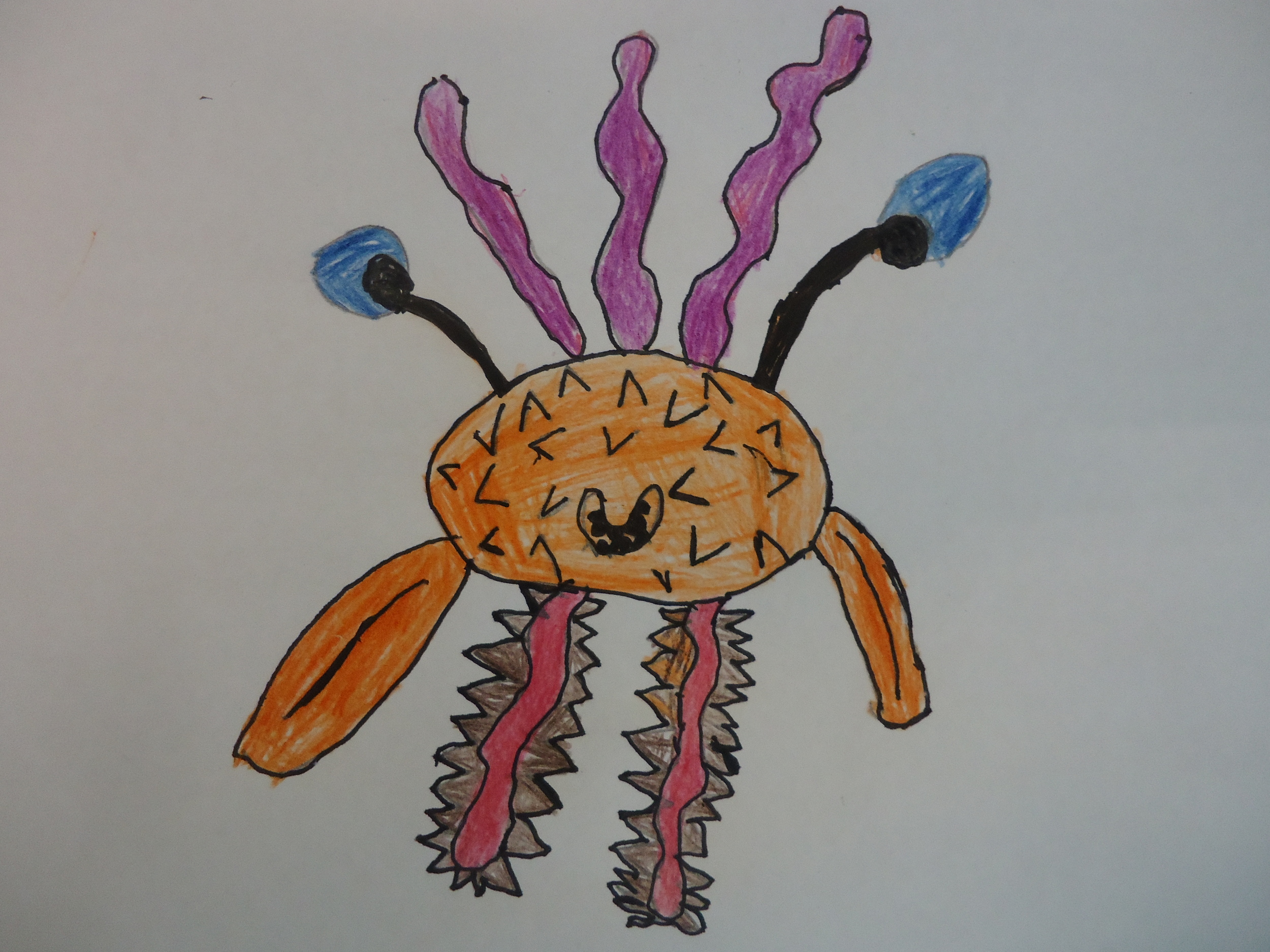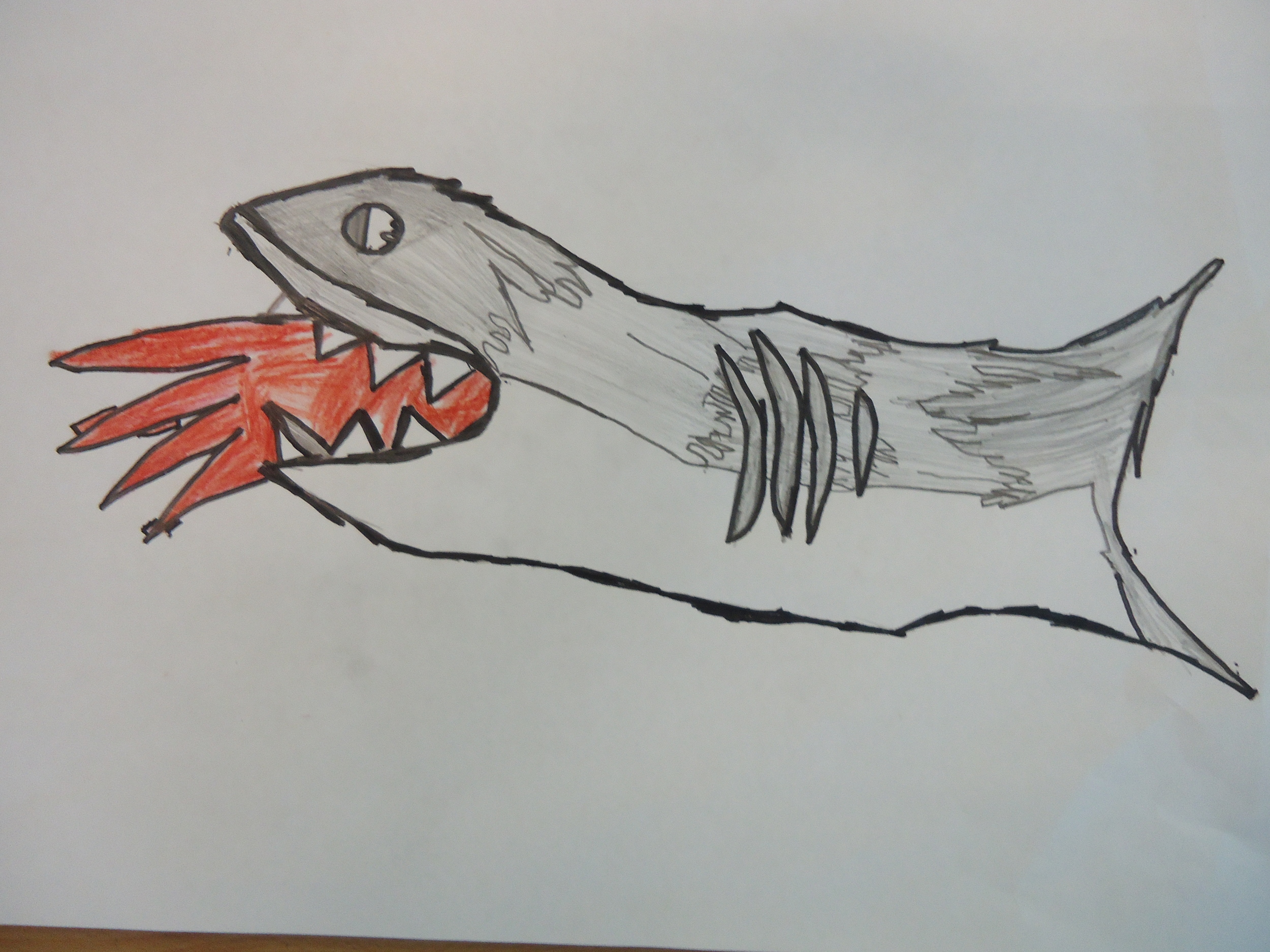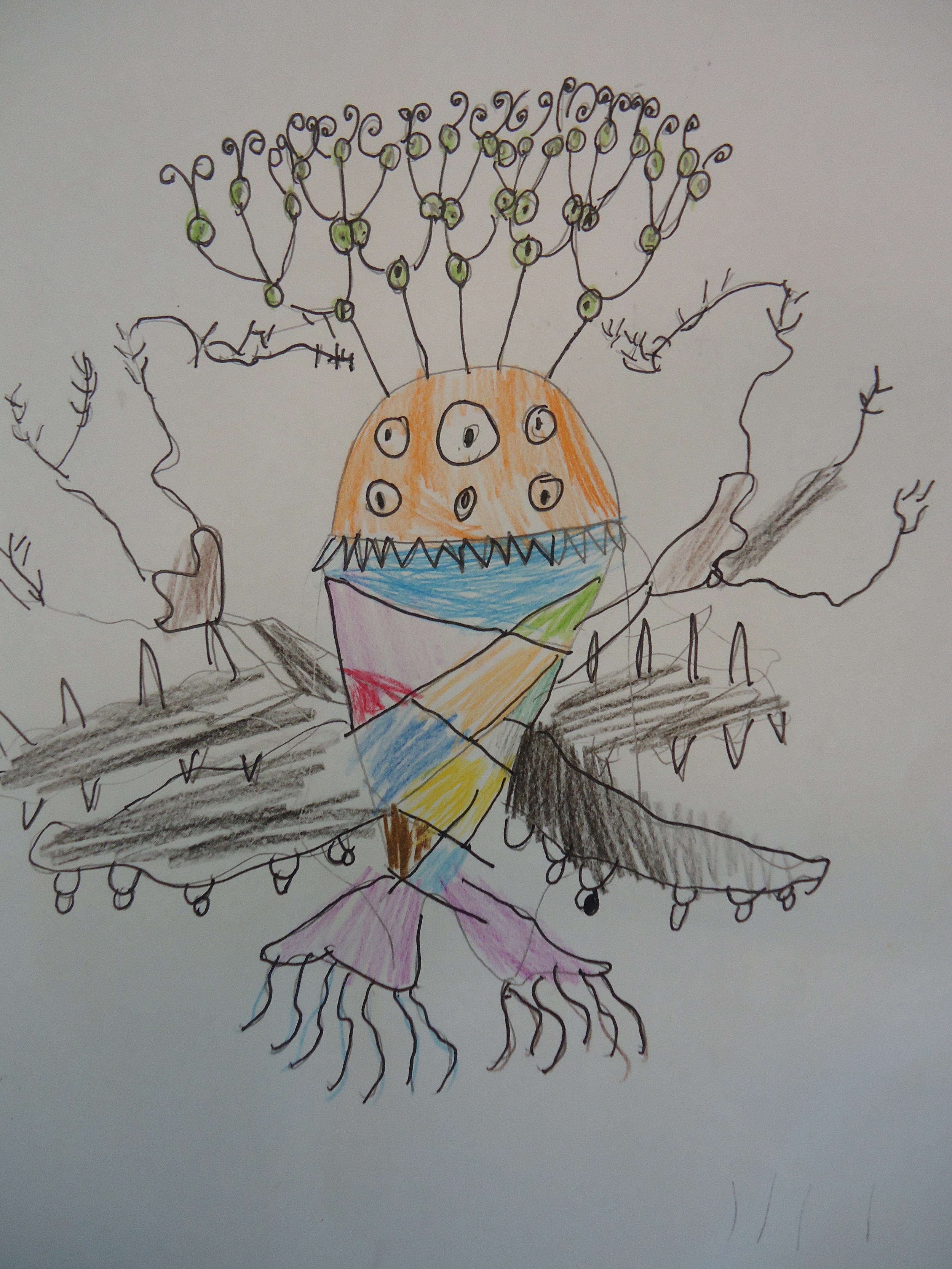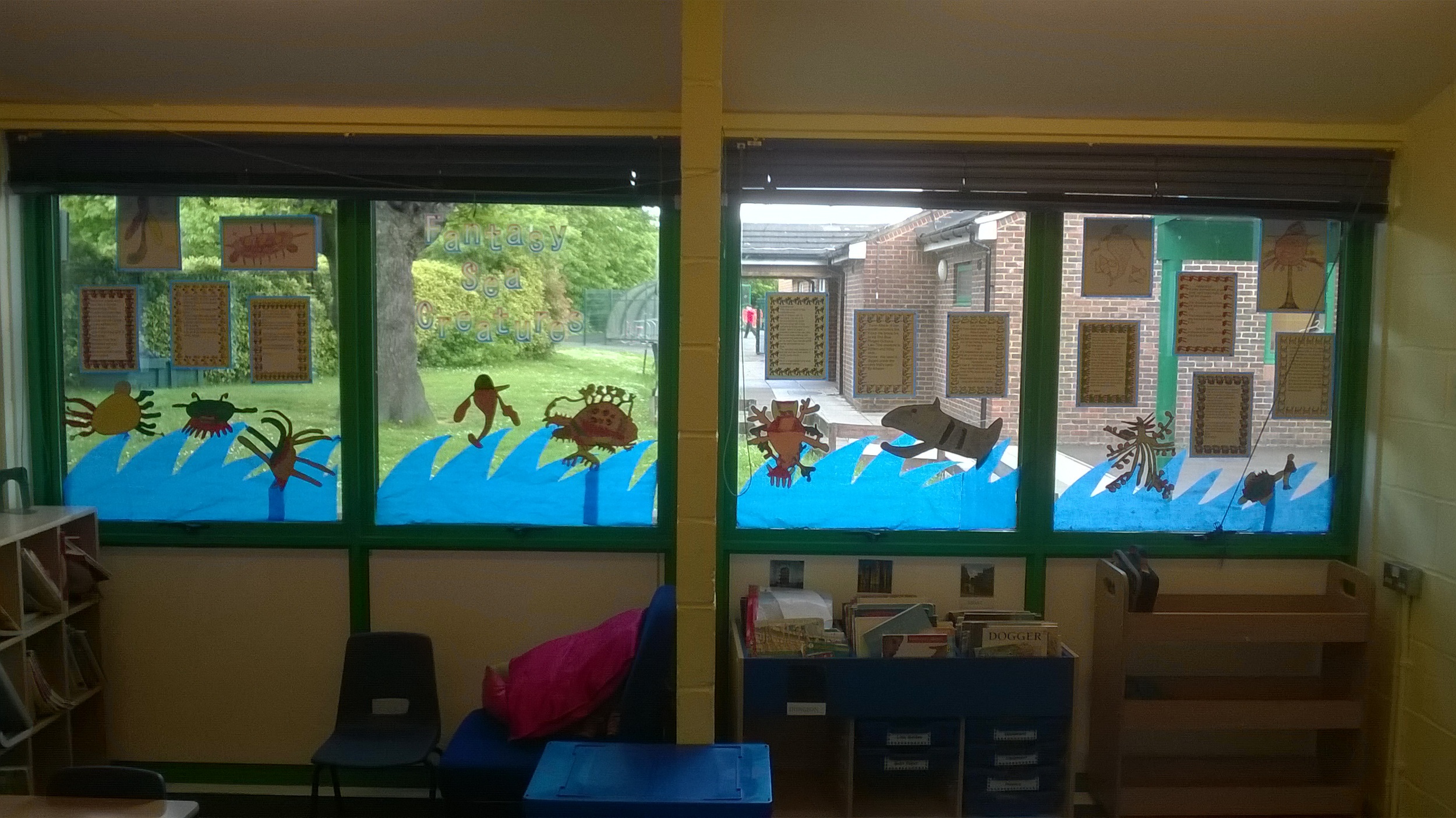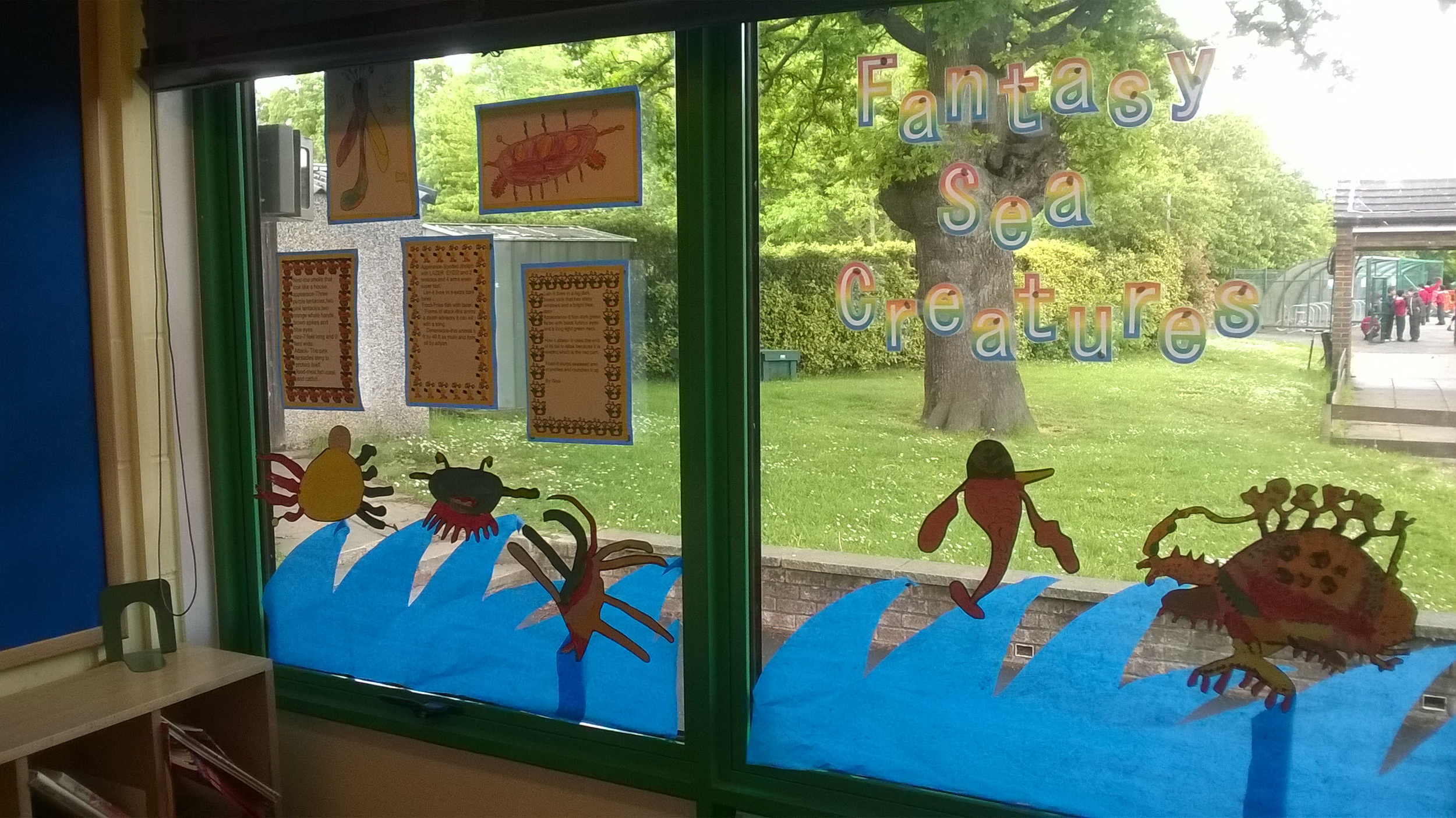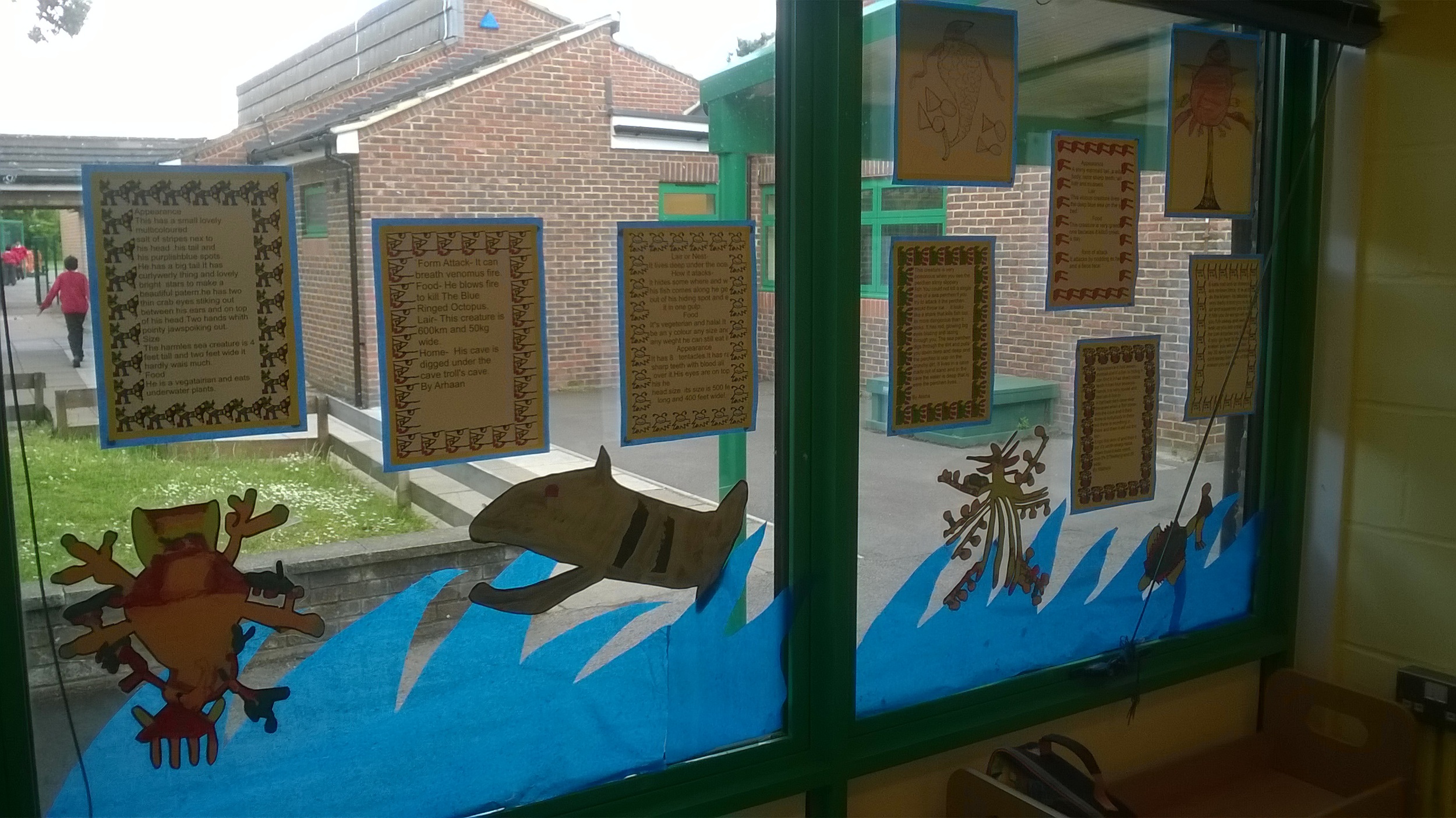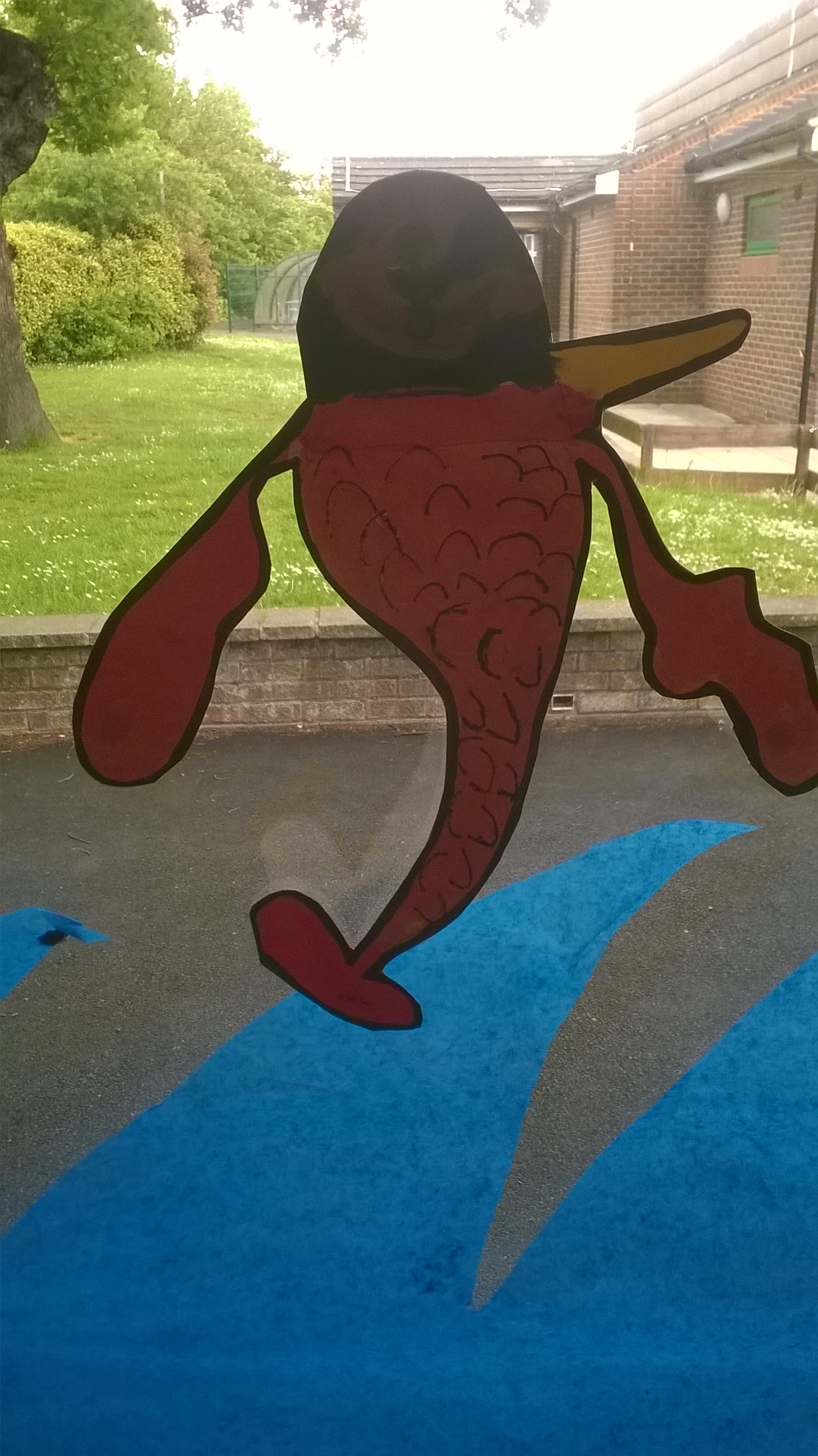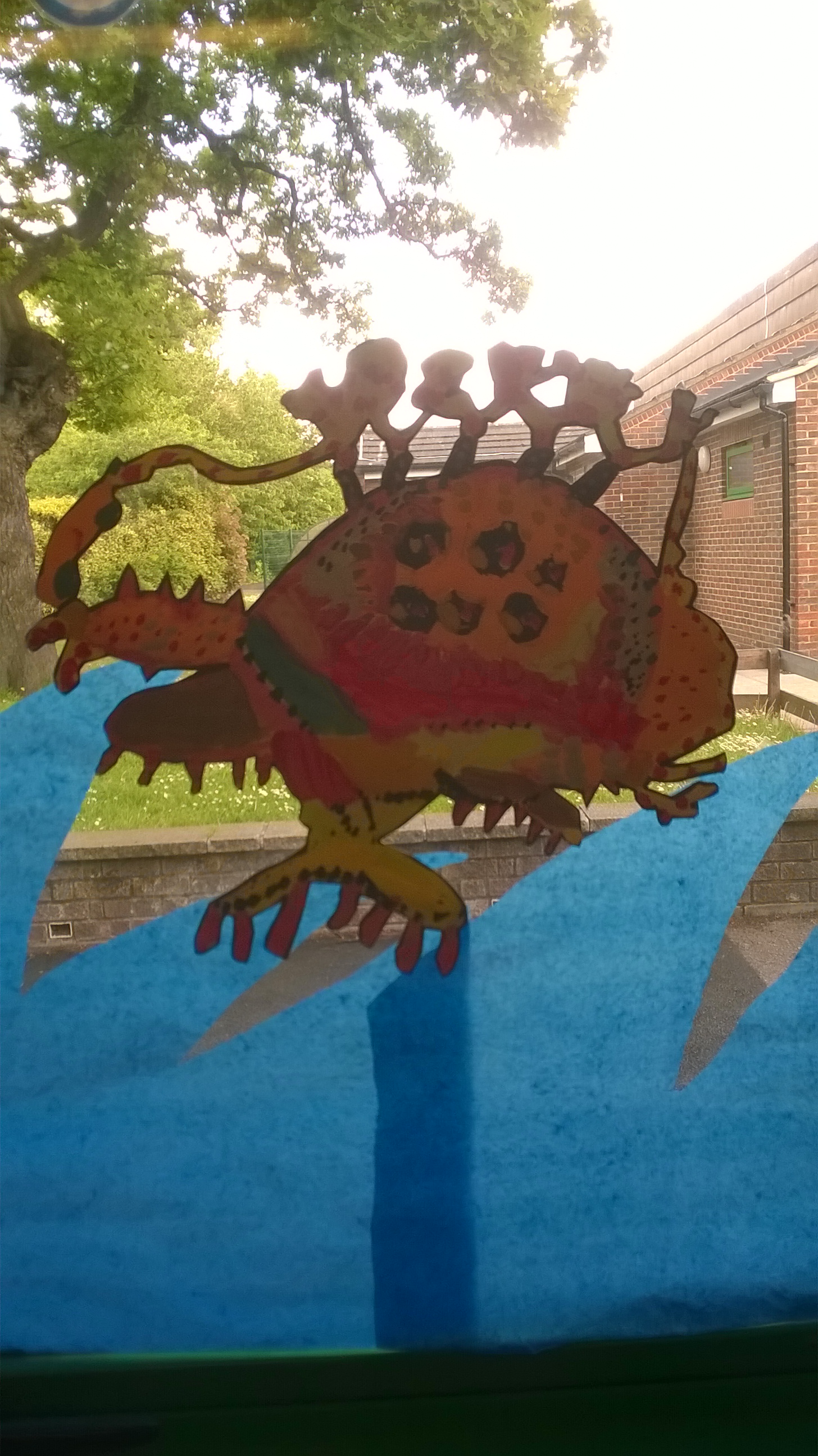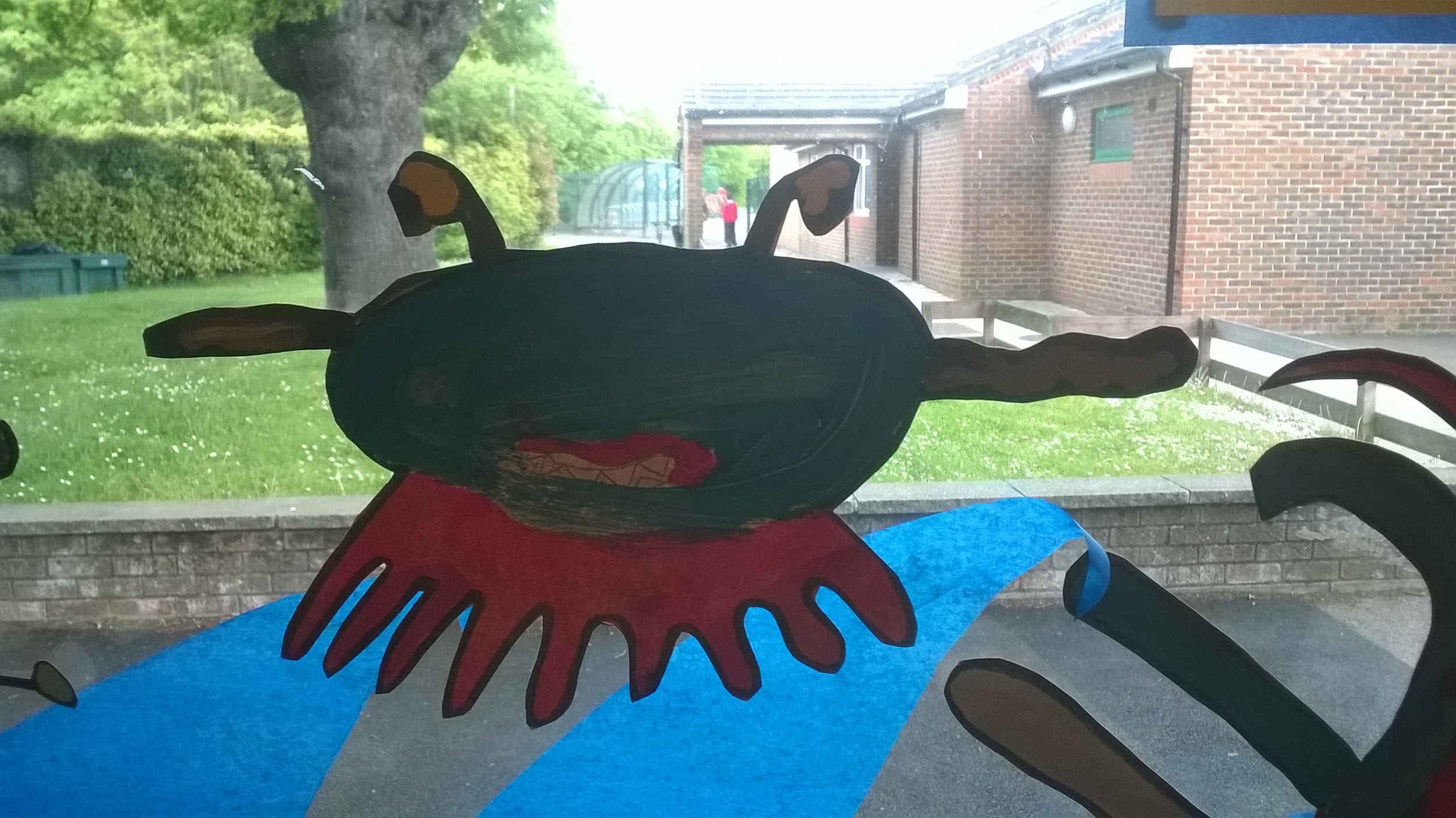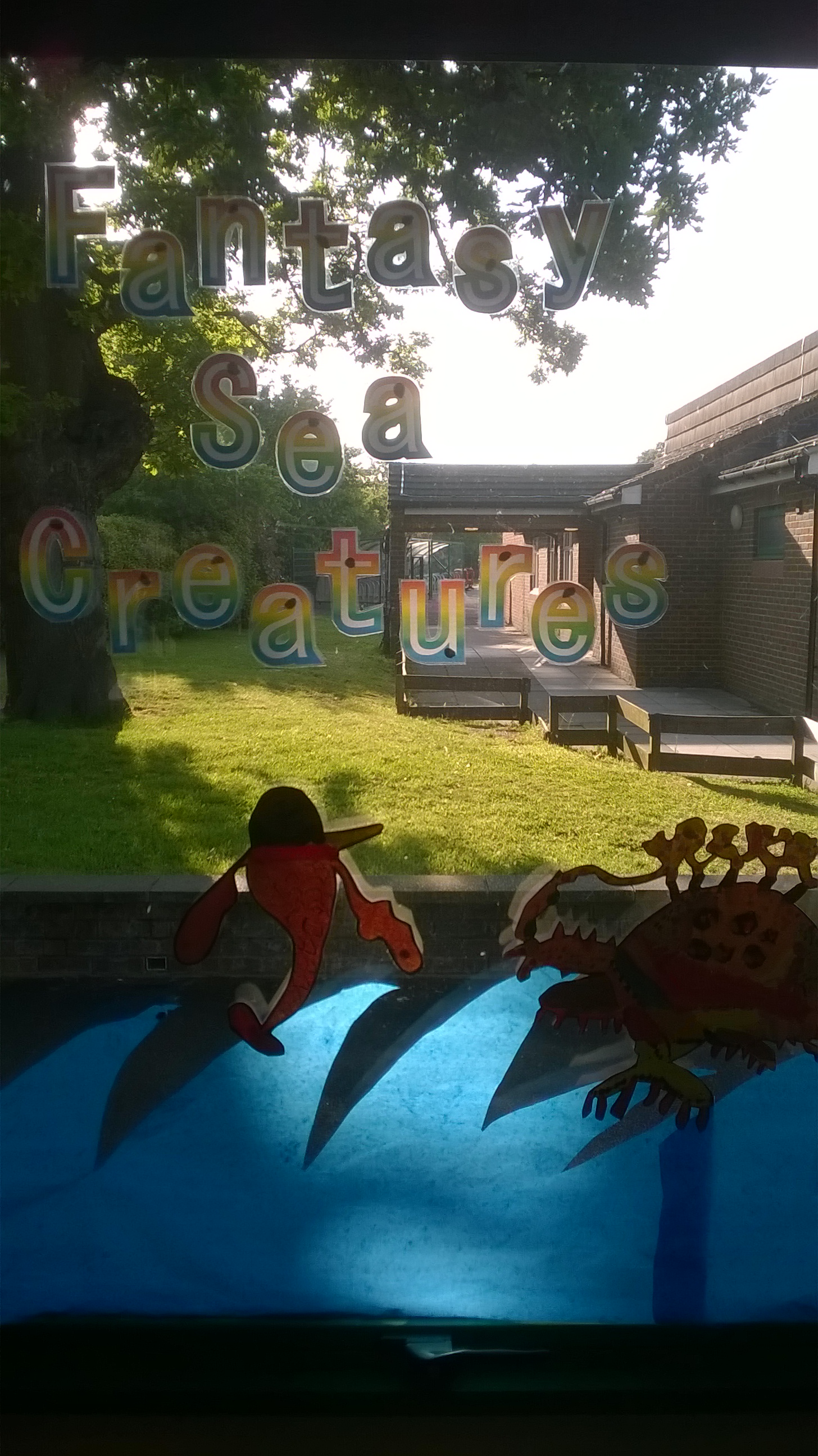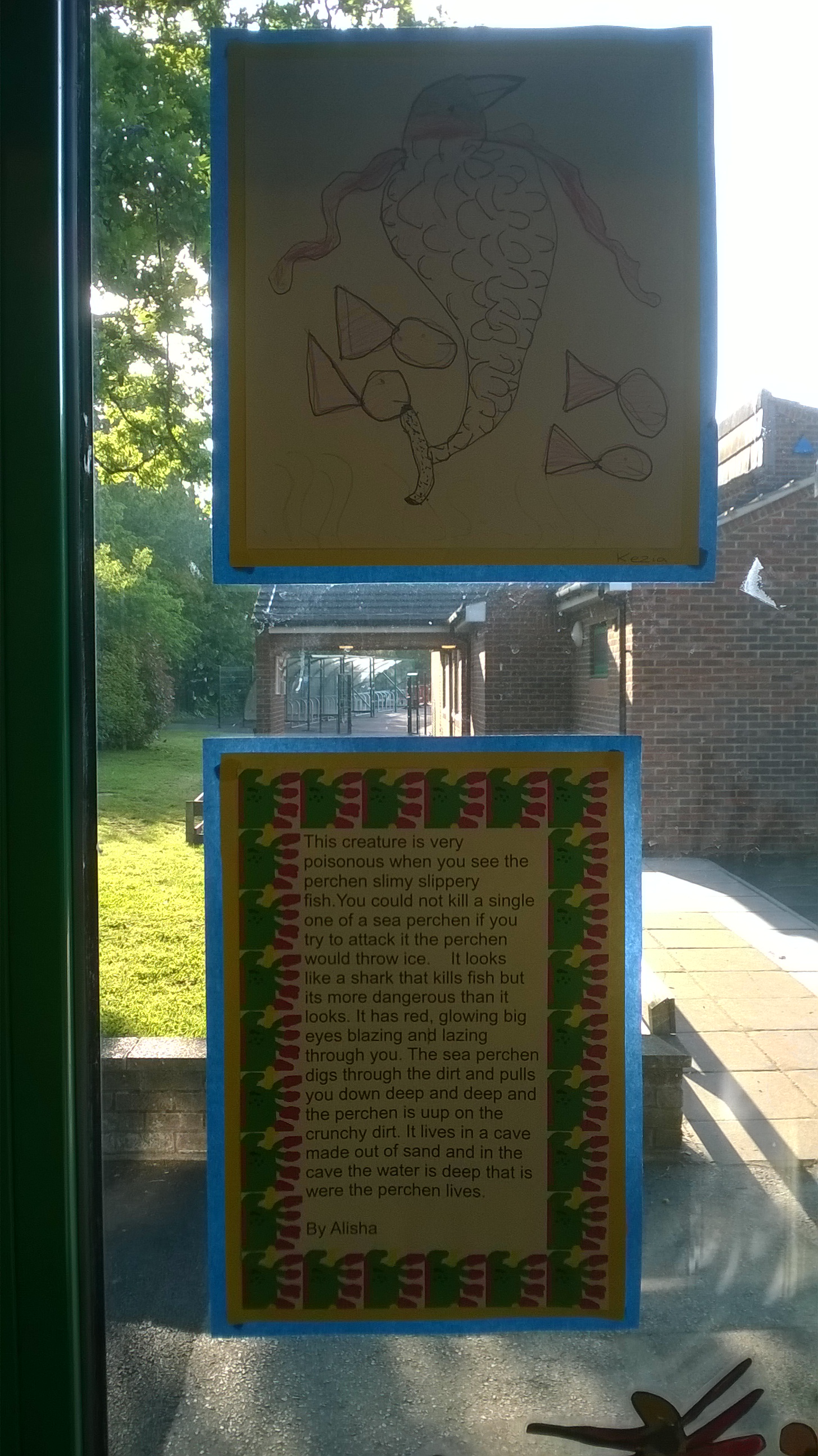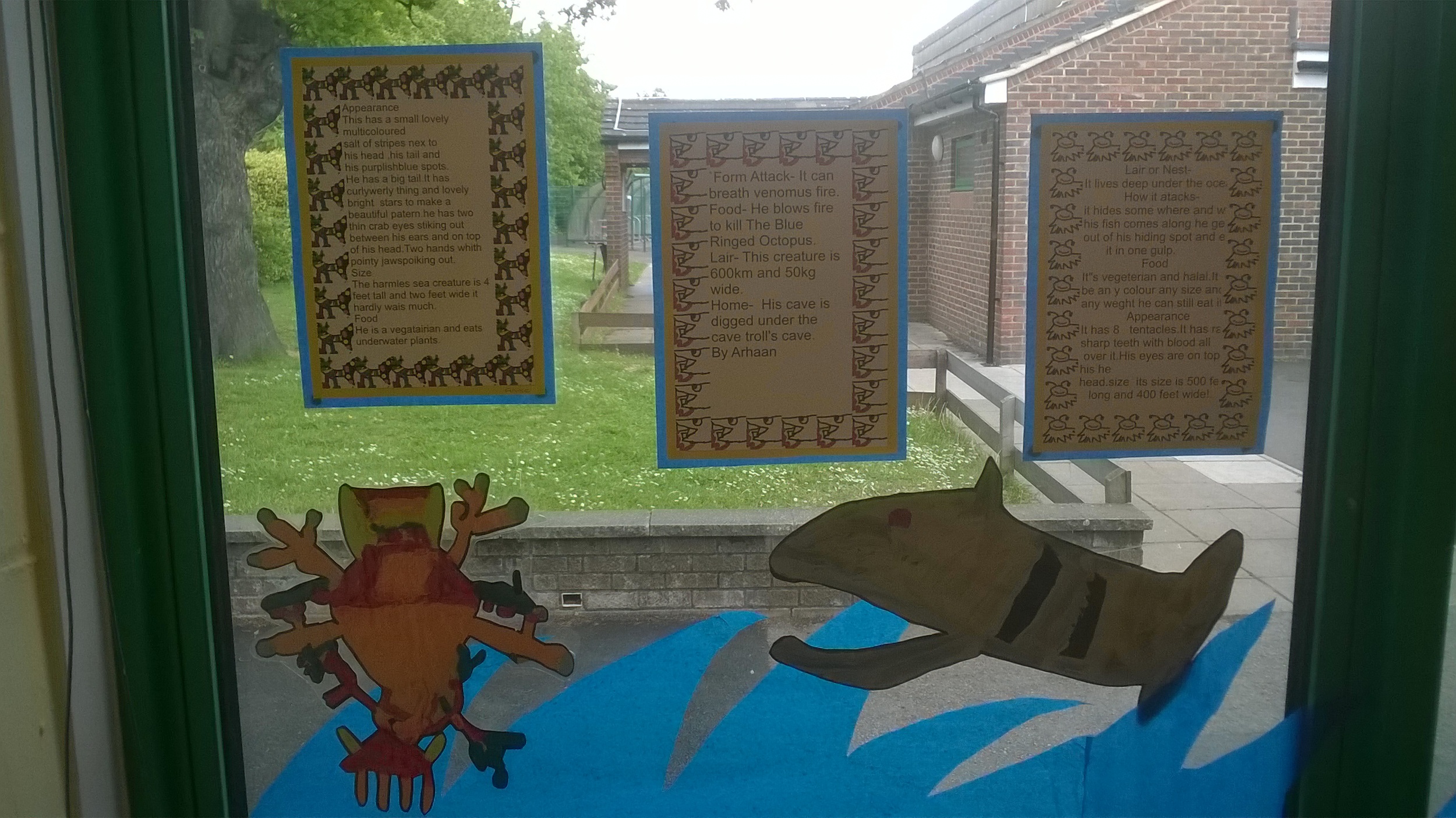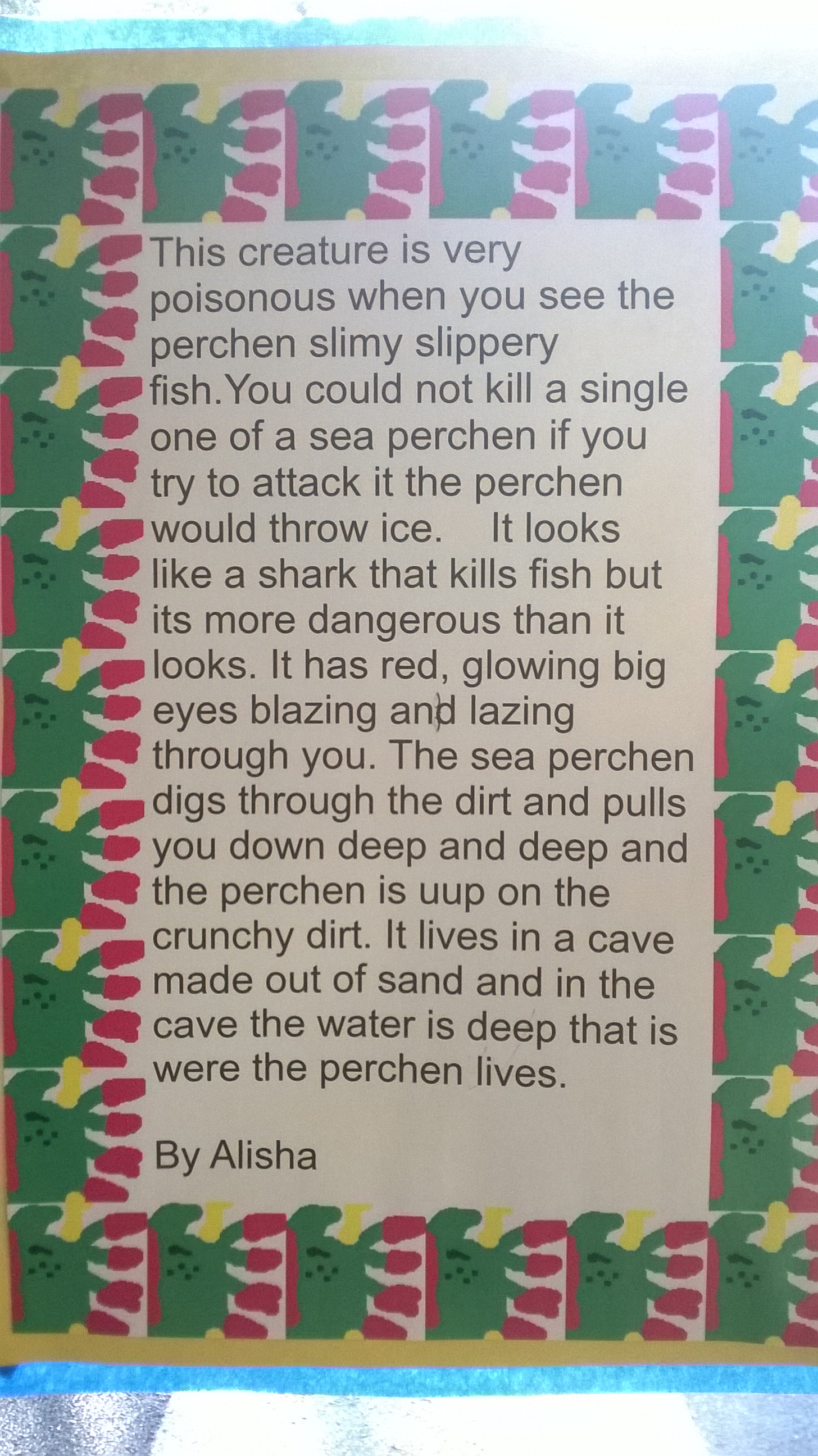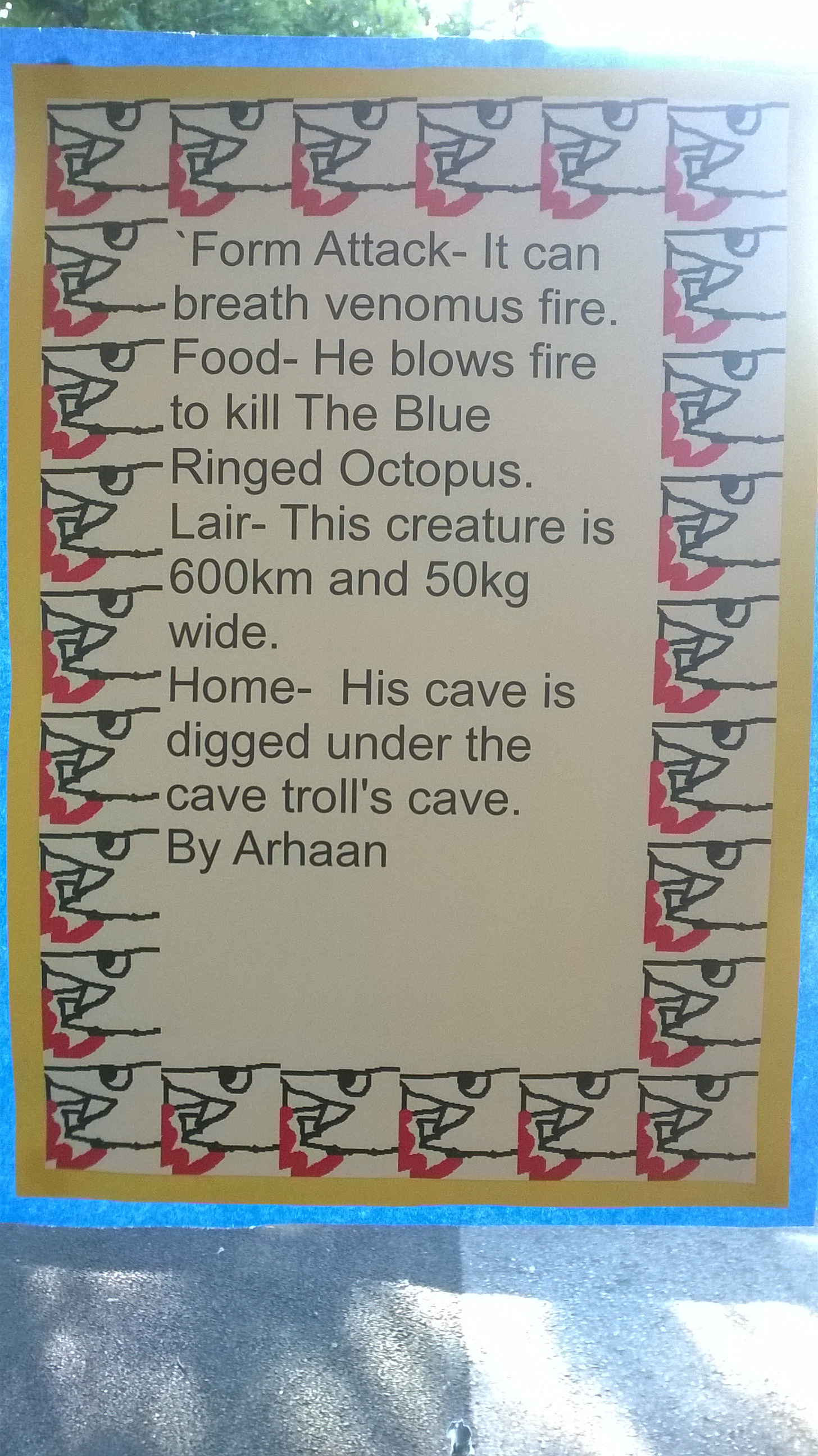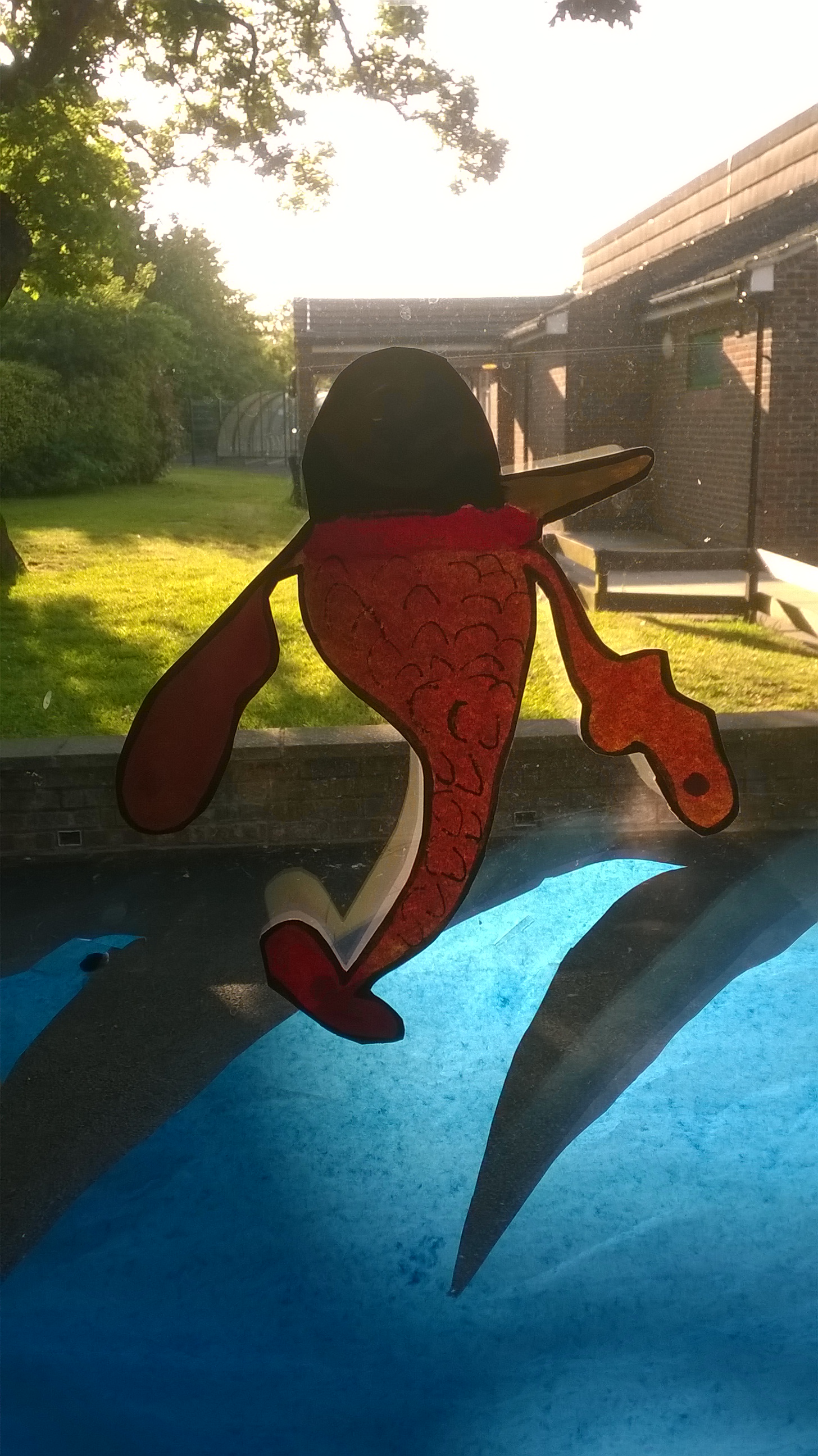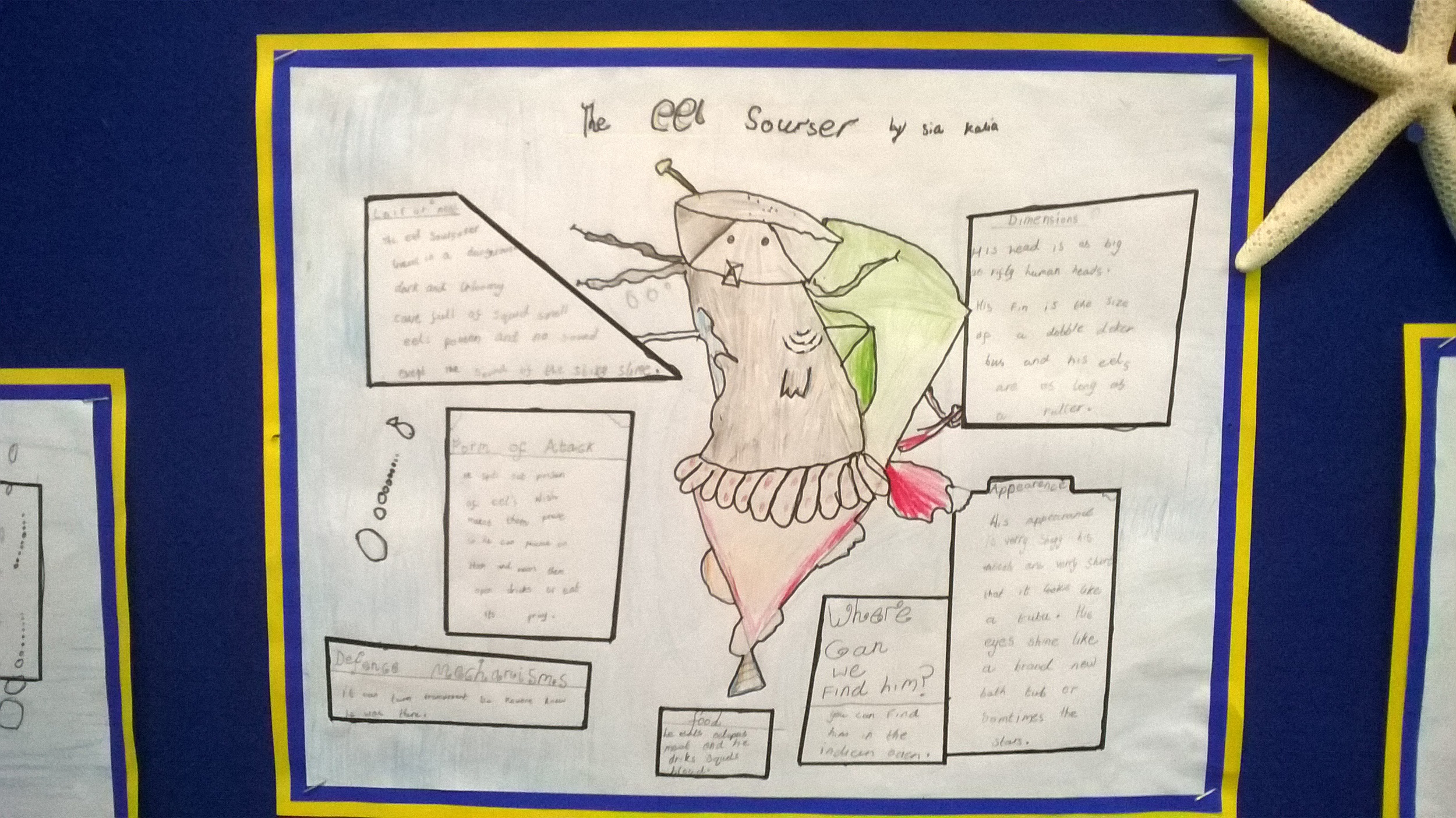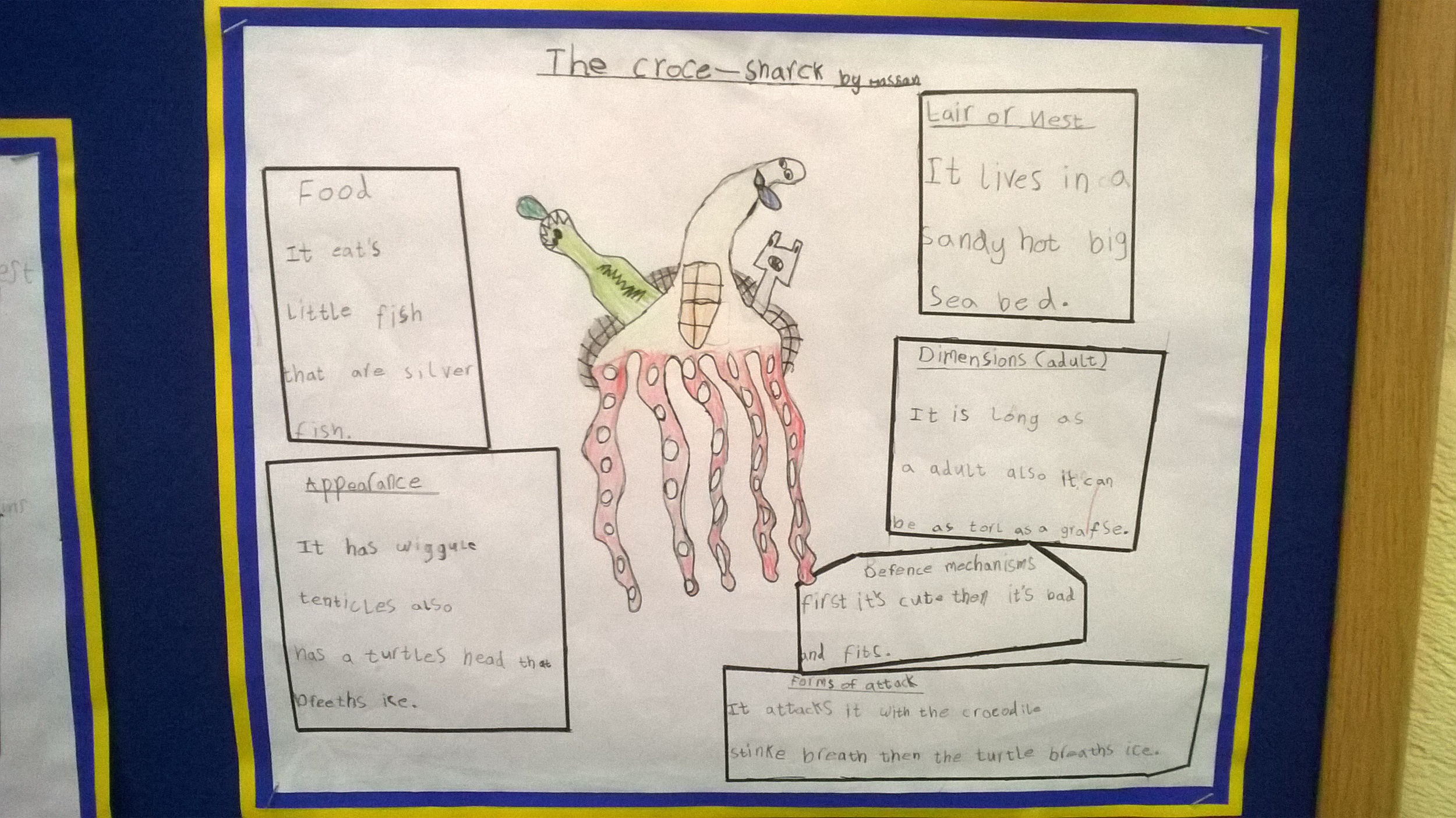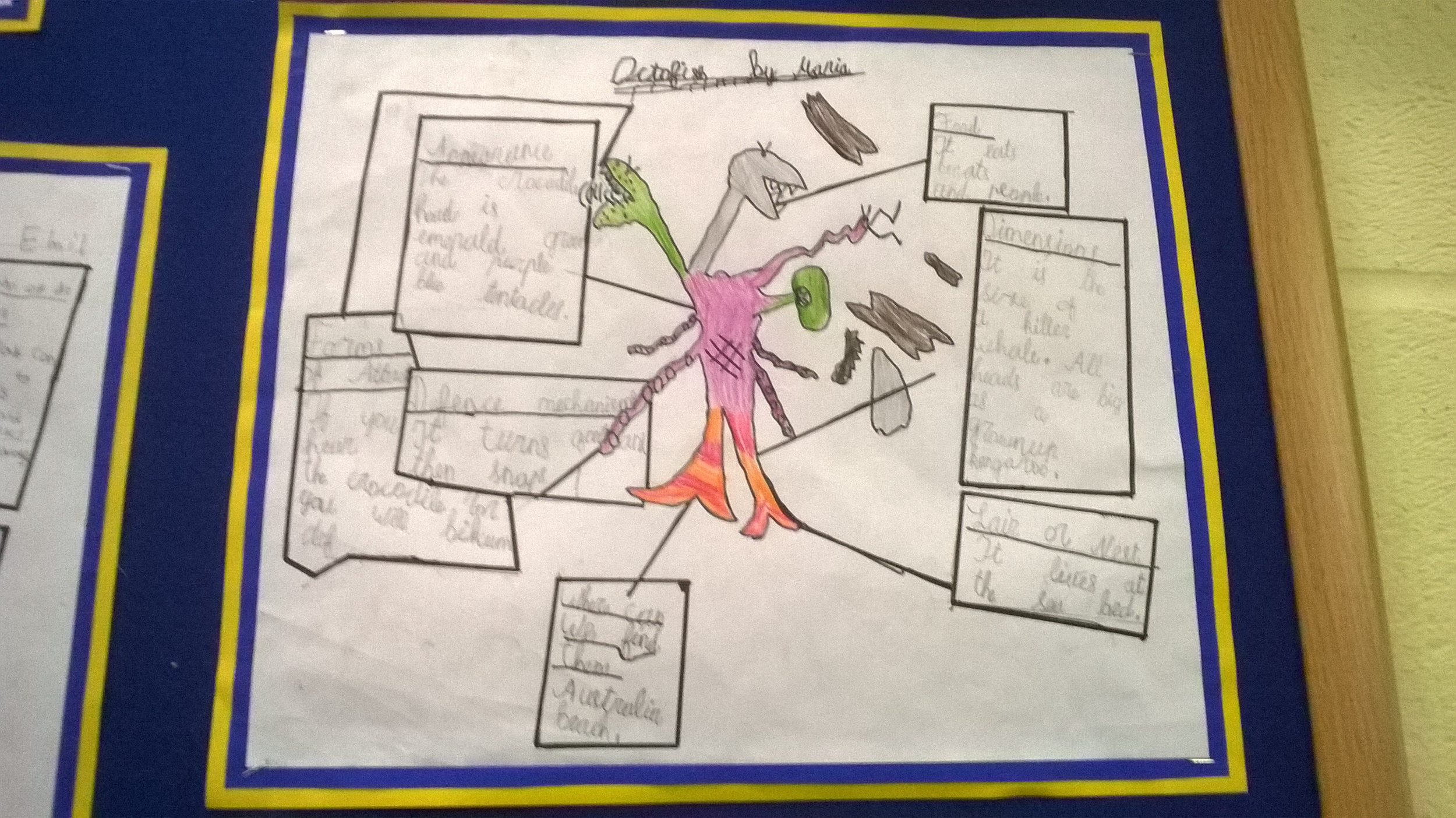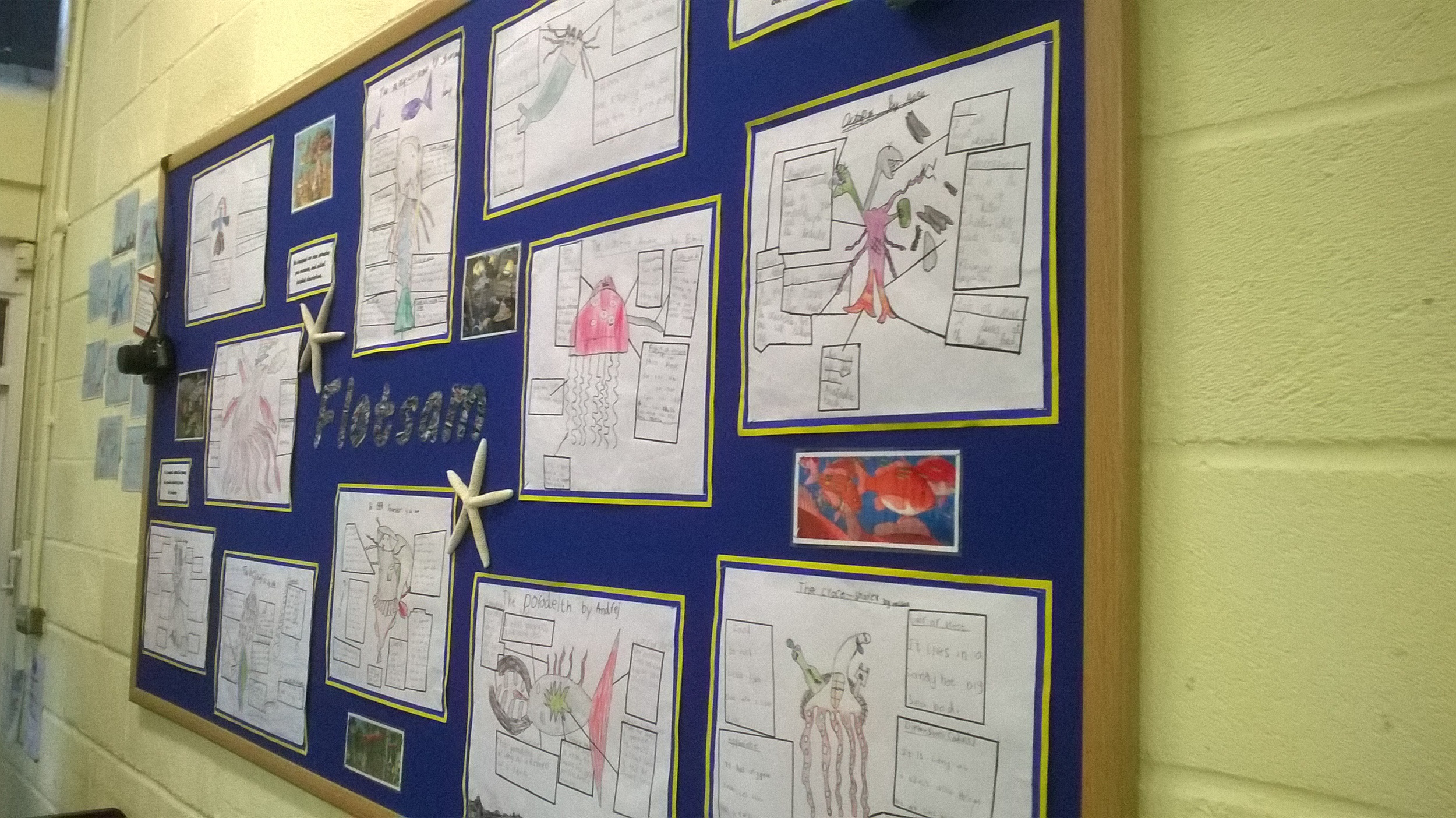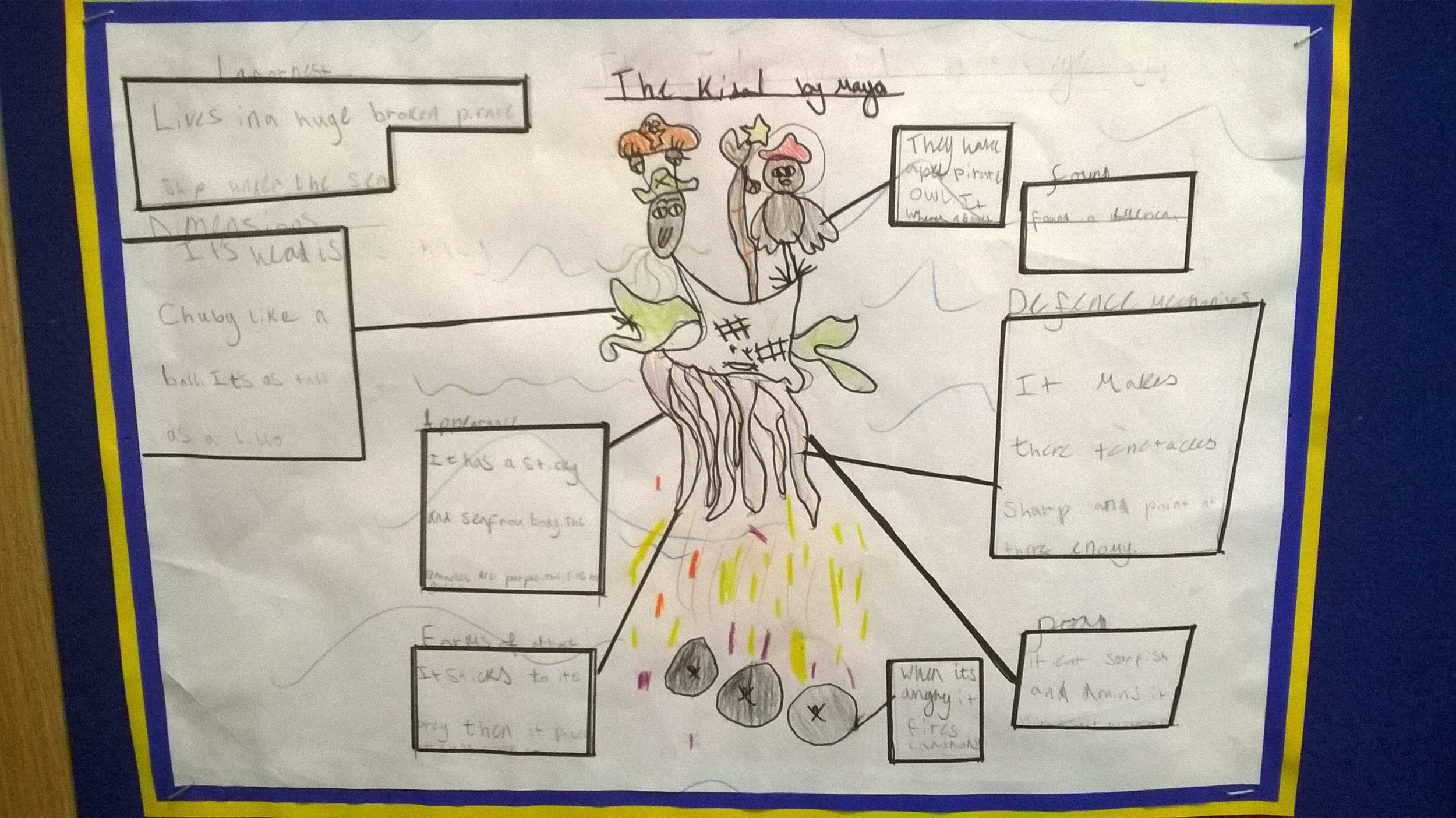As part of the Queen's 90th birthday celebrations I got my class to design and decorate their own corgis. Some of my pupils created designs based on British iconography but others went all out and created designs based on pop culture including comic characters. Here are their designs:
Britto Art Makes Queen Pop
Romero Britto is a Brazilian artist who is famed for the use of bright vibrant colours and bold patterns in his work. His work often represents hope and joy and he has been influenced by a wide range of art including cubism, pop art and graffiti. I first came across his work whilst in Bruges, Belgium, where I saw a Disney themed shop selling characters in wacky colours. I purchased a Mickey Mouse from The Sorcerers Apprentice and it sits on my shelf proudly.
Mickey sits proudly on my shelf amongst my comics.
When looking at celebrating the Queen's 90th birthday, one of the members at my school had the idea of doing a piece of pop art in his style and I thought it was a great idea, so thanks Rachel! Here are some of the pieces my class produced and, I'm sure you'll agree, they definitely stand out!
Inspirational Book Corner
Reading is a wonderful past time but we all know that getting children interested in reading can be a difficult task. To help engage them I worked with the pupils to create an inspirational book corner based on the Tove Jansson characters of the Moomins. The characters are enduring, iconic and whimsical enough to brighten any book corner. I have placed a few comics and graphic novels to engage reluctant readers and hope this wonderful space offer them a chance to engage with a whole universe of possibilities and wonder.
Promoting Healthy Eating
Over the last few years there have been many campaigns highlighting the issue of junk and processed foods. Jamie Oliver led a successful campaign to highlight the poor choice of food available in many school canteens and as a result nutritional guidelines were brought in to tackle the growing child obesity levels in the UK.
Healthy eating is high on the priory of the new curriculum;
As part of their work with food, pupils should be taught how to cook and apply the principles of nutrition and healthy eating. Instilling a love of cooking in pupils will also open a door to one of the great expressions of human creativity. Learning how to cook is a crucial life skill that enables pupils to feed themselves and others affordably and well, now and in later life.
There are many resources available onlineand here I want to share a few that I have done in my school. Chipotle created a powerful video showing how food is processed, this is a powerful talking point about practise of battery farming versus free range.
Tesco also run From Farm To Fork workshops across the country where children can visit Tesco stores and learn that fruit and vegetables are healthy foods and that they should aim to eat at least five portions a day. They also learn where sugar comes from, as well as how to read nutritional charts to avoid eating more sugar than the recommended allowance. The class get a chance to taste and find out about healthy snacks and even make fruit kebabs. The sessions are free and a great way to engage all the pupils.
Tesco's Farm To Fork is a great initiative which allows children to find out where food comes from and its nutritional content.
Fooducate is a great app which lets you scan barcodes for its nutritional content.
Fooducate is a free app that allows you to scan the barcode of food items and it breaks down the nutritional content of it in an easy to understand interface. This was particularly great when the children were asked to investigate the amount of sugar food contained. We discussed the concept of hidden sugars and it opened their eyes to the fact that a lot of the food they thought healthy, were in fact anything but. We live in a fortunate time where there is a wealth of information about healthy eating, as educators we should ensure that the children are informed and can make their own choices wisely.
LINK- From Farm to Fork (Tesco)
LINK- D and T Healthy Eating Lesson plans (Healthy Indian Meal)
Electronic Orchestra
A musical trend has growing exponentially throughout Europe and that is the Chiptune. This musical movement reuses old videogames hardware like Nintendo’s GameBoy, NES, Atari ST, Amiga and the Commodore 64 to turn them into a tool capable of creating a new sound, a modern tempo and an innovative musical style. This is a new way of interpreting music performed by a great many artists who show their skills in turning these “limited” machines designed for leisure in the 80’s into surprising musical instruments and graphical tools.
Jumping on this is the new wave of people creating electronic orchestra's using old technologies to create a cohesive whole. I have been experimenting on this by using some of the technology in my cupboard. I did this by using a 5 way splitter, a Nintendo DS and the game Electroplankton, the PSP with the game Beaterator and a variety of free music app on the ipad. I then used a phono cable to connect all this to external speakers and my laptop which contained Audacity, a free to use recording software. I have embedded the result below. Now I don't pretend to be the next Mike Oldfield or Jean Michel Jarre but the fun of doing this as a class to produce a final piece of electronic music is too exciting. I have a group in my class who don't all get on- what better way to promote teamwork and harmony then by producing... well, harmonies. I'll let you know how it goes!
Low Poly Art
This term our learning journey has been about the Romans and part of that journey has included the story of Pompeii. Working with my class we have been creating poems and collages on our topic of volcanos.
For some of the pupils I gave an extension task of creating a low poly volcano scene. I was inspired to create low poly art by the recent wave of games which use this aesthetic to create beautiful stylised pieces. Low poly first gained real prominence with the first wave of polygon games on the Playstation (which celebrates its 20th anniversary this year), looking at the image below you can see that the art was in it's early stages but there was a cubist beauty to its angles and contours. I've written in detail about the return of low poly art here.
One of the best examples of polygons in the Playstation era- Spyro was loved by millions.
To create the low poly art we used the software Polygen, a free app on iOS which was very simple and quick to use. The children selected picture of a volcano and then tapped the vertices, once this was done they finalised their work and these are the results
We do not have Photoshop at my school yet but there is a great guide on how to use this piece of software to make more detailed and striking low poly art. Low poly is here and it's the new wave in retro gaming inspired art.
Infographics
Information graphics or infographics are visual representations of information, data or knowledge. The purpose of infographics is to present information quickly and clearly. The three parts of all infographics are the visual, the content, and the knowledge. In this fast-paced world where there is so much information and data flooding your senses infographics offer a pretty neat way to present data in a simplistic and very visual way. We have been creating infographics over the past year in my class to present what we have leaernt and here are some examples. Use it in your classroom, it's really cool!
3D Photography
3D is all the rage at the moment with movie studios pushing the 3D agenda but back in the 1950's 3D didn't mean comfortable polarised glasses but rather simple cardboard glasses with one lens red and the other blue. The initial 3D wave of popularity was with the shlocky 50's B-movie monster movies. In my class we have been using a simple App called Easy 3D camera (Free) to take some interesting anaglyph photos. We created 3D photos of our monsters which we linked to our unit of work on Monsters and Mythic Creatures (Link below), unfortunately my mobile was damaged so to show what the app is capable of I've taken a few images of my Gundam figures. You can be more creative with your class but this is a great app and it's free!
The old skool anaglyph glasses... boy do you look cool wearing them!
Creating Imaginary Worlds with RPG Maker VX Ace
Role-playing games, or RPGs, are games that have us, the players, take on a particular part of a story and it’s events. Most of the time, many of us want to become the hero that saves a world from it’s dark possible future. And yet, at the same time, there are some of us who would guise ourselves into a form who’s goal is to see a world’s destruction. No matter the type of persona we take, the RPG allows us to immerse ourselves within a fictional world that can change from the consequences of our own actions. The way RPGs are played and experienced however, is something that is constantly changing within the field of video games.
RPGs are amazing as they draw you in and inspire you with their characters and worlds; the best RPG's have moments that will stay with you forever. As teachers we teach storytelling, characterisation and dialogue in Literacy, it makes up a large chunk of the subject. However how about letting the children create a world full of complexities and lore, interesting diverging dialogue trees and characters that are well rounded rather than the cyphers the children will often write about in their stories? This sis where RPGs come in, many children are familiar with the Pokémon and the Zelda games, but what would really excite children would be to produce a game, of being a producer rather than just a consumer.
There are many tools out there but the tool of choice for my classroom was RPG Maker VX Ace, due to its relative simplicity and useful tutorials. Over the course of a term I worked with my pupils to create a portfolio, produce a game, playtest it and improve it. This integrated elements of Literacy, Computing and D and T as the children designed and created their own costumes. Below I play through one of my pupil's games and there are links to the lesson plans and portfolio that I created to teach this whole sequence lessons.
Creating Graphs Using Marvel Character Cards
Back in the early/ mid 90's there was a big trend in collecting Marvel character cards. Similar to the sports cards these cards contained lots of great stats and facts about the various Marvel characters. To help engage my pupil I have been using the cards as records and data files and the children went around to all the different cards and created bar charts based on a field they found particularly interesting, some looked at strength and others agility and there were many more graphs. With the popularity of the comic creations there has never been a better time to engage and excite your children with data and graphs! Beat the typical 'What shoes size are you?' guff.
Making a Fantasy Landscape with Food
I have already shared work about using the artist Carl Warner as an inspiration to produce fantasy foodscapes using Photoshop (the link to that scheme of work is below). However this is an expensive software to purchase and a difficult software to master. However I have recently been using Word, Power Point and Publisher with my year 4 class to produce art in the foodscape style and have got great results with this common software. After discussing the artist Arcimboldo and getting the children to understand how he created his artwork I got children to create their own 'fruit faces.'
Once the children were confident in moving and manipulating the fruit around on the page using png and vector images I had collected from creative common sites I then got the children to produce fantasy landscapes. Here are some of the results, which I'm sure you'll agree are great!
For the final piece of work I got my pupils to produce a foodscape of a rainforest, the topic we had been covering this term. these are the finest two examples of the work produced.
Mixed Media Combining Graphics and Photographs
Mixed media refers to an art form which combines various traditional art media e.g paint, ink, and sculpture. Pixel Art is the form of digital art which is created through the use of raster graphics software, where images are created on a pixel level. I have already spoken about pixel art and created lesson plans (linked below) but I thought it would be a great idea to combine pixel art with photographs.
Comic Writing
Comics and cartoons have been around for a long time and no-matter what the reading ability everyone enjoys them. Cartoons and comics are approachable because they combine both words and images. Children can draw, play and use their incredible imaginations to brings fantasy worlds and characters alive.
I have been into comics since I first read my friends Iron Man when I was 8, now comics are everywhere and have emerged from the cult into the mainstream with films such as The Avengers and Spiderman.
In my class I have used various comics, online comic creators and Comic Life to enthuse the children to make their own comics. We then published them on the school blog so children could download them and read their comics on their smart phones, tablets and computers. Here are the results!
Goosebumps are very popular books, the comic creator is suitably moody.
Raina Telgemeier has written a wonderful series of comics which are aimed at girls. I love them too though!
Some of my pupils work.
New School Year Mangatars
As a start to the new school year I like my pupils to leave a mark so that the classroom feels like theirs, I encourage ownership. One way of doing this is by creating a Mangatar (a Manga Avatar). For the uninitiated manga is Japanese comics and animation, some of your pupils might talk about Naruto, One Piece or Bleach- these are all manga. Manga is a distinctive art style which usually is characterised by big eyes, crazy hair and tiny mouths and noses.
I use faceyourmanga.com to create a mangatar and get my pupils to write their targets for the half term underneath. I usually have the mangatar laminated with a white space underneath so the pupils can write their targets, one we have discussed what they could be. It means as well as responding to feedback in books the pupils are also looking to fulfill their individual target too.
This is my mangatar, looks a lot like me I think!
I usually print screen the mangatar from the website, paste it onto Word and enlarge it so that it fits an A4 page. Have some fun with your class and see what they com up with. Oh, a word of advice... don't let your pupils use masks, gadgets or tattoos as they feature smoking and the 'finger.' Otherwise have fun!
Little Planets in Photoshop/GIMP (Image Manipulation)
I don't know about you but in my more megalomanic dreams I've ruled the world. Now I know this isn't possible, mores the pity, but I have figured out a way to create my own world by using Photoshop and GIMP, the image and photo manipulation and editing software. Photoshop is quite pricy but is the worlds leading software in the field, however GIMP is free and does an amazing job too.
Within a few minutes you could create an amazing planetoid, similar to the ones seen below or like the ones in Mario Galaxy.
To create these wonders of the world just follow my guide and pretty soon you have have your own world, created by your fair hands. Here are a few examples of the planets I made with a step by step process. If you follow my link at the bottom of the page it will take you to my lesson plans and guide on TES.
Endless Ocean Inspires Sequence of Literacy Work
Computer games are a relatively new media and there are storytelling elements contained within. Using computer games we can immerse ourselves in these worlds, interacting with the storytelling. We can become active participants rather than passive observers.
When planning our new lessons on the theme of 'Beside the Sea' I remembered playing the game Endless Ocean. I knew that the game would be perfect for our sequence of lessons as it was so open ended, the sandbox gaming would lend itself perfectly to providing great learning opportunities.
Games mechanics are built upon a marriage of narrative and gameplay. Stories are fixed designed experiences whilst computer games let players change things, even when it’s simply walking across an island like in Dear Esther. Eschewing traditional gameplay mechanics this interactive world immerses and engages the player through the use of amazing visuals, beautiful audio and wonderful prose. What I have learnt through game based learning is that neither the game nor the story contained within, are that important but rather it is how you use the game.
As a teacher we can use games to provide children with a deep emotional and exciting experience. To contextualise the learning I planned a sequence of lessons using the wonderful picture book Dougal's Deep Sea Diary. The book contained a simple narrative of a salary man going on holiday and finding Atlantis. To immerse the children in the world of diving I used the book alongside Endless Ocean. The computer game allowed the pupils to become stimulated and engaged. Over the two weeks in Literacy the children created adverts for the imaginary island of Manuarai, wrote diary entries, newspaper reports and wrote poetry. I also incorporated D and T into the sequence of plans and got the children to create dioramas of the underwater world. I have shared some of the work here with you below and if you have been inspired by all this, download the plan and use it yourself!
Mythical Beast Creation Using Monsterology
The word myth comes from the Greek word 'mythos' which means 'to tell a story'. Myths are the oldest and most powerful of all story forms, they were usually passed on through spoken word as books had not yet been invented. They often carry an important message for a culture or group, their function was to explain, to teach lessons, and to entertain.
Myths are stories that give people a relationship with the universe, the passing of time, and with their environment. Some myths give the official view of creation, others are a way to explain natural events.
Every culture has its own myths that are centuries old and even now through various mediums the creatures and monsters from myths and legends emerge.
For a certain generation of people the name Ray Harryhausen is synonymous with myths and legends. the mention of his name conjures up many images of wonderful creatures. Ray Harryhausen was a legend, a genius, an artist, a filmmaker, a magician, but more than all of that he was an inspiration. His work has inspired many generations including such luminaries as James Cameron and Steven Spielberg. Harryhausen showed us that even as adults, we could play with monsters and get away with it. Harryhausen created 'Dynamation' (stop motion using silicon figures he created), the technique he used to create such matinee classics such as 'Jason and the Argonauts' and 'Clash of the Titans'.
The amazing scene where Jason battles the Skeletons... when I first saw this I was in awe! This is one of the defining moments of cinema in my opinion.
Using the work of Ray Harryhausen as inspiration, we created a sequence of lesson plans for the 'Myths and Legends' unit of Literacy work. We also used the wonderful book 'Monsterology' to ground the work in information text style writing.
The Monsterology book is fascinating, it presents the mythical beasts and creatures in an information book form.
The layout of the pages is interesting and there are often flaps, swatches of materials which are the 'skin' of the animal and maps of where they live.
Below are examples of work achieved in year 6 using this sequence of lesson plans. Also in my year 2 class we modified the lesson plans and achieved great results creating an underwater mythical beast. To link with our 'Flotsam/Beside the Sea' lesson plans (check out the links below to go to those lesson plans and examples of work created).
Flotsam and Information Text Writing
I love picture books, they are an amazing resource as they use visuals to tell a story, as a result they are accessable to pretty much everyone. The images in picture books can use a range of media such as oil paints, acrylics, watercolor, and pencil, among others to tell their story. Over the last few years we have been spoilt for choice where picture books are concerned, with celebrated authors including Shaun Tan, Oliver Jeffers and David Wiesner. When jumping into our new topic of 'Beside the Sea' with our year 2's we chose David Wiesner's Caldecott Medal Winning book 'Flotsam' to entrance and engage our children.
Using the book as inspiration the children created their own mythical sea creature, drawing and painting them for display.
They then wrote descriptions for their creature, describing its features and key information such as what it ate, where it lived and how to befriend it.
Finally, the children created an information page, usually found in non-fiction books. The work they created was amazing and I'm sure you'll agree, very exciting!
Green Screen App Brings Finger Puppet Show Alive
'Green Screen' has been around for years, it's the effect that makes actors look like they're floating in space or fighting aliens. Most commonly it is used in weather reports where the presenter stands in front of a green screen and discusses the graphics that move on the screen. In the past 'Green Screen' has been expensive but with this ipad app by Do Ink for £1.99 it has never been easier or cheaper to enjoy this effect!
In my class we have been creating playscripts and the children performed the play using finger puppets. The background was put in after we filmed the performance, the children found a creative commons image on the internet and using the Chroma tool (matching the background to the green screen colour of the background) brought the story alive by giving it an appropriate setting. The effect is simple and with more time and care the results could be much more professional but for this performance the result is good enough for the children to share with their parents on the Fronter page.
I would recommend the Do Ink Green Screen app as I can see many uses for it in the future. The app added a whole new dimension for the children in my class in year 2 and encourages play.
QR Codes to Share Work
A QR Code (it stands for "Quick Response") is a mobile phone readable barcode that's been gaining in popularity over the past few years.
In its simplest sense think "print based hypertext link" - simply encode a URL into the QR Code and then point a mobile phone (or other camera-enabled mobile) at it. If the device has had QR Code decoding software installed on it, it will fire up the browser and go straight to that URL.
But it doesn't stop there - a QR Code can also contain a phone number, an SMS message or just plain alphanumeric text, and the scanning device will respond by opening up the correct application to handle the encoded data appropriately courtesy of the FNC1 Application Identifiers that are embedded in the encoded data.
I thought that often we have a reception area in schools where parents and guests are waiting and having QR codes up on the wall would give the visitors something to do whilst waiting. The QR codes used in this display link to book reviews which the children created using Weebly. It is a fun and simple way to encourage visitors to just scan one of the QR codes and read the reviews, this does away with linking into Fronter or other MLEs and is simple and intuitive. I have created a QR code to a book review that I have created. Why don't you download a QR code reader on your mobile or tablet (they're free) and give it a try?
Scan these QR codes to see what is possible. I'm hoping to introduce QR codes across the school as a way to encourage multilingualism, so everyone can access the displays and work that the children produce.
Here is a few QR codes I have created, give it a try and see where it takes you!



